Amazon has put together some great Home Gift Deals – save money and get your shopping done at the comfort of your home! Click here to see deals on Amazon
Oak trees are one of the most commonly grown ornamental trees in the garden, making them a high-demand species. However, different types of oak leaves aren’t all the same. Understanding how to identify them is helpful for home gardeners.
When you study your oak tree’s leaf shape and size, you can figure out what type of oak tree is planted and identify any problems affecting its growth.
Types of Oak Leaves
The oak tree is a part of the genus Quercus which has some 600–800 species of hardwood trees and shrubs. There are several different hybrid oaks, some from the natural fertility of adjacent oaks, others created by breeders.
There are many variations of oak among plant species. These depend upon the suitability of soils, location, climate, and the diseases they’re prone to.
Many people may be familiar with oak nuts that are also called acorns. These fruits have smooth leathery shells encased in a cup called a cupule.
Acorns are often roasted and eaten as a snack or added to recipes. Roasting removes the bitter, tanning flavor from acorns and makes them easy to digest.
Northern Red Oak (Quercus rubra)
Red Oak is a deciduous tree that produces white flowers in the spring pollinated by various insects, which results in acorns. It’s a widespread tree in the Eastern United States that can grow up to 70 ft to 100 ft tall and live up to 300 years.
Red Oak leaves identification: The mature leaves of the red oak are oversized, 7 to 12 inches long, and 5 to 9 inches wide, depending on the tree’s age. The leaves appear in the red oak as compound “leaflets” attached to a leaf stem in groups.
Red Oak plant identification: The tree is a fast grower relative to other oak tree types and has an open canopy. A growing oak tree bark is smooth with a silver color appearance. As it ages, the bark develops ridges and gets darker in appearance.
Pin Oak (Quercus palustris)
A fully grown Pin oak can reach up to 70 feet tall and spread 40 feet. The pyramid-shaped oak makes a striking focal point in any garden. Apart from the attractive shape, the lobed leaves turn into brilliant crimson-red and reddish-brown in autumn.
This species of oak is native to eastern and central North America. It’s prized for its beauty and tolerance of the harshest growing conditions. The pin oak is also known as a “Live Oak” because it resists the damaging effects of wind and storms.
Pin Oak leave identification: It has sharp glossy green leaves 3 to 6 inches long with 5 to 7 lobes separated by deep sinuses. The top layer is bright and shiny, while the bottom surface is pale in color.
The sinuses are in smooth round shapes that in fall change color to red and reddish-brown.
Pin Oak Plant Identification: It grows in hardiness zones 4 to 8 and produces acorns up to 1/2 inch long with a saucer-like cap. The plant has a slightly textured red-gray bark that gets coarser as it ages.
Japanese Evergreen Oak (Quercus falcata)
The Japanese Evergreen Oak is a fast grower, making it ideal for a gardener to add a little nature to its surroundings. It’sknown for its stunning fall color, which is much more vibrant than its leaves in spring. It grows up to 45 feet tall and up to 20 feet wide.
It grows very well in the warm coastal areas as well as inland. The trees are slow growers and tolerant of adverse conditions, making them ideal for urban gardeners. The small and dense trees’ growth makes them ideal for growing as a screen or small shade trees.
Japanese Evergreen Oak leaves identification: The leaves are glossy and dark green that grow up to 2.5 to 5 inches long. New leaves sprout are purple-brown. The leaf’s tip is uniformly rounded with long points.
Japanese Evergreen plant identification: It has dark smooth bark with multiple branches and a trunk. The tree has a round silhouette branch that has a soft and smooth appearance.
Buy Japanese Evergreen Oak Plant
Sessile Oak (Quercus petraea)
The Sessile Oak is a very durable plant that you can find in most areas of Europe and North America. They have gray and brown trunks and are usually 15 to 30 feet tall. It’s a fast-growing tree that can reach up to 6 feet in a single year.
Sessile oak leaves identification: The leaves are usually a dark green color and about 4 to 8 inches long. The leaves themselves are shaped like an oval with rounded edges and are sometimes almost heart-shaped.
Sessile Oak plant identification: The tree’s bark is gray to brown and scaly. It blooms small green flowers about 1/8 inch wide and fruits tiny acorns about 1/3 inch long.
Post Oak (Quercus stellata)
Post oak is a dense deciduous plant that has an oval crown and coarse branches. It’s trendy for its woods as it has been used historically in making railroad crossties, utility posts, and construction.
As the name suggests, this plant has a very narrow, V-shaped trunk that often forms a low, open, rounded crown.
Post oak leaves identification: Post oaks’ leaves are long and narrow, and the leaf stems are sunken into the leaf. The leaf also occurs in clusters of three at the tips of the branches and has jagged edges. The green leaves have leathery dark textures with broad cross-like lobes.
Post oak plant identification: The tree can grow up to 50 feet tall; more typically, it will grow to be 30 to 40 feet tall with a 15-foot spread. The plant has a thick trunk and great to use for a small garden.
Scarlet Oak (Quercus coccinea)
The Scarlet Oak is small to a medium-sized deciduous tree that grows up to 50 feet high with a spread of 20 to 30 feet. The species is native to eastern North America and grows from Vermont to Georgia and from the Atlantic coast to the Mississippi River.
The tree is hardy and can be found growing in different climates and types of soil. It produces acorns that ripen in the autumn and are distributed by squirrels and other animals.
Scarlet Oak leave identification: Scarlet oaks have thick, leathery leaves with a glossy upper surface and an irregularly undulating margin. They grow on leaf stalks that are about an inch long.
The light green leaves are about five to seven inches long and are lobed and shaped like a hand’s fingers. The upper sides of the leaves are very smooth, while the undersides have hairs around the edges.
Scarlet Oak plant identification: The tree has a short trunk and rounded canopy. It’s denser and more compact at the tip than at the bottom. The bark is gray to brown and deeply furrowed.
Sand Post Oak (Quercus margarettae)
Sand post oak is an attractive ornamental tree that flourishes in sandy soil where the other oak species wouldn’t thrive. There is a distinctive coastal variety that is only found growing wild in the southeastern United States.
The trees are relatively small, often reaching only 10–15 feet tall, with dense pyramidal crowns. The cavities in the tree are very suitable for nesting and denning sites for birds.
Sand Post Oak leaves identification: The leaves are thinner and more of a yellowish-green with 3 to 5 lobes and 2 to 4 inches long. The leaves are long, slender, and blunt, with a distinct sandpaper texture.
Sand Post Oak Plant identification: The tree has a thick trunk with a craggy, rough bark with gray and a greenish tint. The bark contains tannins that protect it from insects and makes an ideal landscaping mulch.
American White Oak (Quercus alba)
American White Oak tree is a mainstay of the eastern United States. These are massive trees and produce thick, hardwood used in everything from furniture and barrels to house construction.
The trees are also found in the western United States and central Canada. It has a smell that is most common to oaks.
American White Oak leaf identification: It has dark green leaves and stout stature. The leaves can be easily mistaken for the typical Red Oak (Quercus rubra) based solely on appearance.
The leaves are also larger, measuring up to 12 inches, and are more rounded than the Red Oak, whose leaves are between four and 10 inches long.
American White Oak plant identification: The tree has a cream-colored trunk with gray-white to grayish-brown bark with a smooth appearance on younger trees.
Chestnut Oak (Quercus montana)
Chestnut Oak is a common tree found at the edges of North American forests. However, most people have never seen (or heard of) it since it has minimal commercial uses and has a short-range when compared to other oaks.
It’s a medium-sized oak tree with a rounded crown compared to other oaks and grows to heights of up to 65 feet.
Chestnut Oak leaf identification: The leaves are bright green on top and dull gray-green underneath. It has sharp tips that grow in clusters and have bristled edges with no logging.
The leaves have very prominent V-shaped veins that make them easy to differentiate from other oak leaves types. It’s distinctly wide on top and narrows down as it moves near the bade.
Chestnut Oak plant identification: The bark of Chestnut oak looks very similar to that of the White Oak. The bark has deep fissures and peaked ridges all around it.
Swamp White Oak (Quercus bicolor )
Swamp White Oak is a tall variety of oak that can grow up to 60 feet tall. It’s a deciduous tree that is planted in the nurseries for its unique leaf appearance.
The tree gets its name from its bark’s white-gray tone and the white, rounded buds and leaves. The swamp white oak is unique in its ability to produce both male and female blowers on the same trees, although it must be a mature tree to do so.
Swamp White Oak leaf identification: The leaves of the Swamp white oak are hard, smooth, and green. they’re six inches long and four inches wide, are simple, and have parallel veins.
The leaf’s upper side is a dark and shiny green, while the underside has a whitish hue and is covered with dense, fine hair.
Swamp White Oak plant identification: It’s a tall tree often found around parkways and street shade trees. The bark is light gray and is rough and scaly with long ridges. The younger tree barks are easy to peel.
Chinkapin Oak (Quercus muehlenbergii)
The Chinkapin Oak (Chinquapin oak) is a native tree of the eastern United States and is a member of the Red Oak group. It’s an attractive ornamental plant with heart-shaped leaves that turn shades of yellow and orange during the fall.
It’s commonly found growing in woodlands and along with landscapes. The wood of Chinkapin oak is light and soft, which makes it unsuitable for furniture making.
Chinkapin Oak leaf identification: The leaves are yellowish-green in a color that is simple but coarsely toothed. It changes color to orange-brown in fall. The wedge-shaped leaves are pointed upward with rounded lobes.
Chinkapin Oak plant identification: The bark of the Chinkapin oak is a grayish-brown color with deep furrows. The growing trees have scaly ridged trunks.
Oregon White Oak (Quercus garryana)
Oregon White Oak, or Garry oak, is a deciduous tree that can grow up to 90 feet tall. The tree, which is part of the White Oak family, can be found in the United States, Canada, and the Pacific Coast. The tree can tolerate dry and wet environments.
Oregon White Oak leaf identification: The leaves of the Oregon white oak grow are round at the edges and are deeply lobed.
Oregon White Oak plant identification: It’s a slow-growing plant best known for its coarse texture. The scaly bark is light gray and has shallow fissures with long rough ridges.
Black Oak (Quercus velutina)
Native to the eastern United States, Black Oak is a deciduous tree species with a medium growth rate and a life span of up to 200 years. It’s one of the most common oaks in the eastern United States, growing to heights of up to 60 feet and spreading to a width of 20 feet.
It’s a valuable hardwood timber tree that can be quickly grown in acidic soil with dry to medium moisture levels.
Black Oak leaf identification: The leaves of black oak are alternate and straightforward, with an odd number of leaf blades 3/4 to 1-1/4 inches long and have rounded tips with 7 to 9 deep lobes.
The leaves are thick and glossy that can have a variety of shapes. The leaves turn yellow to dull red in fall.
Black Oak plant identification: The bark is almost black on a fully grown tree with deep furrows. If you peel the bark, the inner side is yellow to orange.
Northern Pin Oak (Quercus ellipsoidalis)
The Northern Pin Oak is a popular deciduous tree that is native to North America. It has various uses, including being used for ornamental decoration, wood, food, and basket weaving.
It’s found in various climates, from the southernmost regions of Canada to Florida. It’s a trendy tree that is planted as a shade plant in gardens and landscaping.
It’s a great plant to attract squirrels in your garden as they love to munch on its acorns. Unlike other oak varieties, pin oak is a slow-growing tree that can take 25 years or more to reach maturity.
Northern Pin Oak leaf identification: The leaves of Northern Pin oak are dark green that is pointed, and typically 3 to 5 inches long. You can see the leaf veins even when they’re still green.
The leaves have a slightly bitter smell that changes color in autumn, including orange, purple, red, or yellow.
Northern Pin Oak plant identification: The bark of a Northern Pin oak is grayish-brown, with small fissures and shallow diamond-shaped ridges. The acorns are about 1 inch long and are tan colored with an oval shape.
Water Oak (Quercus nigra)
The Water Oak is a broadleaf evergreen oak native to the southeastern United States. It exists as an understory tree and is associated with the Pin Oak group.
A medium-sized tree grows up to 60 feet tall and has a pyramidal shape when young and becomes irregular form as it matures. It can range from 30 to 70 feet high, with a trunk diameter of about 3 to 4 feet.
Water Oak leaf identification: The Water Oak is identified by its leaves, which are dark green above and pale beneath. Regardless of leaf’s age, these are distinguishable from other oak species by their flat edges. The leaves are relatively large, growing in an open, oval shape.
Water Oak plant identification: The tree is recognizable by its barks, which are gray on older trees and have deep furrows. A younger tree has smooth bark that gradually roughens as it matures.
Bur Oak (Quercus macrocarpa)
Bur Oak trees are among the largest oak tree species, and they’re native to the Northeastern United States. The tree grows slowly, reaching maturity in about 15 years. They grow best in the USDA hardiness zone 3 through 9.
The acorns are large and grow in a rounded cup. Bur oak is planted as a common street tree at many places, and animals love eating acorns.
Bur Oak leaf identification: The Bur oak trees have thick, dark-green leaves, which grow on branches covered in rough, grayish-brown bark. The leaves grow on the tree in an alternate pattern, and they’re about 6 to 12 inches long.
The dark green leaves are accented with bright white veins, and they turn a golden yellow in the fall. The large rounded lobes and broad hand-shaped leaves can be easily distinguished from other species of oak.
English Oak (Quercus robur )
The English Oak is one of the most popular and hardiest of the oaks. It’s also the most grown in the United Kingdom and is one of the most common deciduous trees in Europe.
The English Oak is often called Broad-leaved Oak to distinguish it from the other species of oak.
English Oak leaf identification: The English Oak is easy to identify by its large and lobed leaves, with an uneven smooth cut on edge.
English Oak plant identification: The tree is an avast, spreading canopy with a wide-spreading crown. The bark is a grayish color that gets cracked in vertical lines to give the tree a mature look. The trunk is very sturdy and grows to a height of between 60 and 90 feet.
Holm Oak (Quercus ilex )
Holm Oak is native to the Mediterranean region but is now common in the United States. It’s a slow-growing tree that can reach heights up to 60 feet but is typically half that size. The holm oak can also grow to be 8 feet wide when fully mature.
Holm Oak leaf identification: The Holm oak leaves are yellow-green, oval-shaped, and grow in pairs. The glossy dark green color has slightly serrated leaf margins.
Holm Oak plant identification: The bark of Holm oak is gray-brown with slightly flaking and deeply grooved. The branches are stout, often thickly covered with fine fissures and usually drooping.
Laurel Oak (Quercus laurifolia )
While many oaks are deciduous, the Laurel Oak is evergreen, making it a more attractive option for landscaping when compared to others. This leafy tree is most commonly found in the US’s southeastern portions, and it’s hardy in zones 6–9. It will also tolerate colder climates if given enough winter protection.
Over time, it grows up to 30 to 40 feet tall with a spread of 20 to 30 feet. The crown spreads up to about 30 feet in all directions.
Laurel Oak leaf identification: The leaves are medium-sized dark green and appear shiny with a serrated edge. The dark-green leaves grow about an inch long and form in clusters. The appearance of the red oak leaves is reasonably similar to the scarlet oak.
Laurel Oak plant identification: It’s a medium to a tall-sized tree with a very oval-shaped crown. The bark is gray to tan with small fissures that are often filled in by lichen. It blooms between February and March.
Cherrybark Oak (Quercus pagoda )
Cherrybark Oak is native to China and Japan and is sold in the United States as mature ornamental trees. It’s a hardy tree that grows in USDA zones 5 to 9. The trees are commonly planted for their attractive leaves and interesting bark.
It can measure up to 30 feet tall and wide with a lifespan of 30 to 50 years. These trees are generally found in a variety of environments, including forests, residential and commercial areas.
Cherrybark Oak leaf identification: The leaves of Cherrybark oaks are dark green on top with a lighter green underside. The leaves change color in the fall and turn a dark yellow.
Cherrybark Oak plant identification: The bark is the most distinctive feature of the Cherrybark Oak, as it’s very thick, furrowed, and resembles bark from the Cherry tree. The bark also has a reddish-brown color, which gives the tree a striking appearance.

Don’t forget to share this post

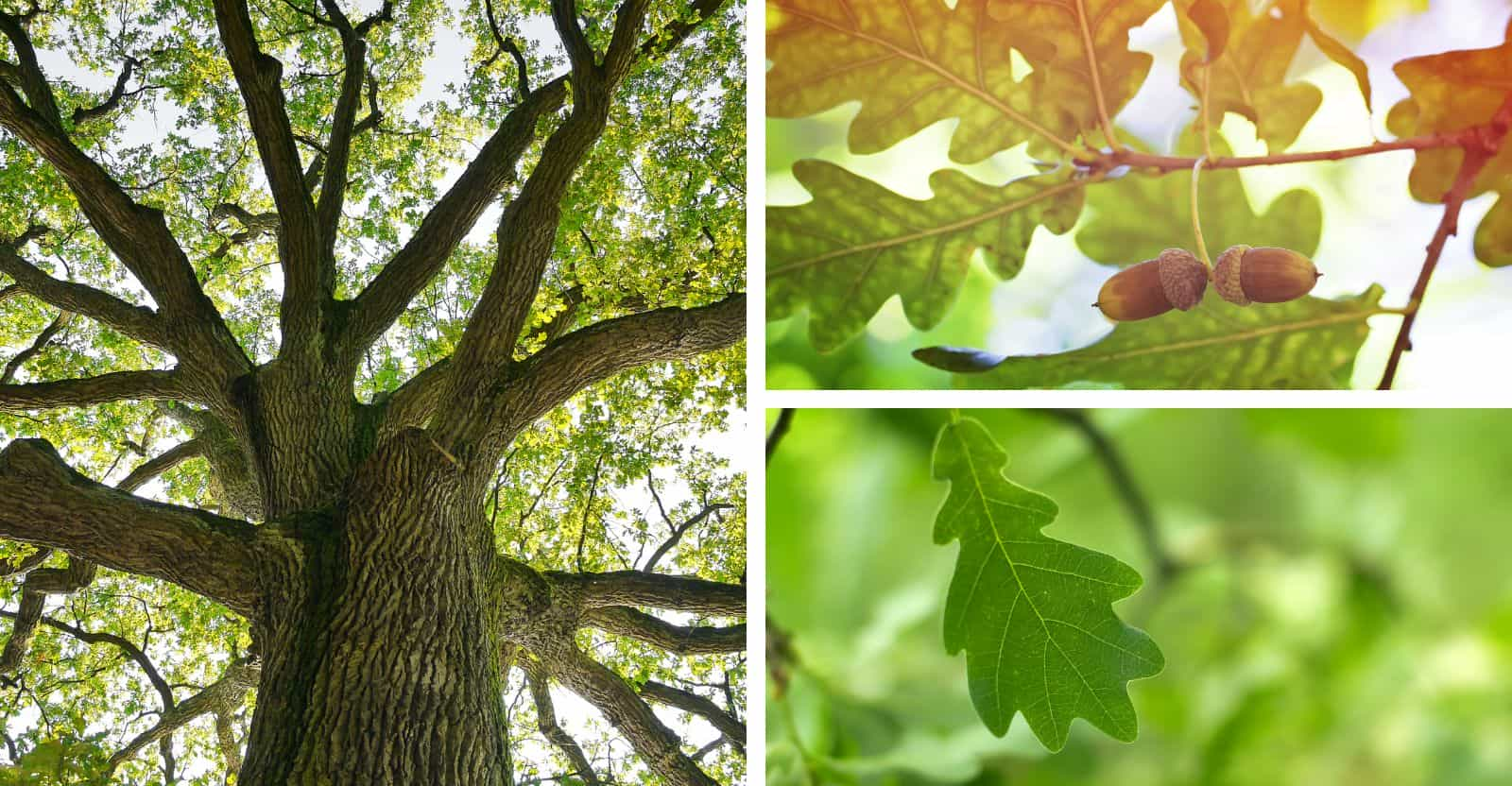

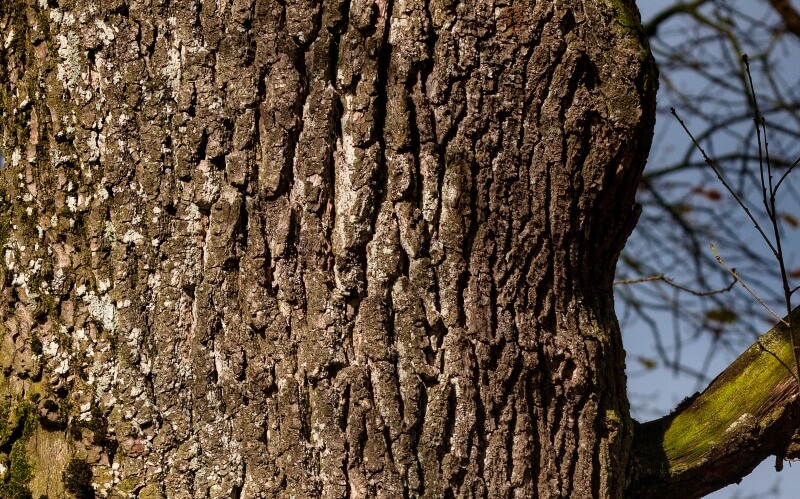
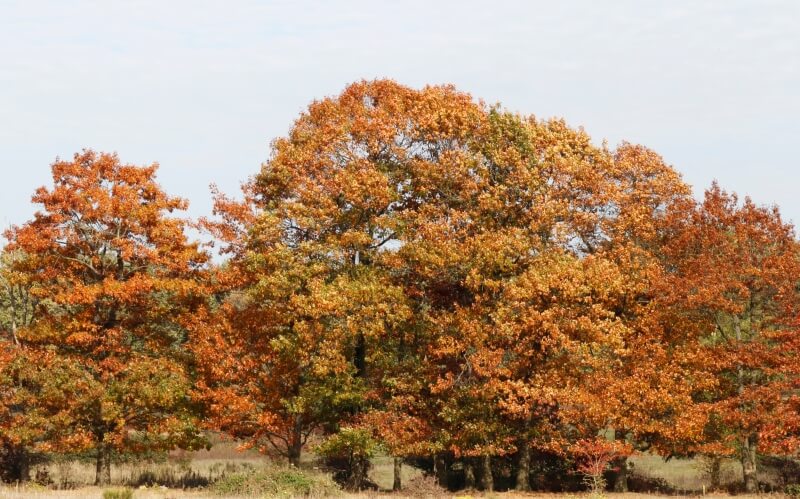
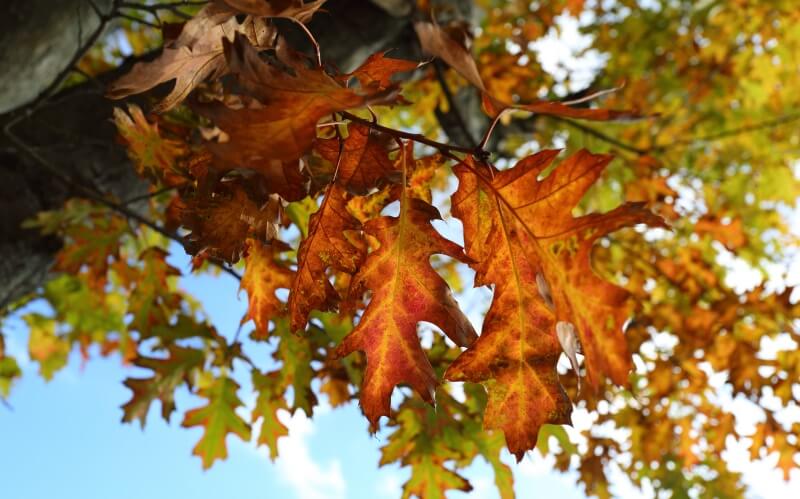
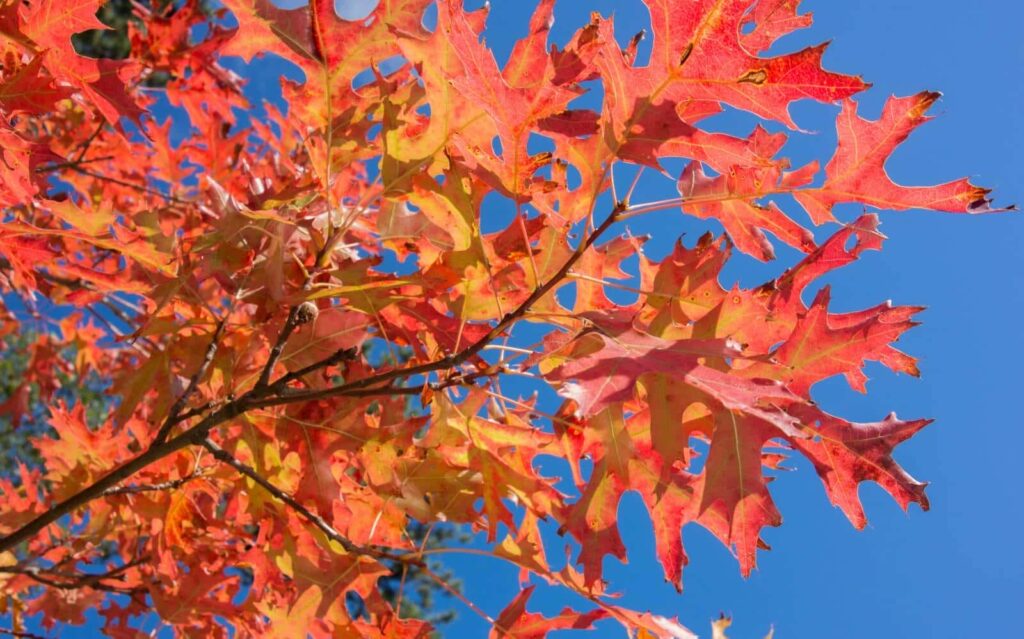
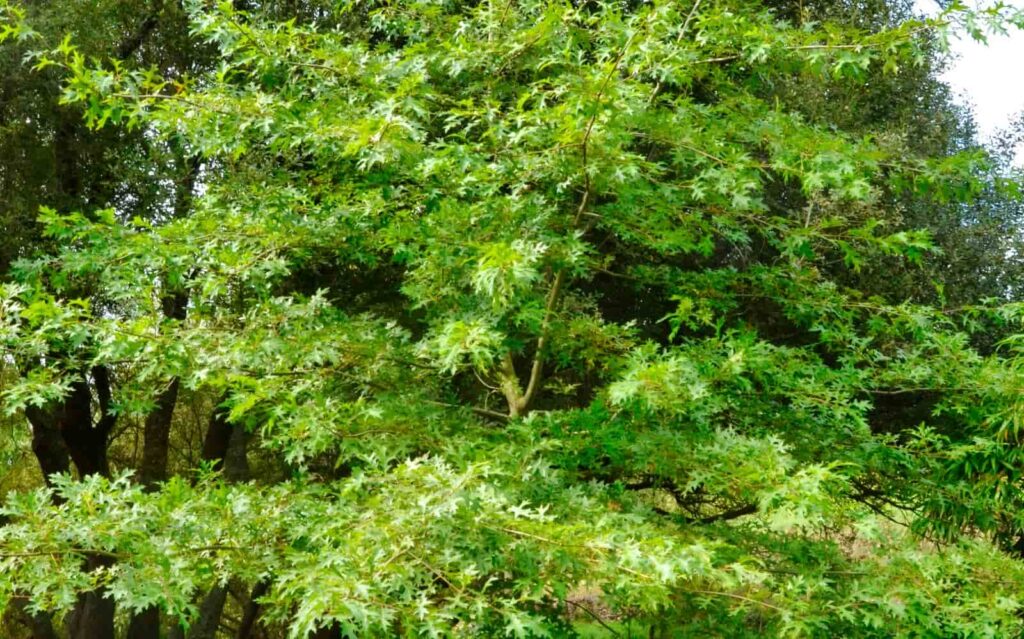

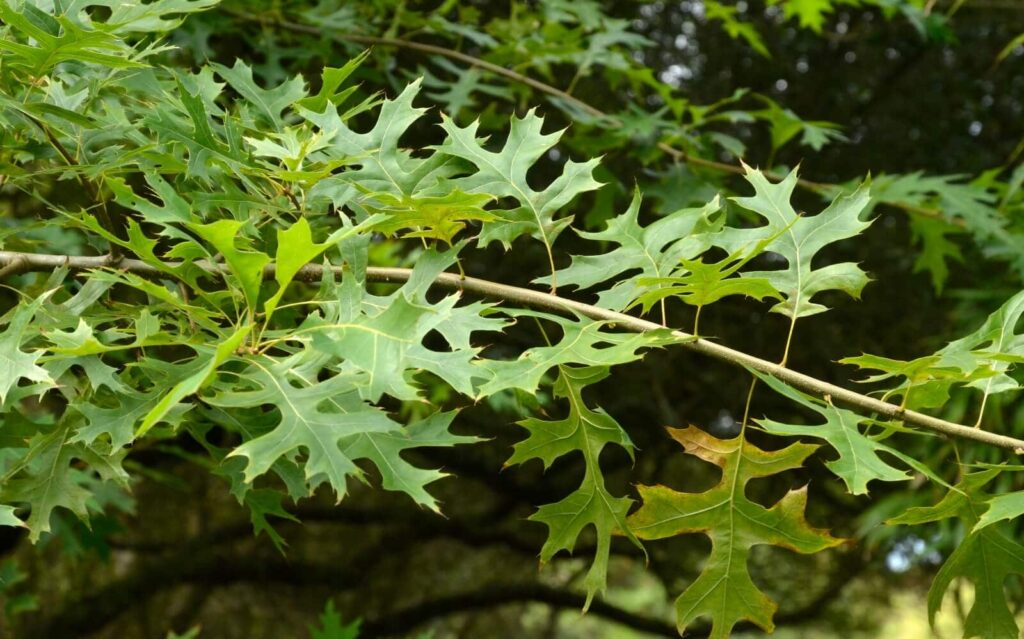
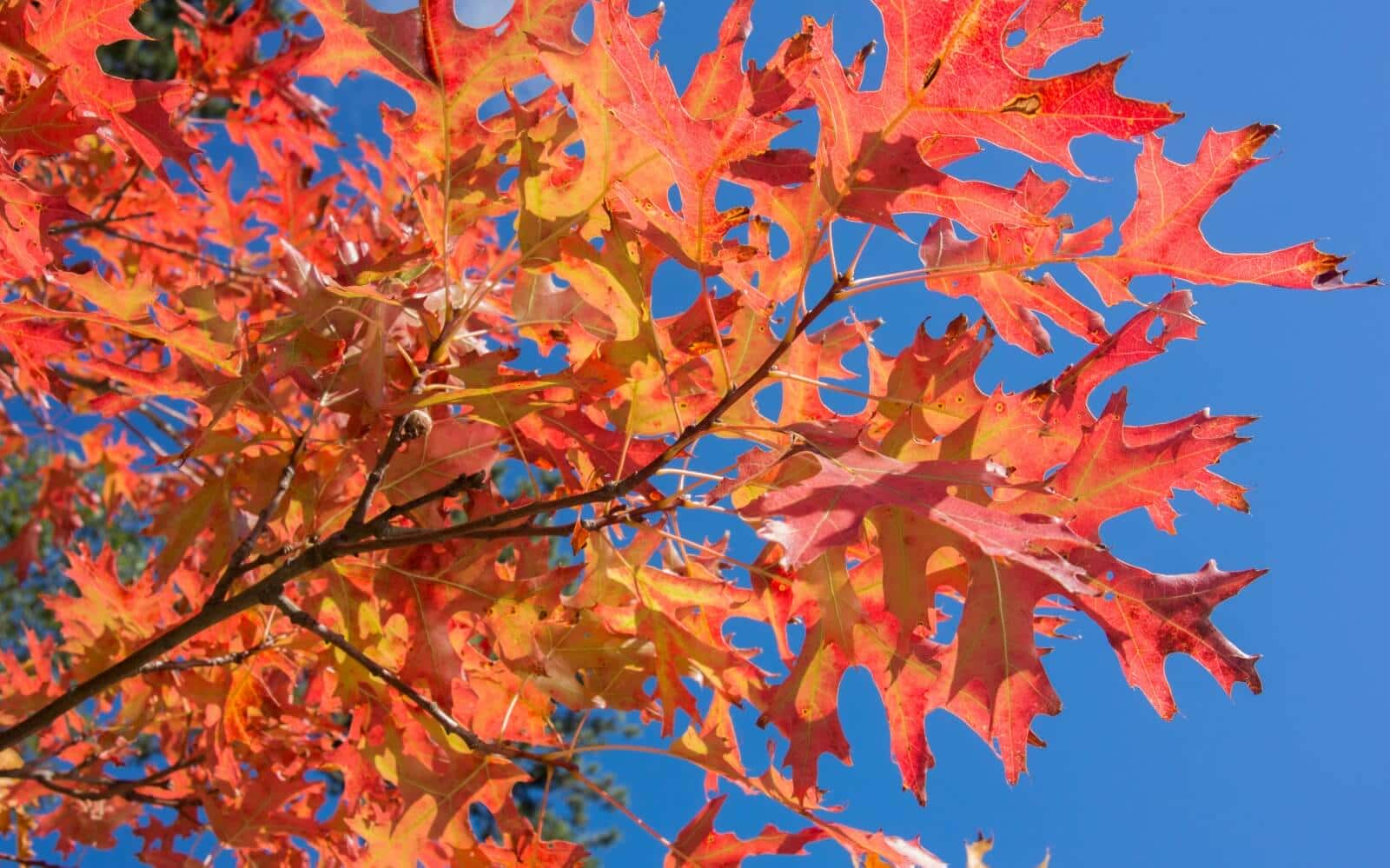
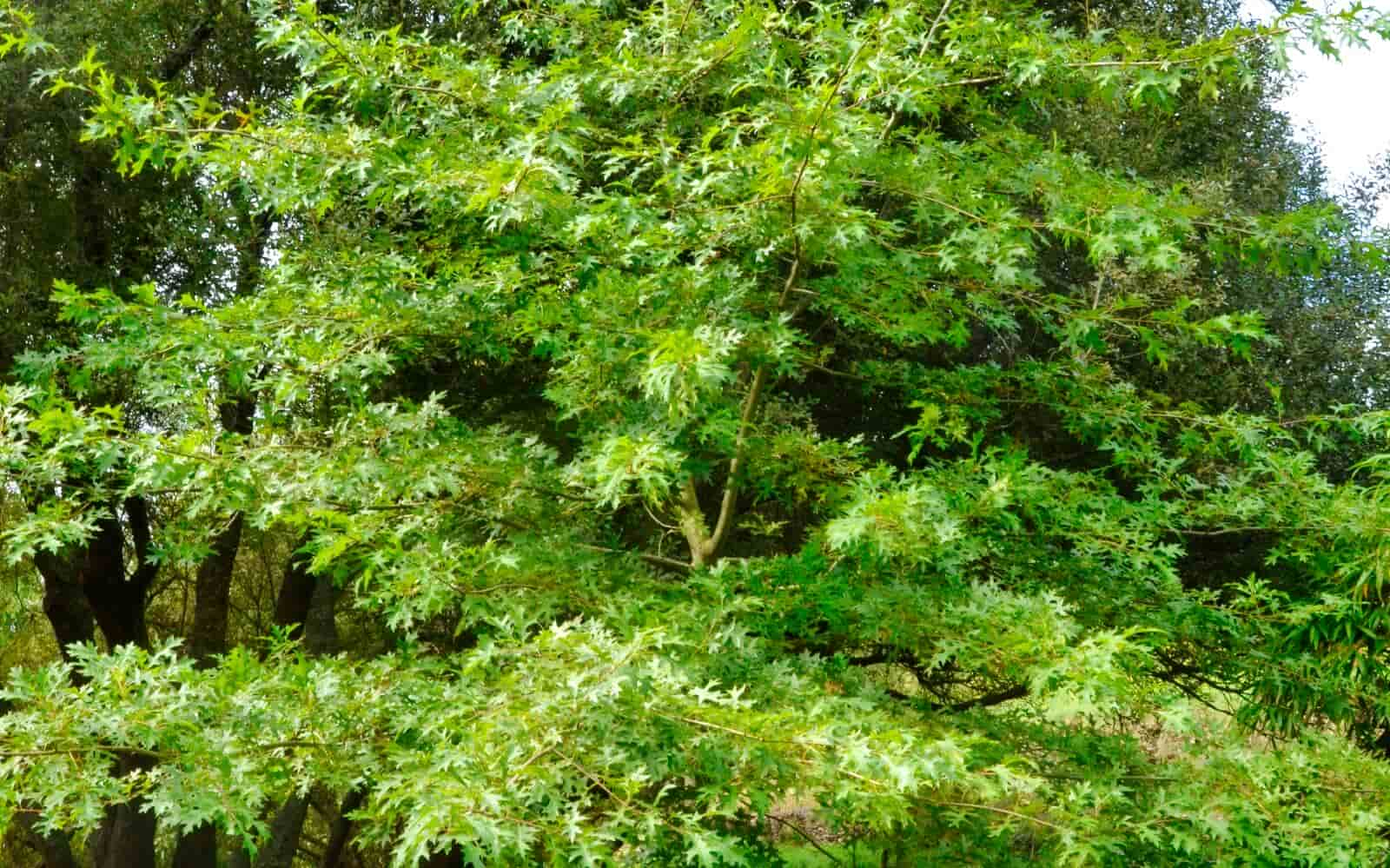
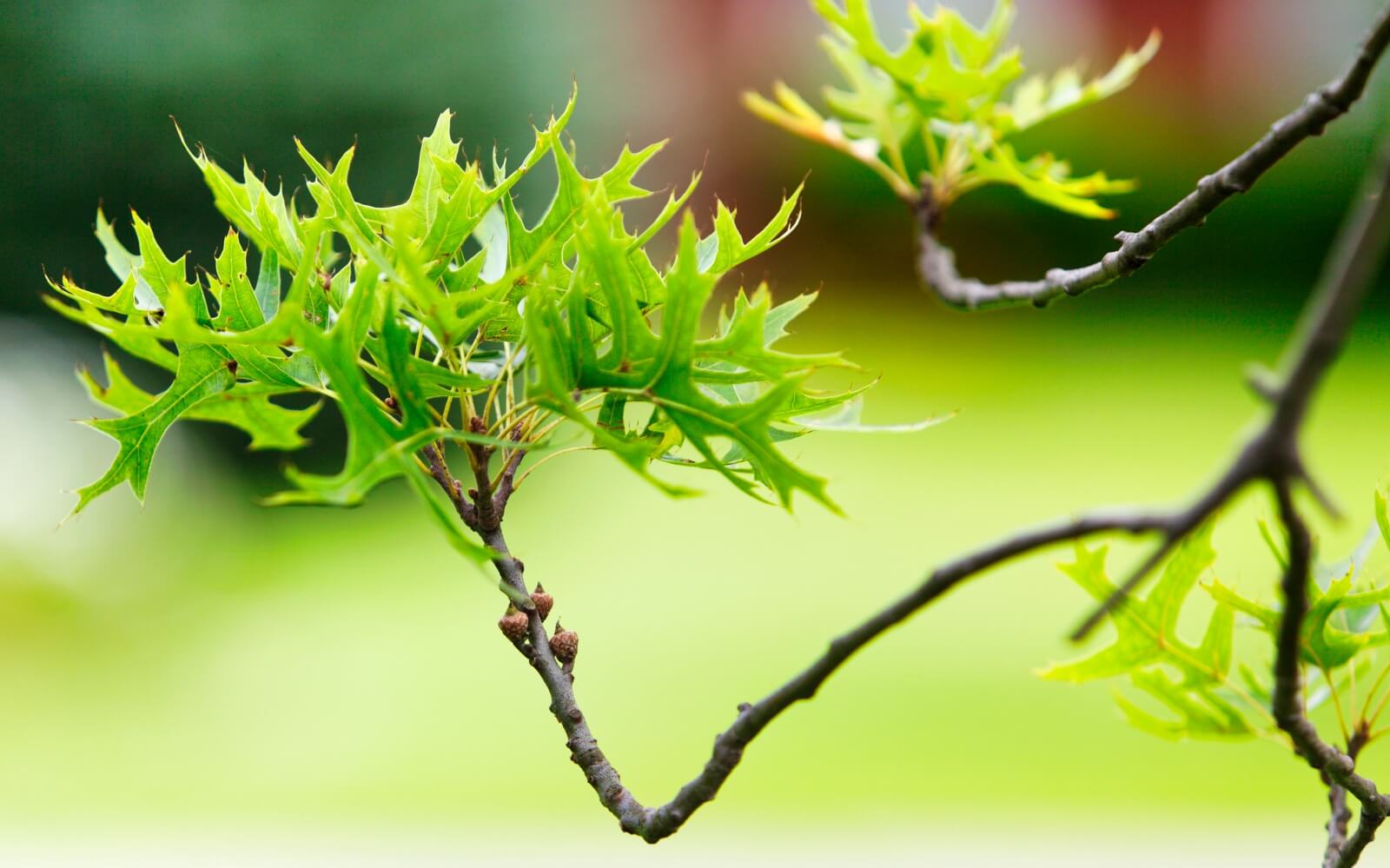
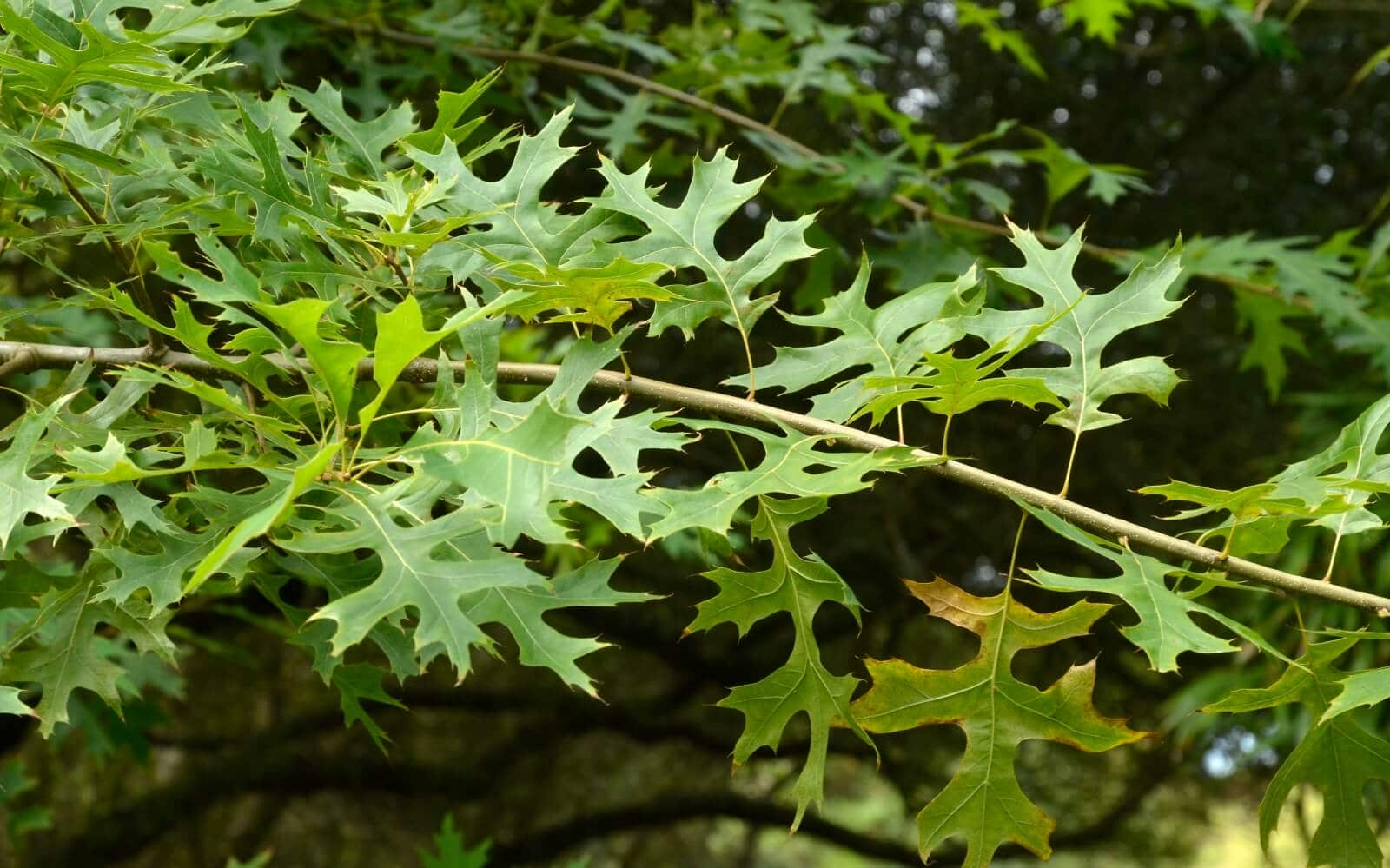

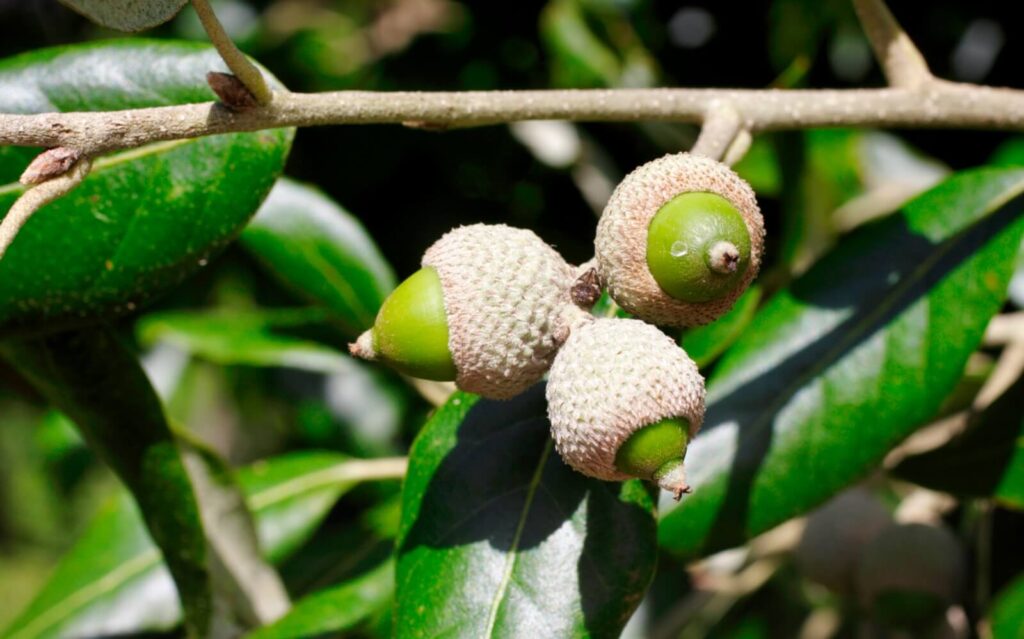
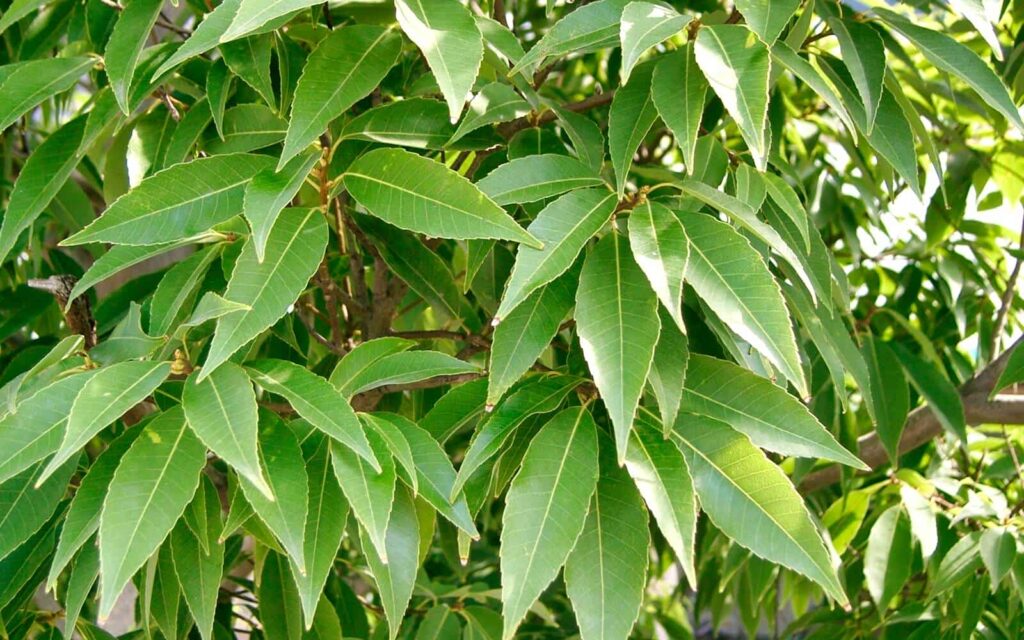
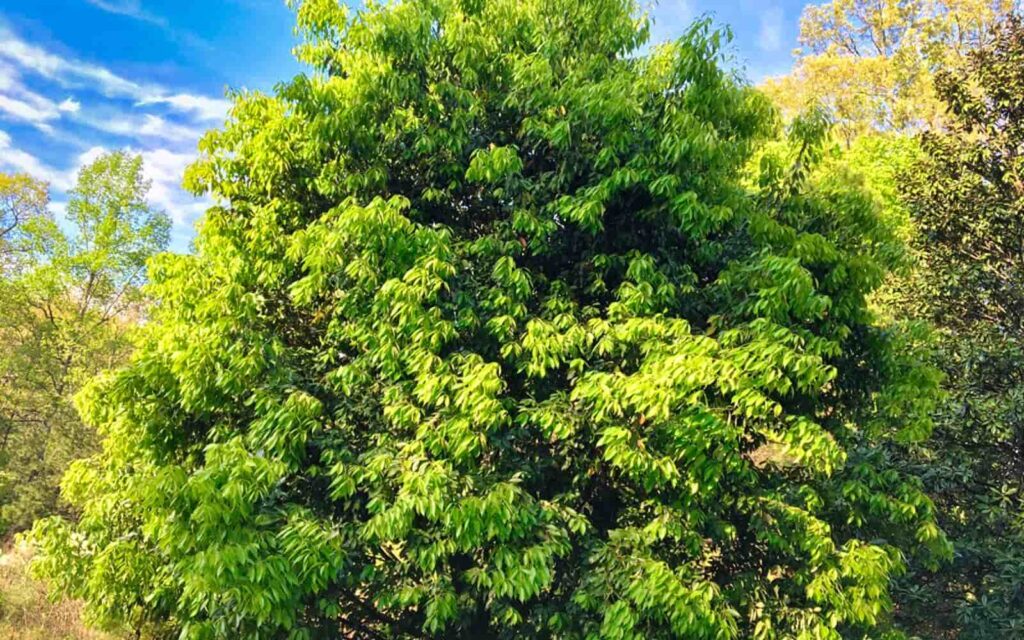

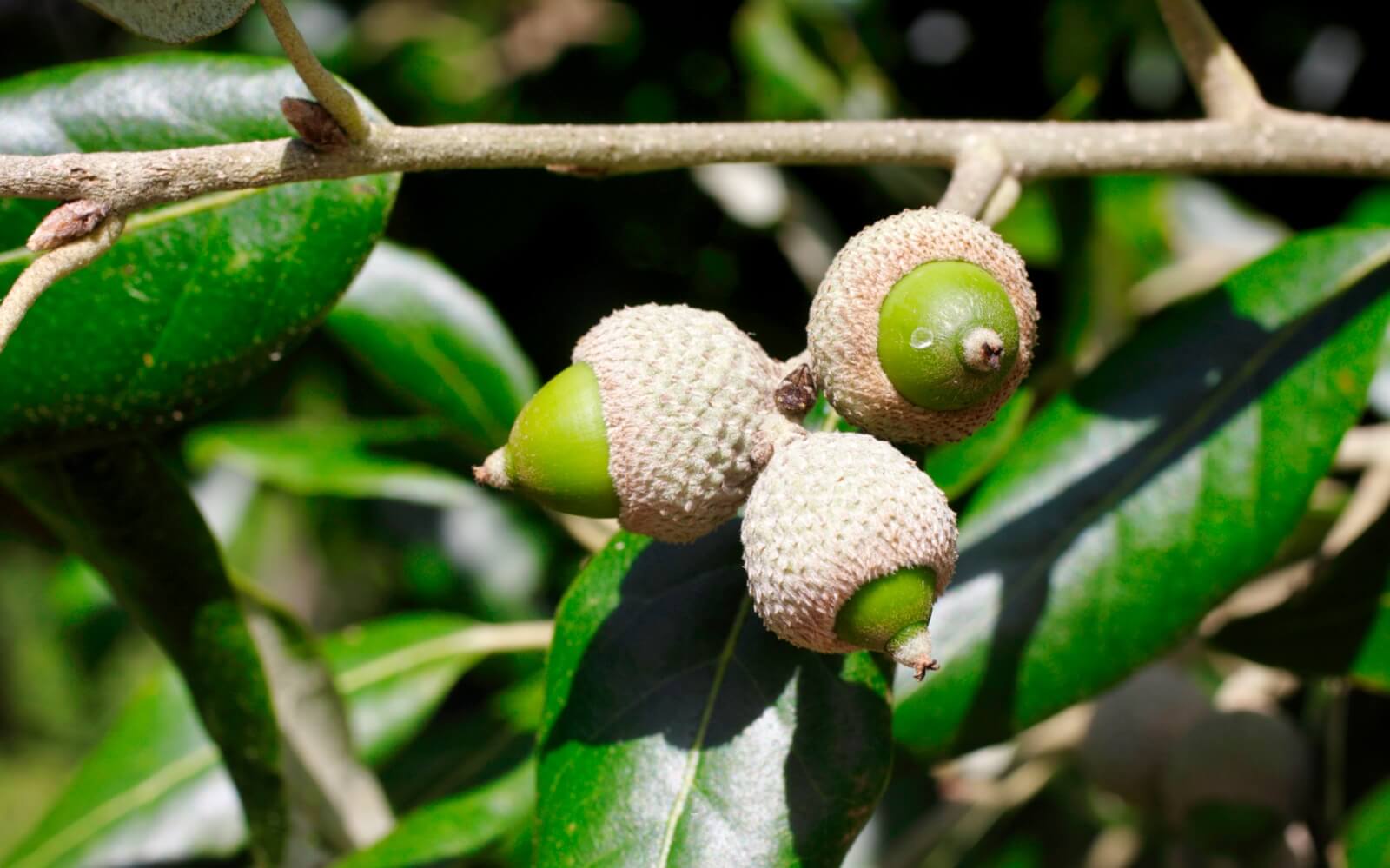
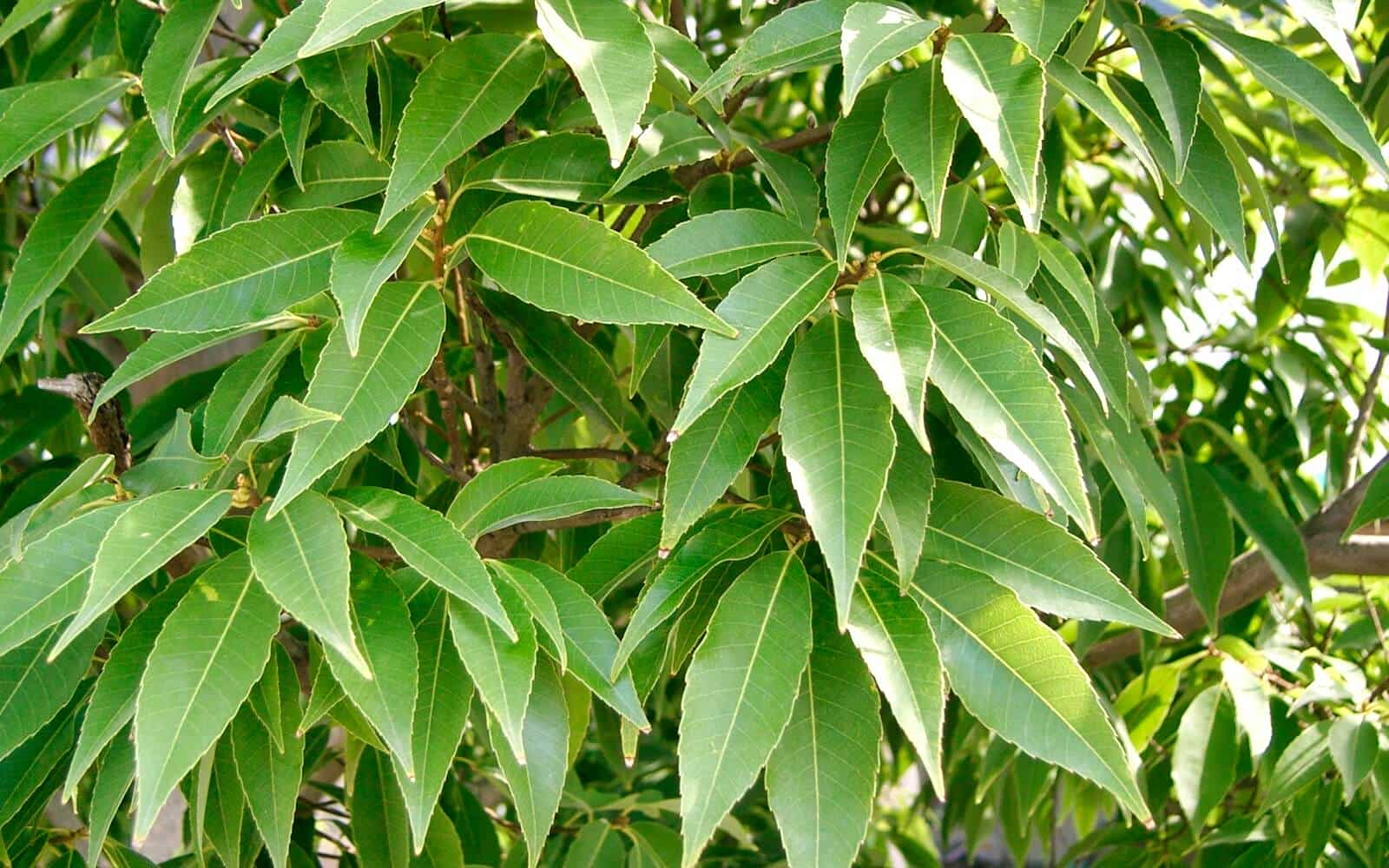

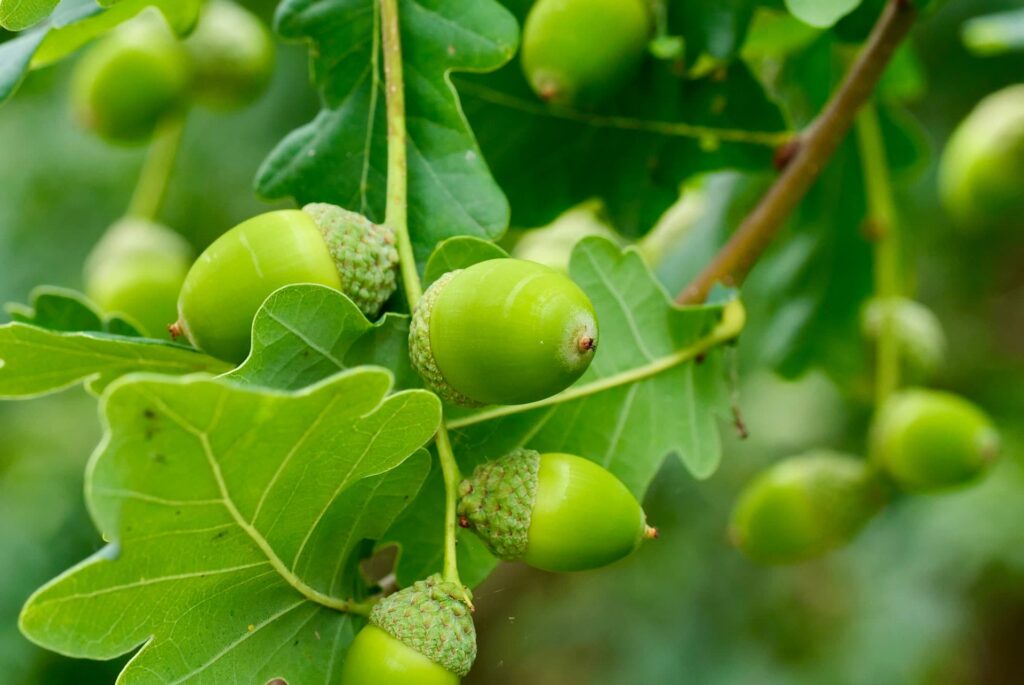
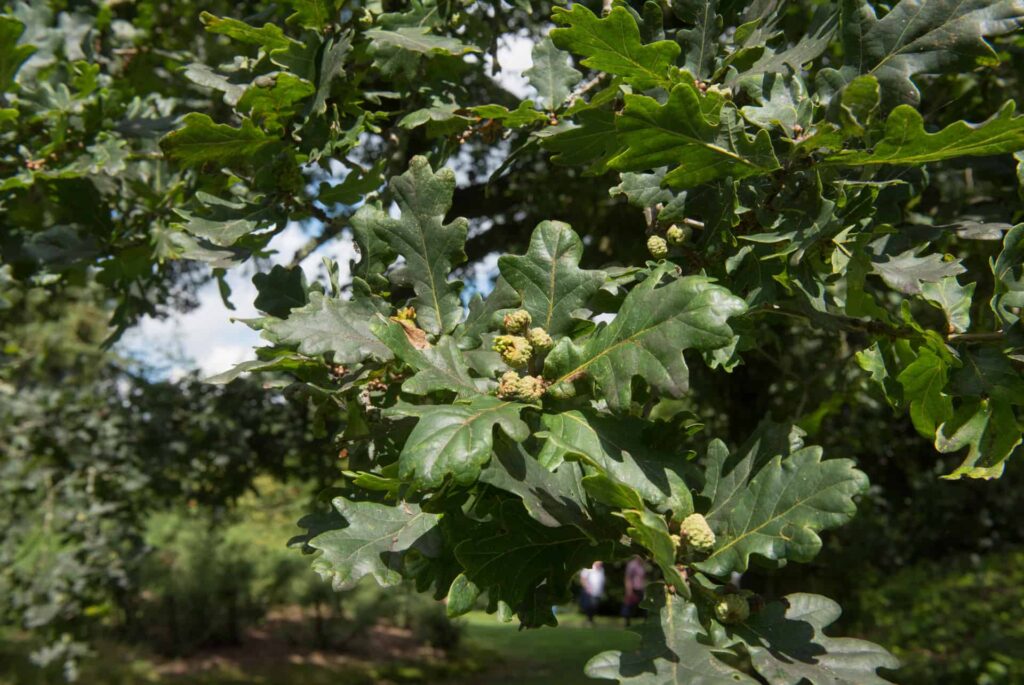
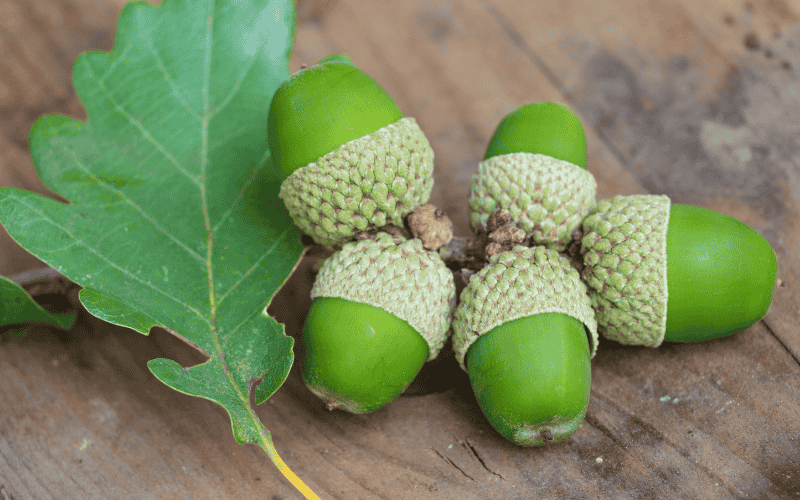
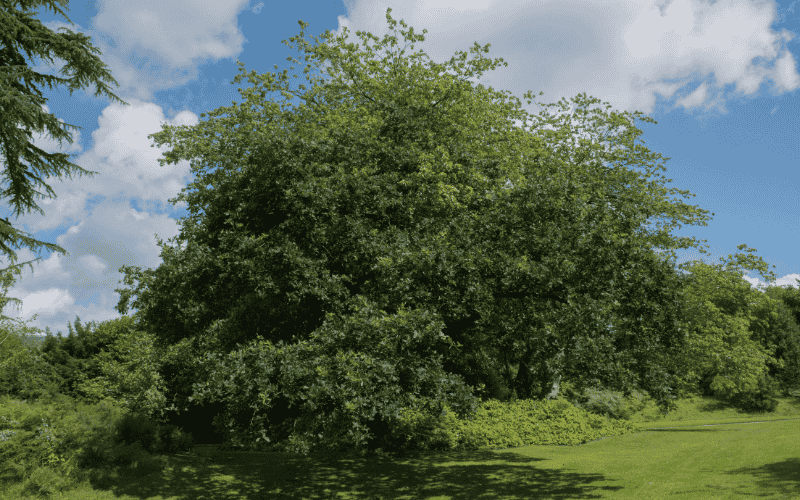



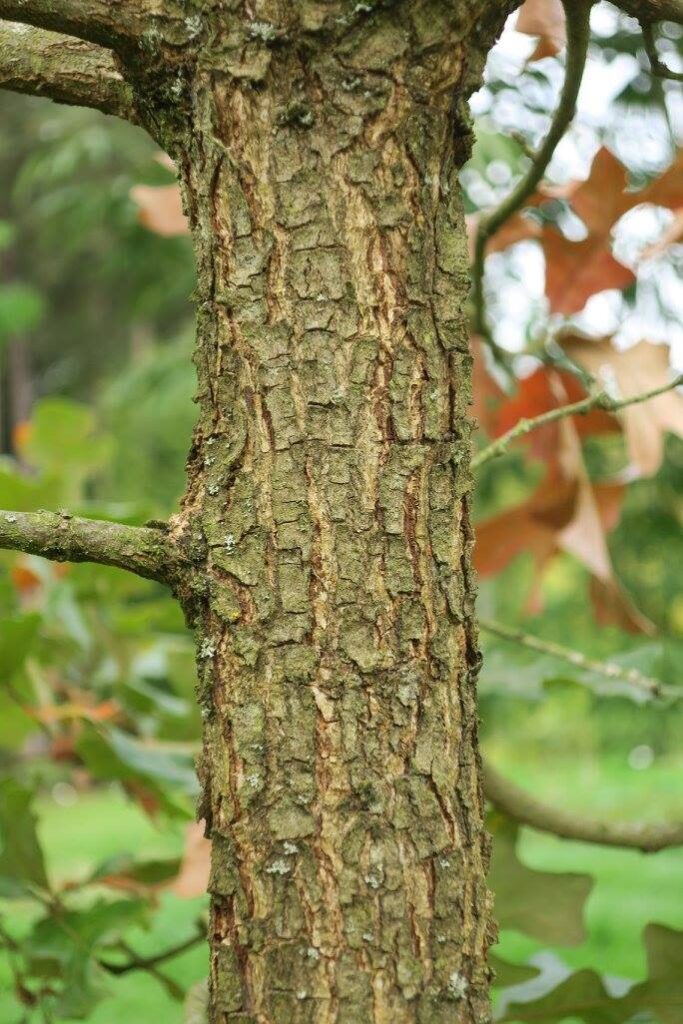
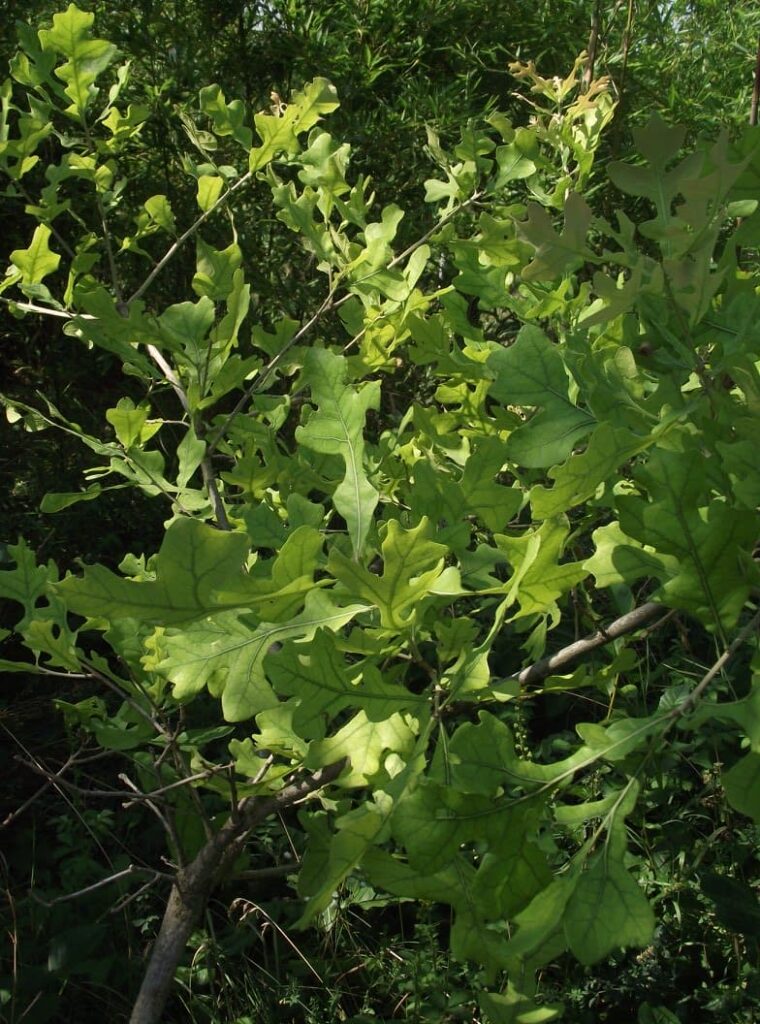
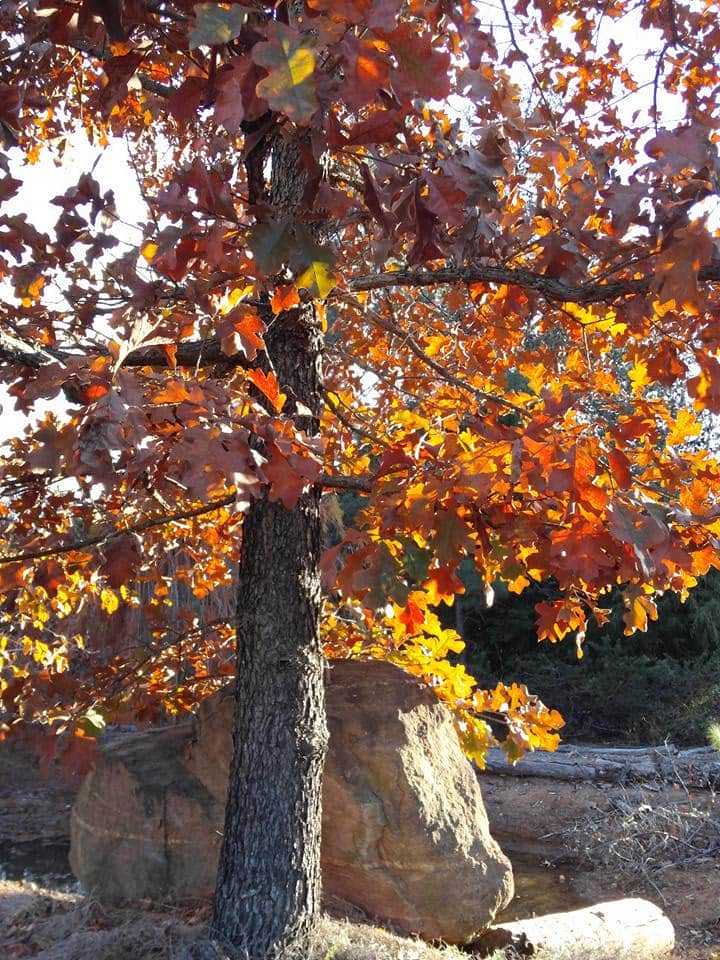
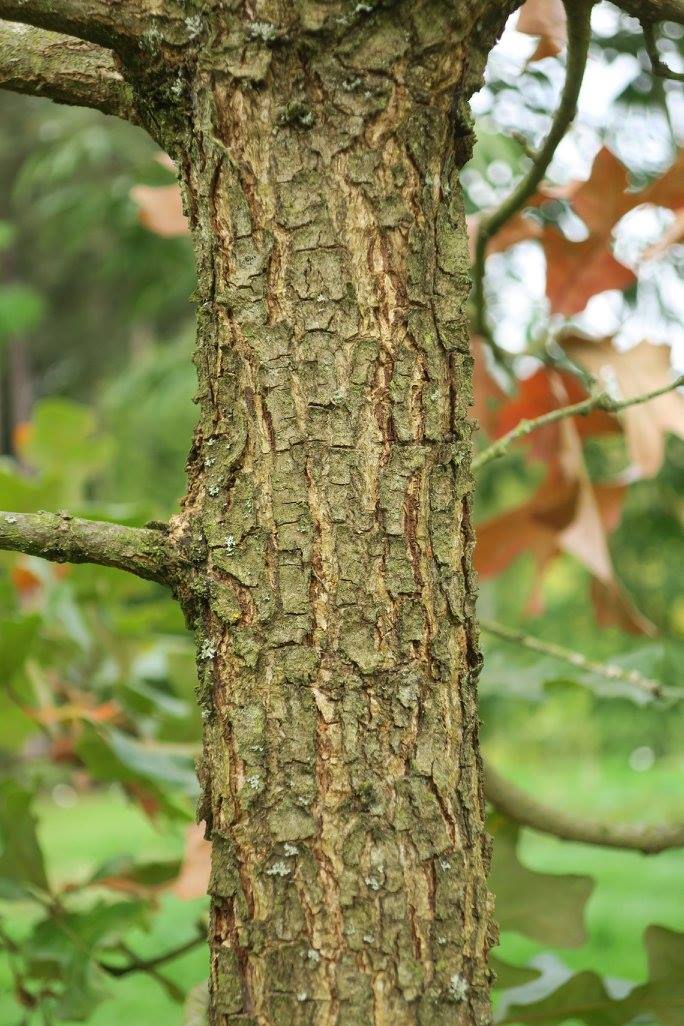
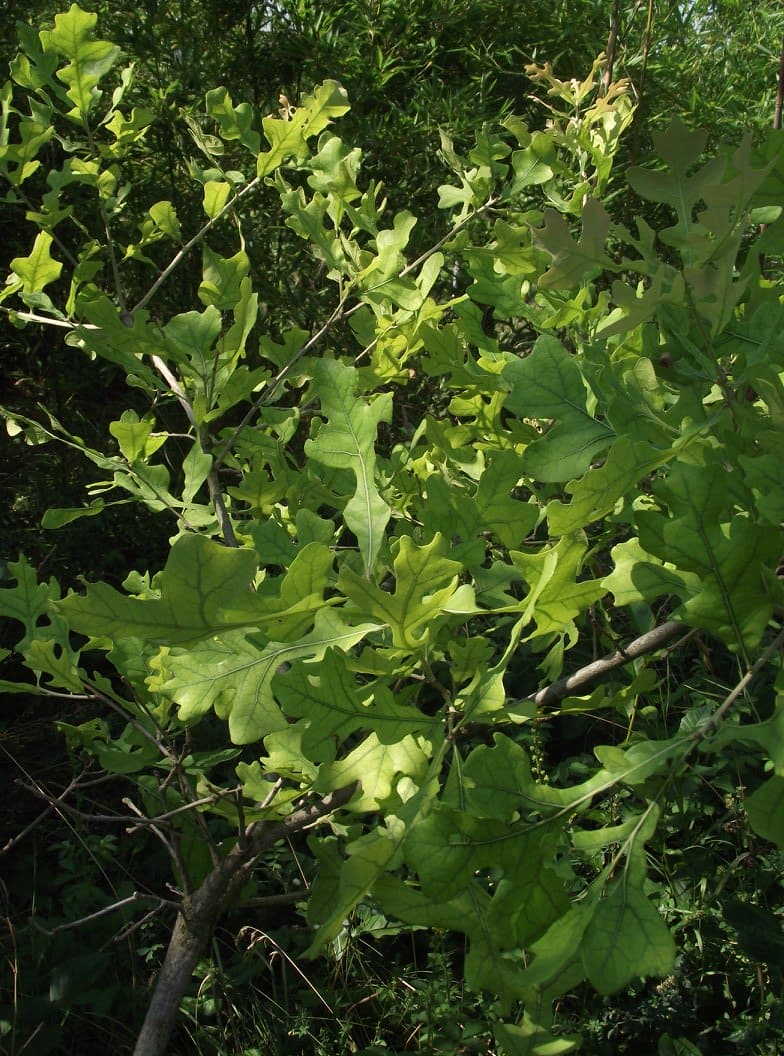
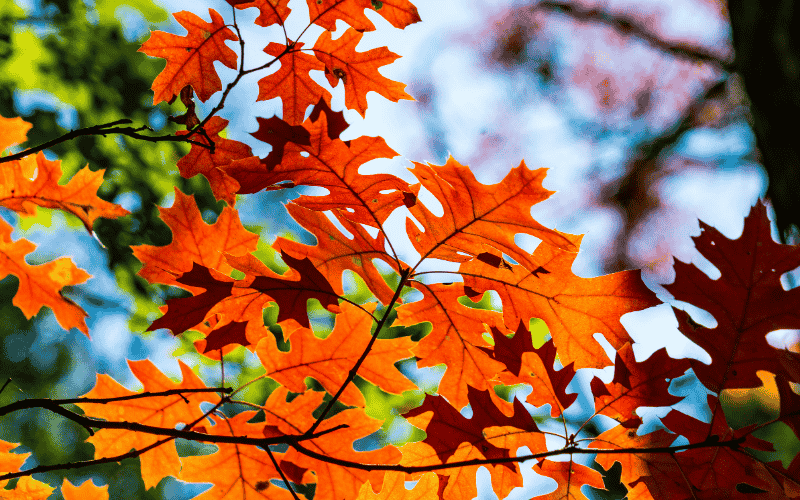
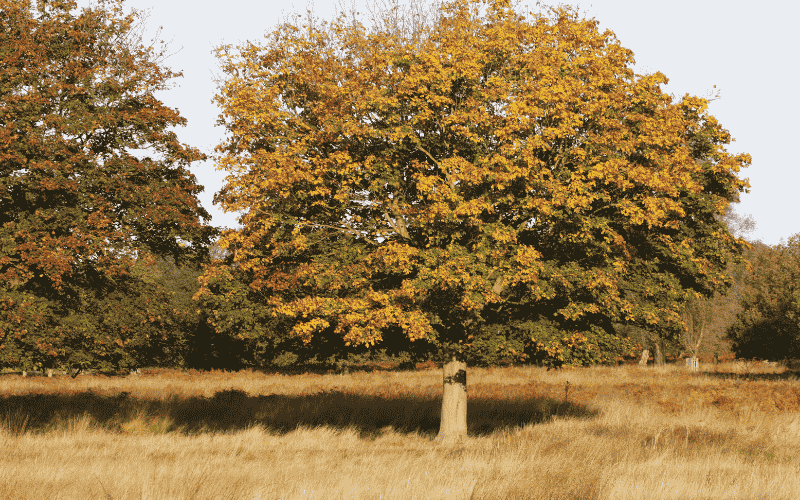
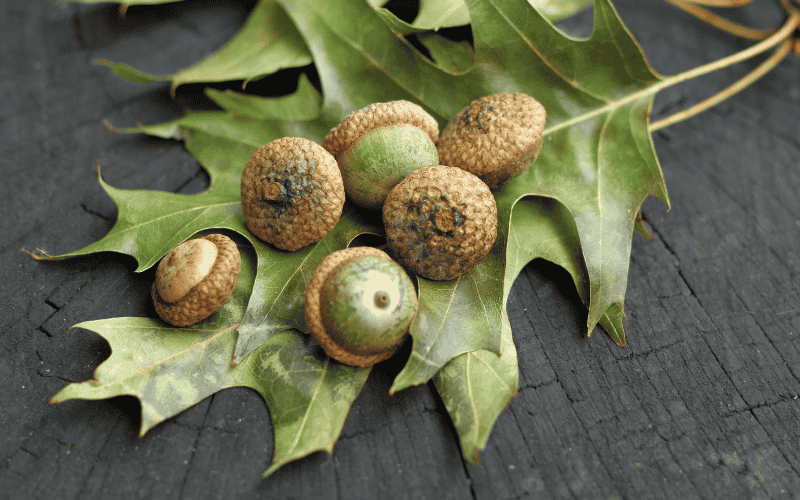
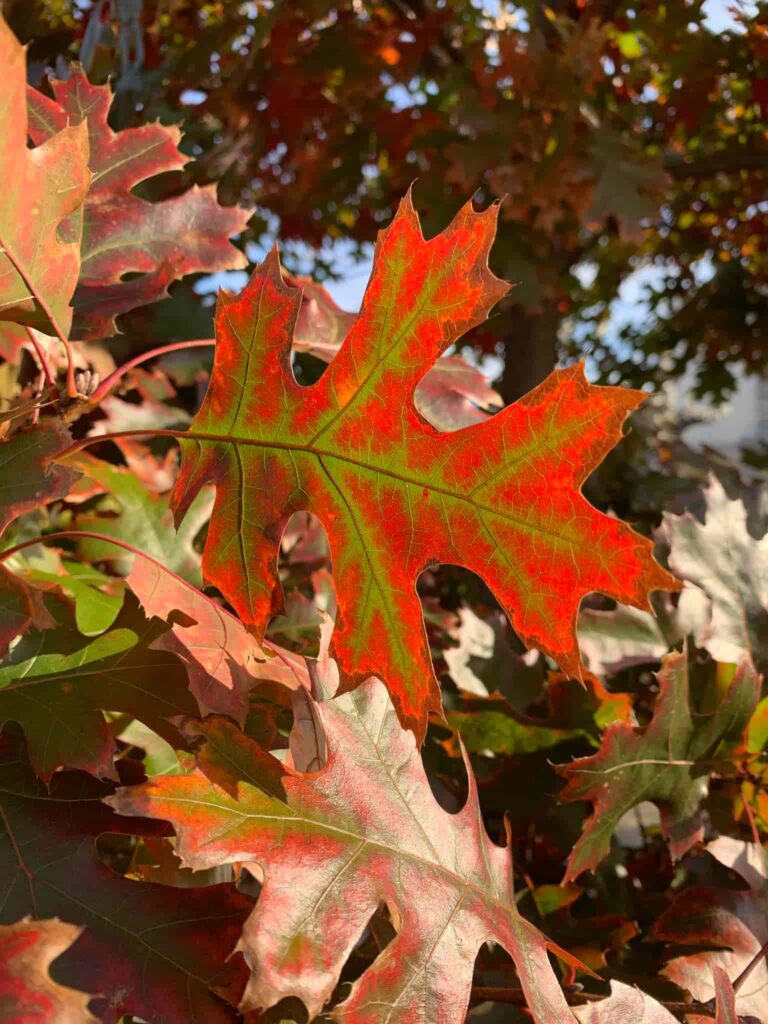
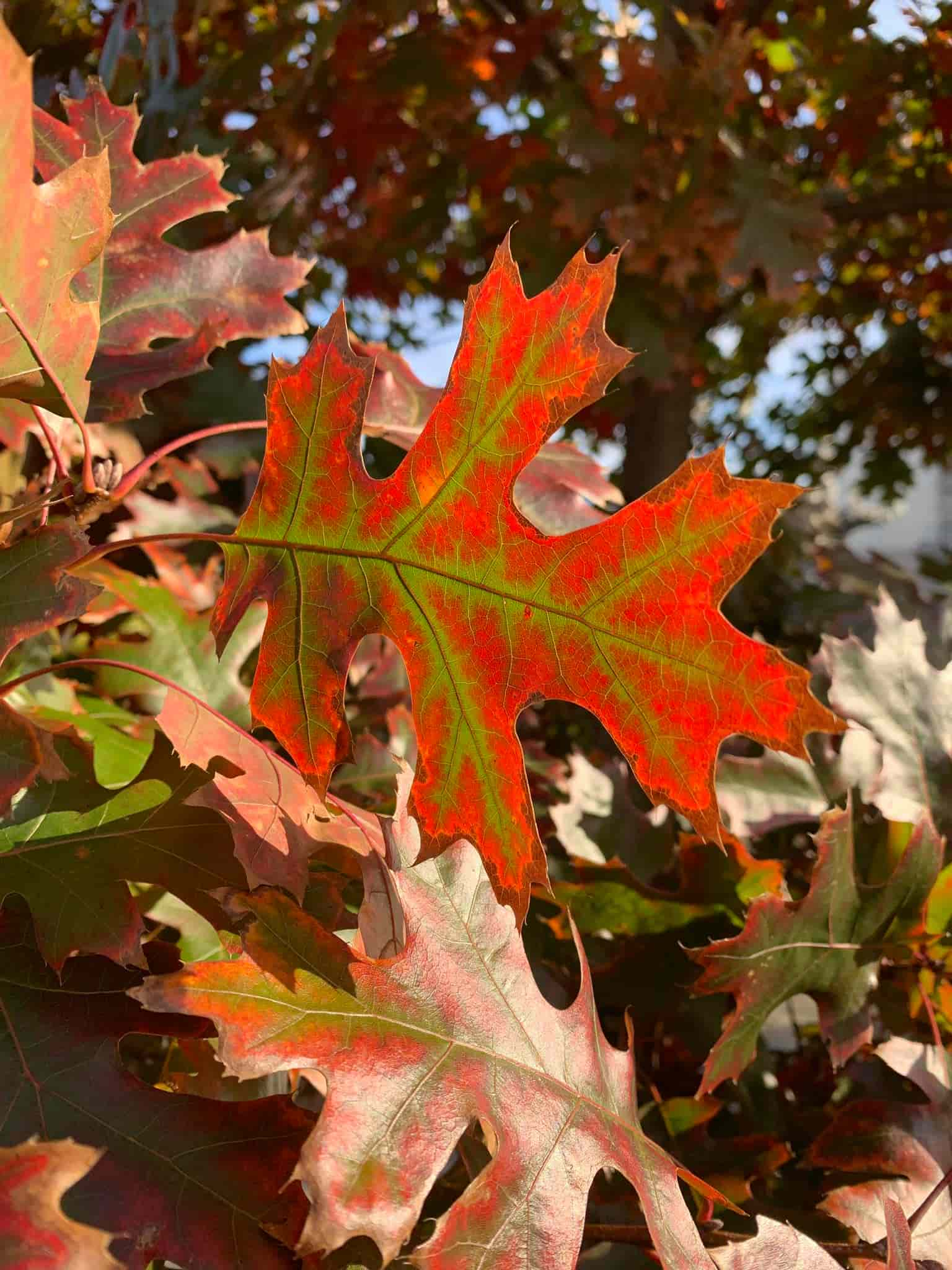
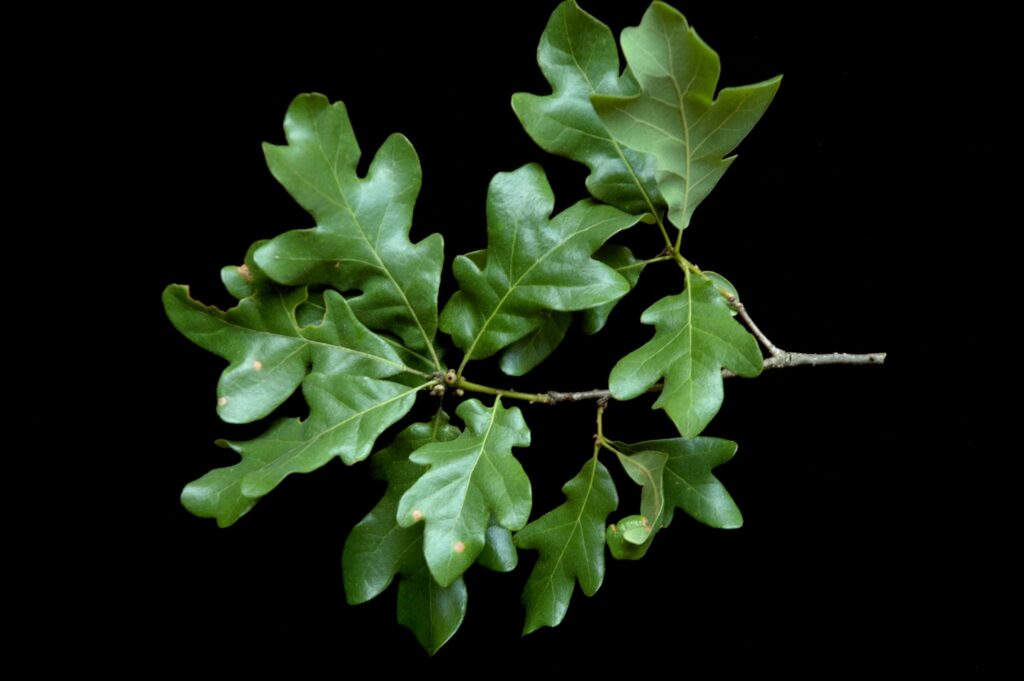
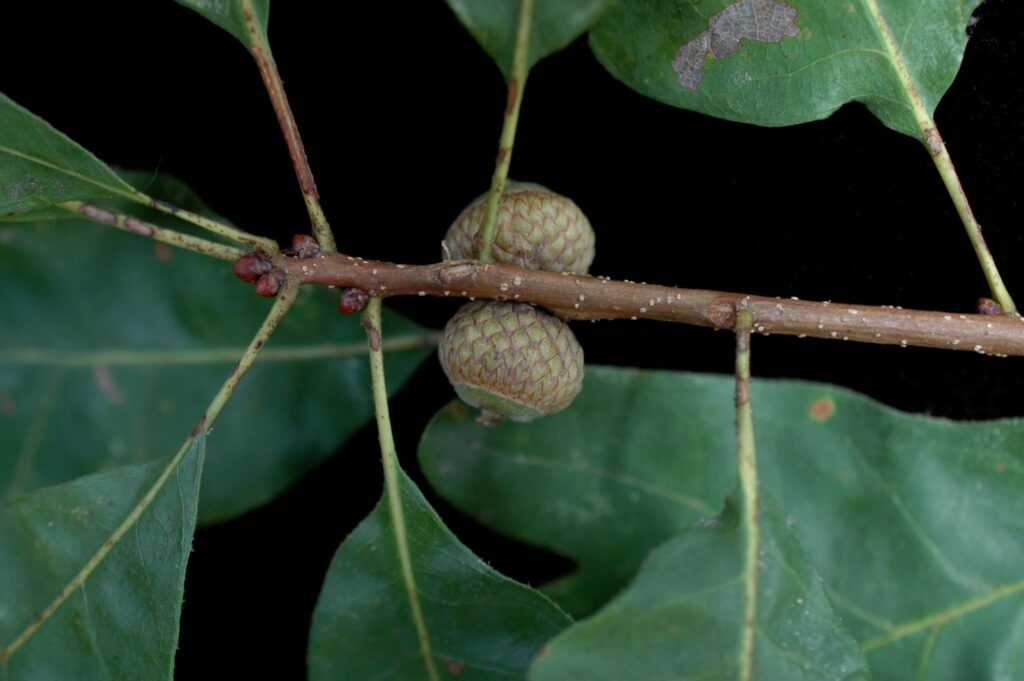
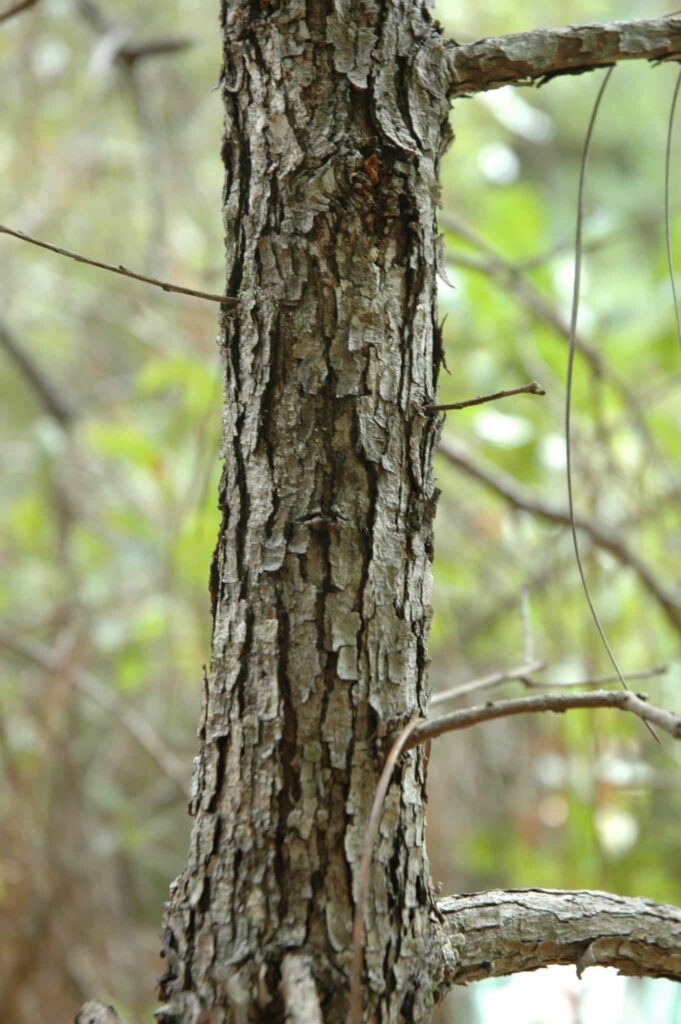
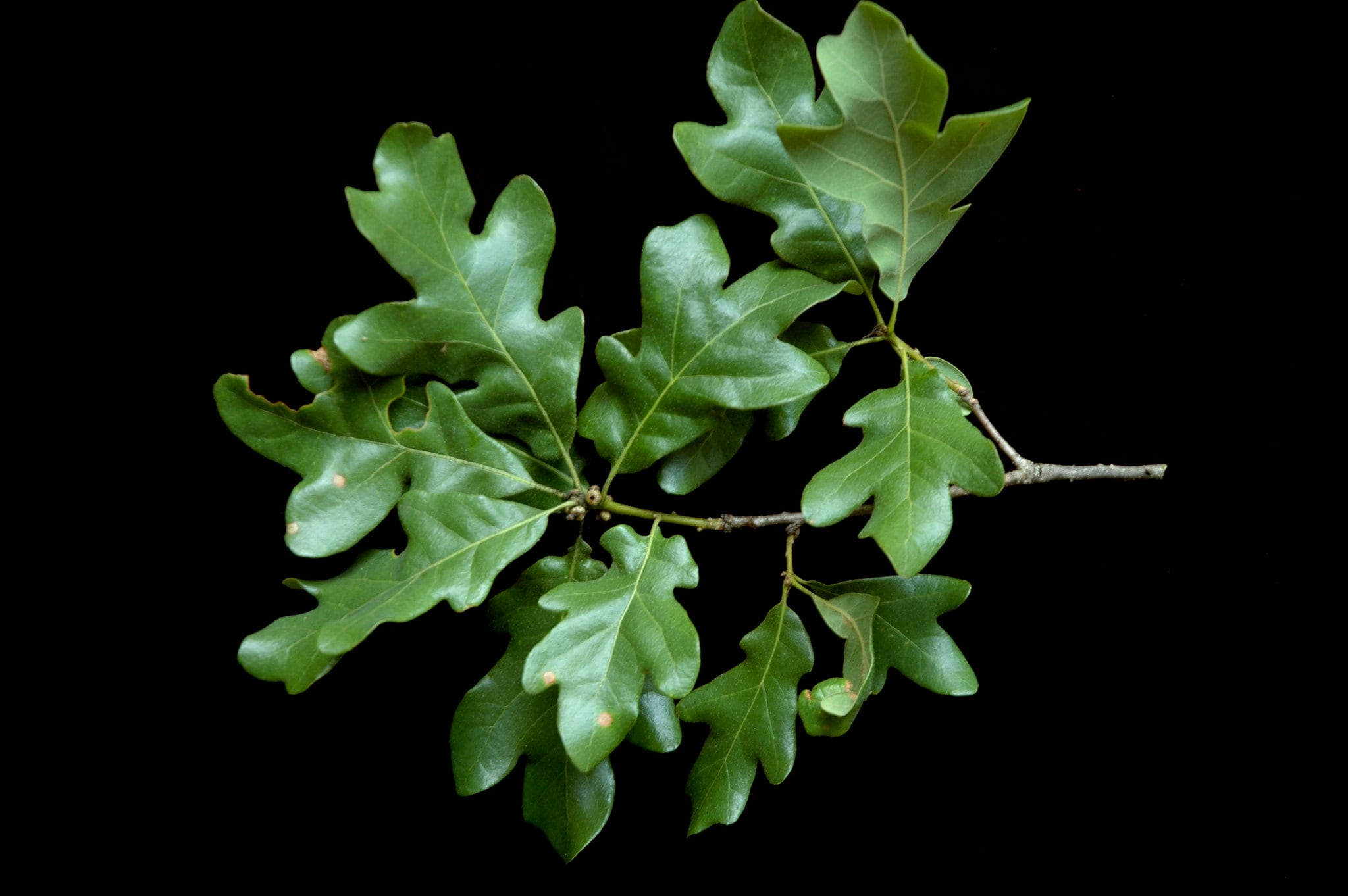
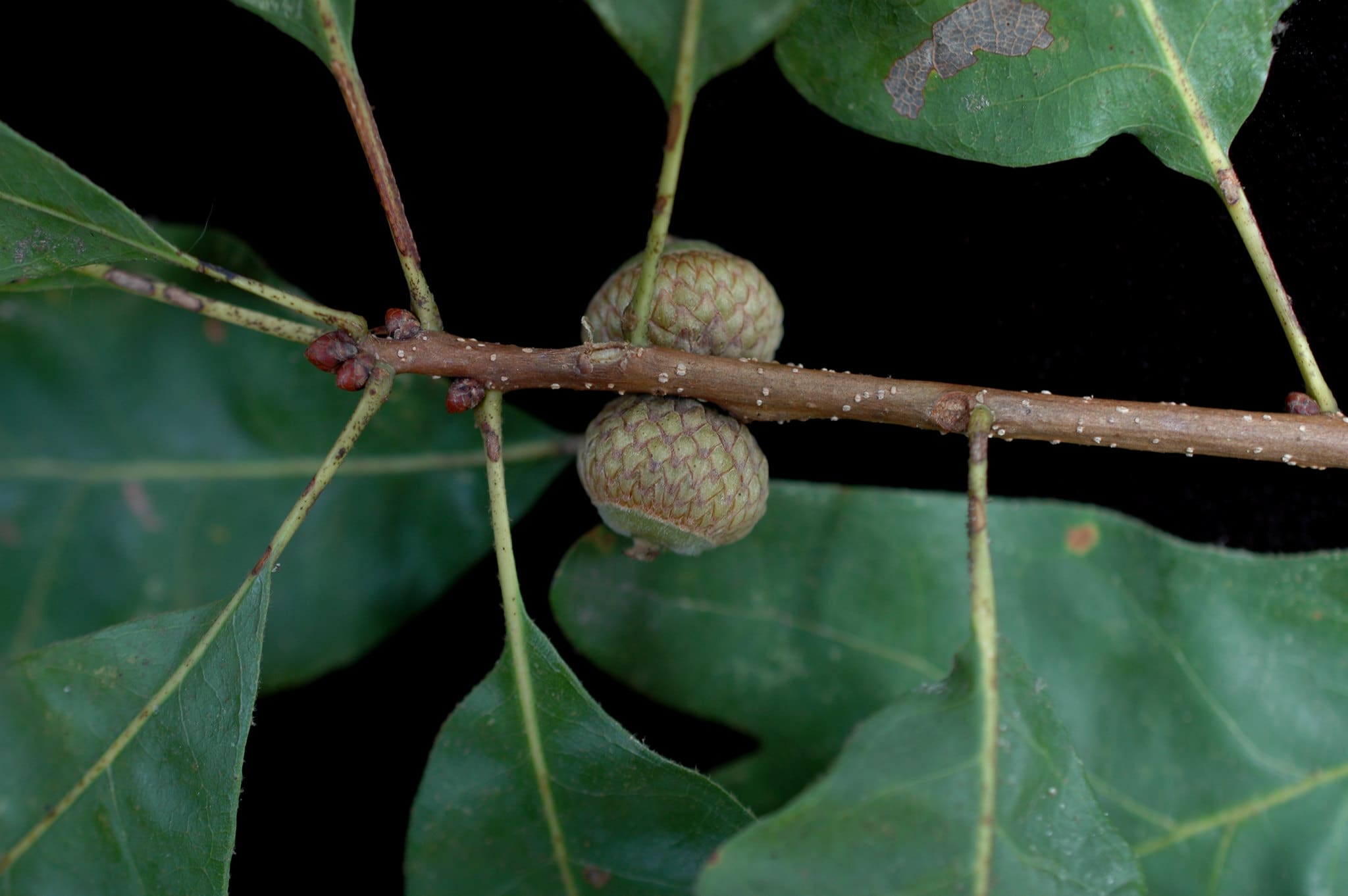

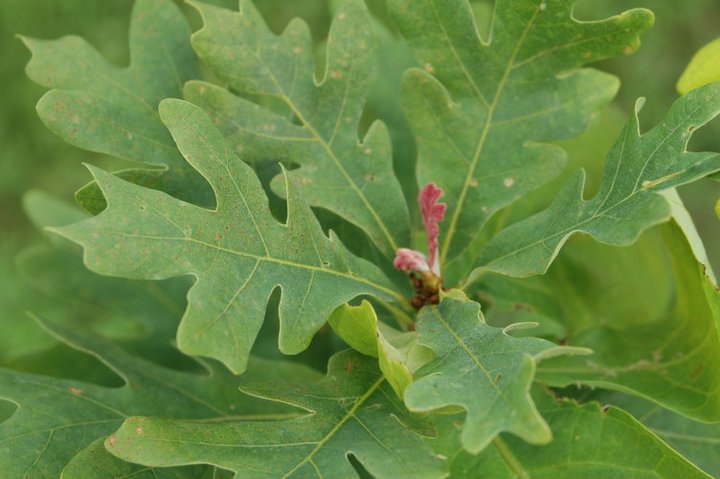
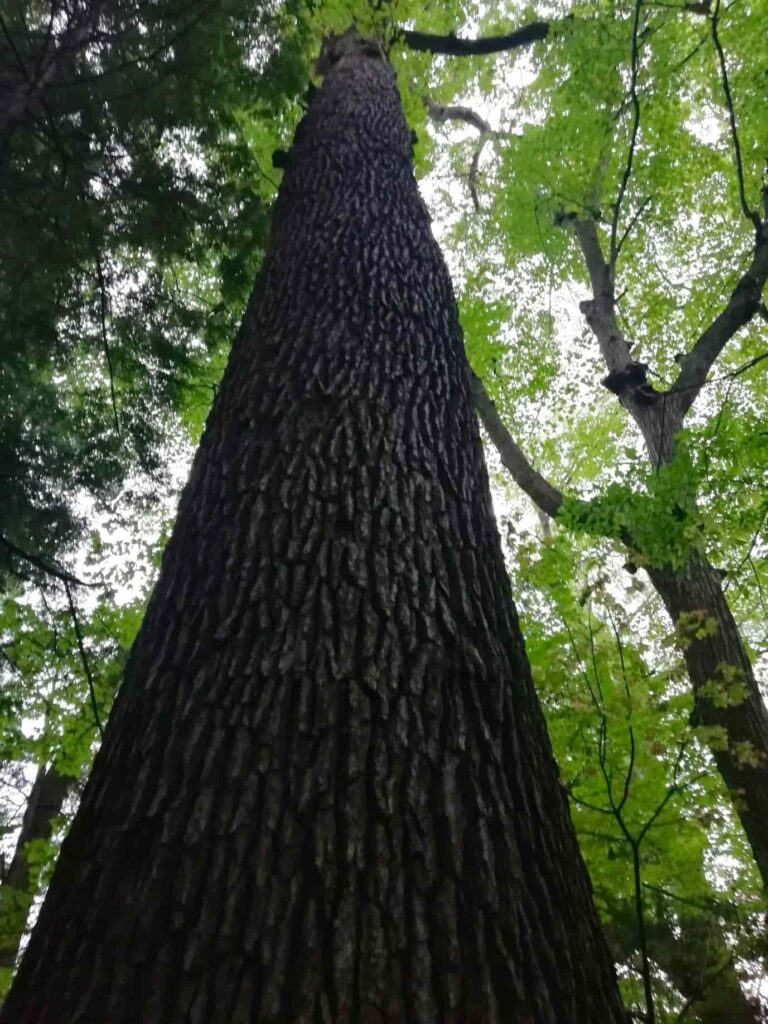
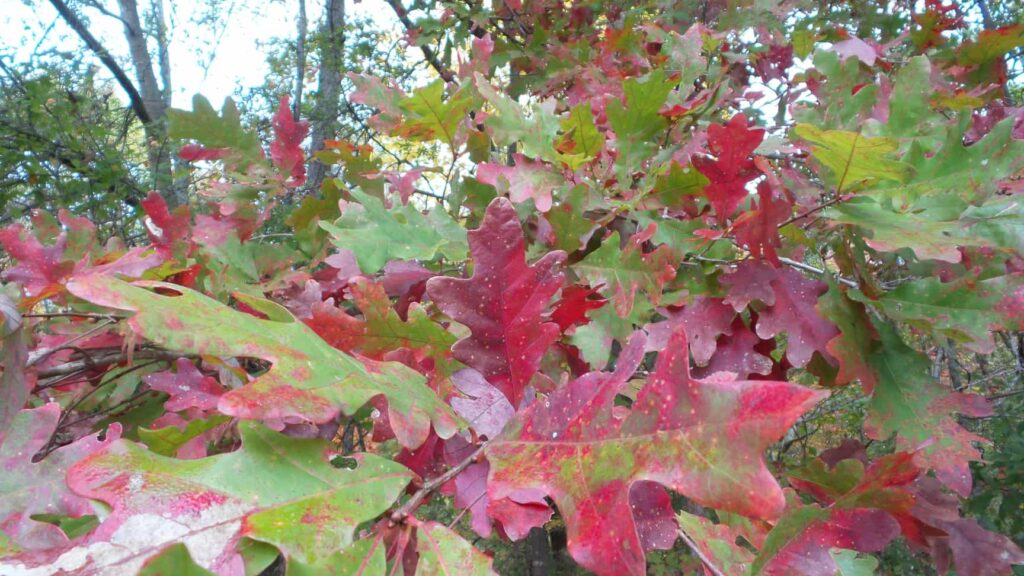
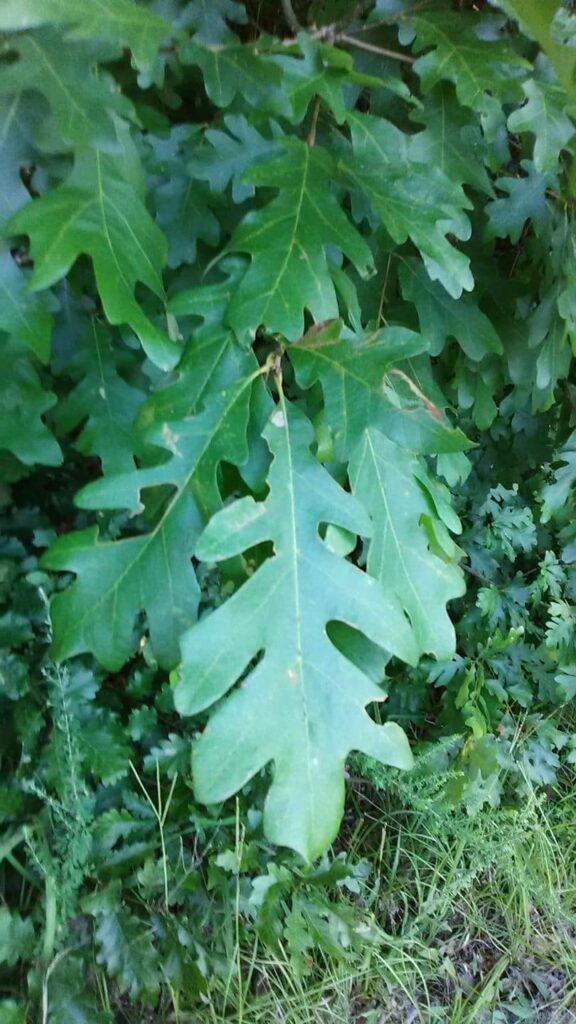
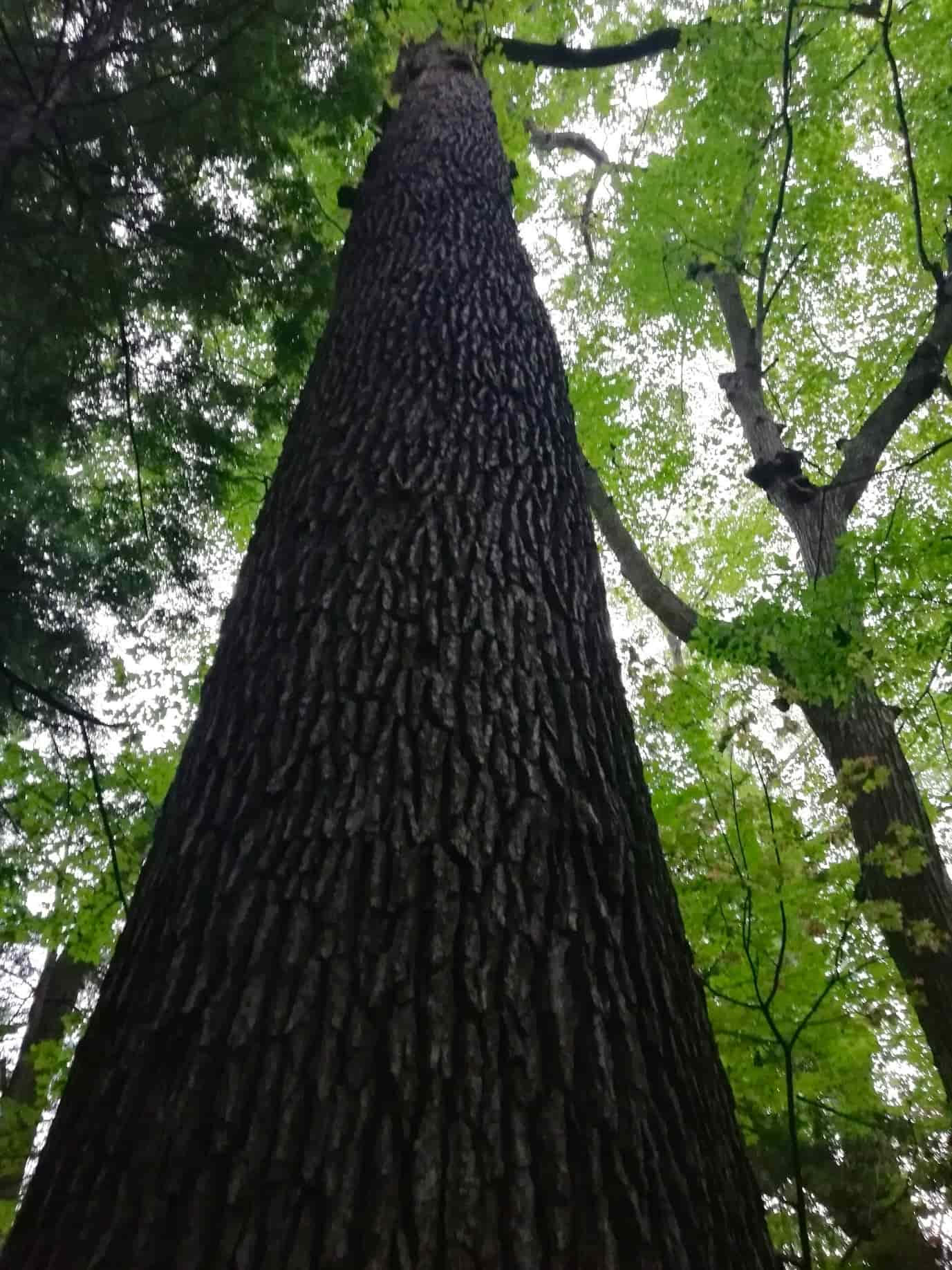
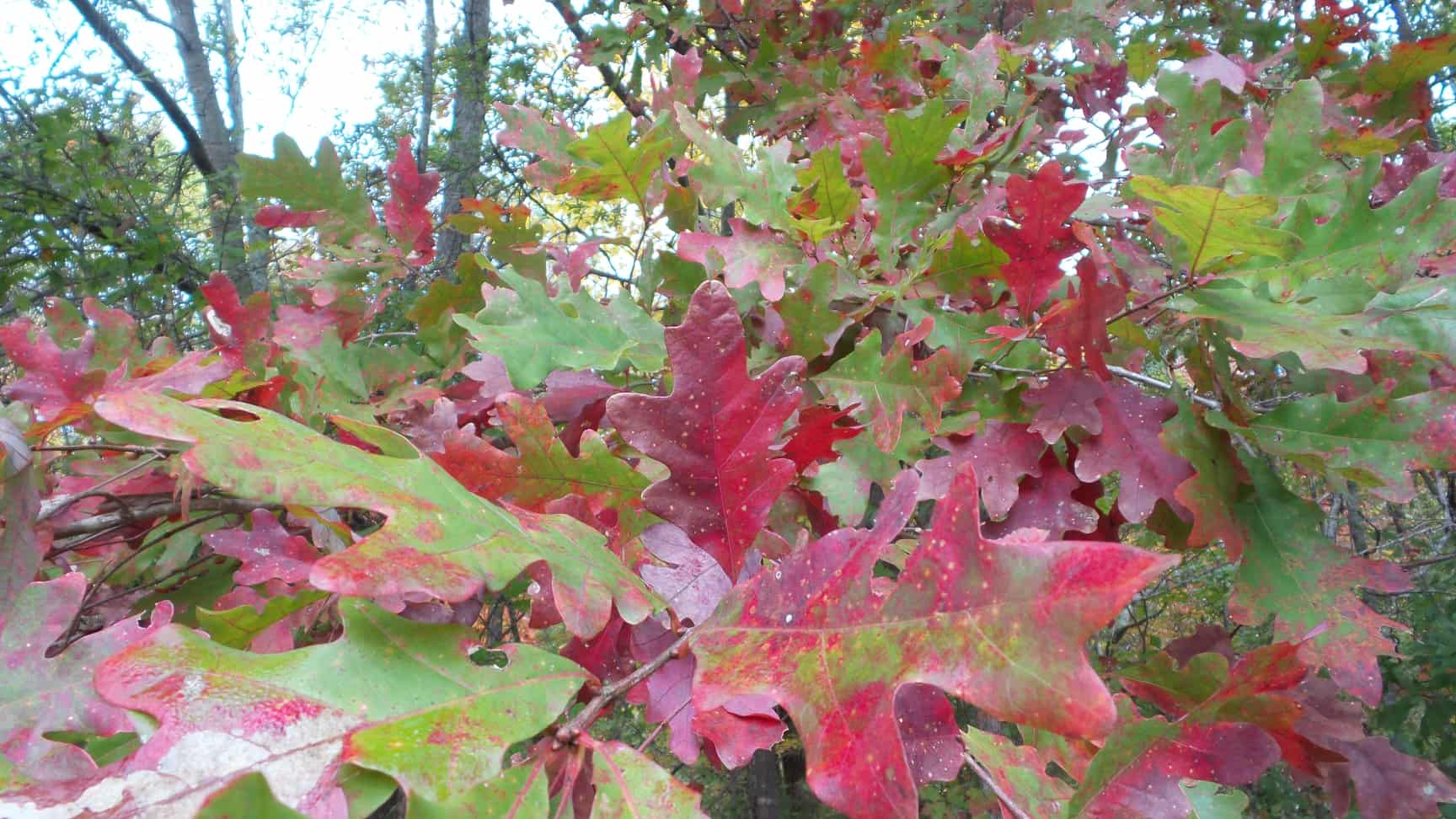
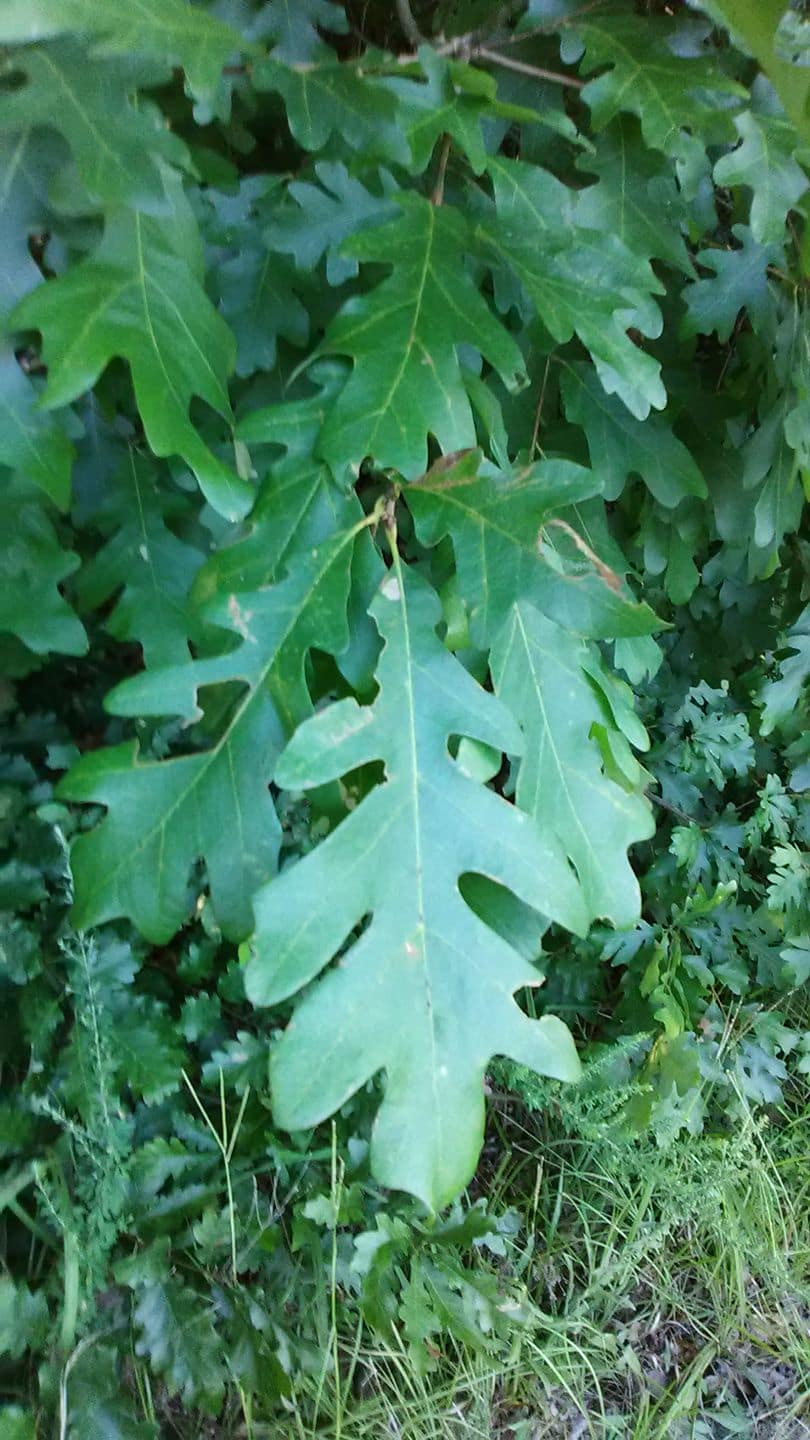
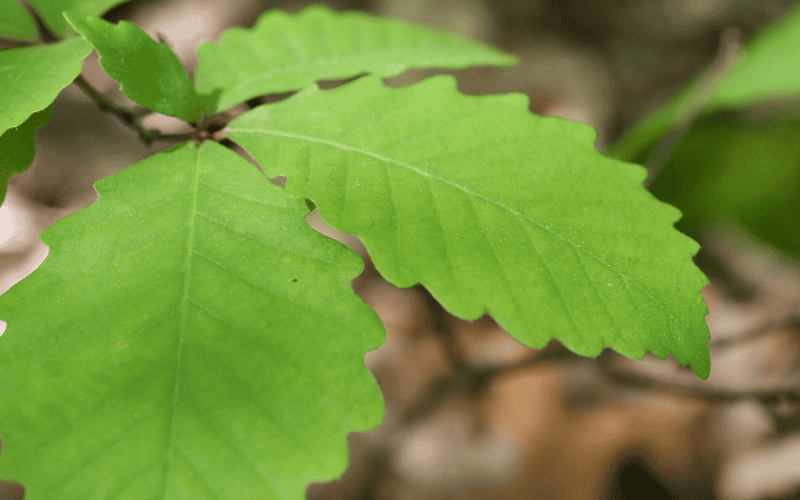
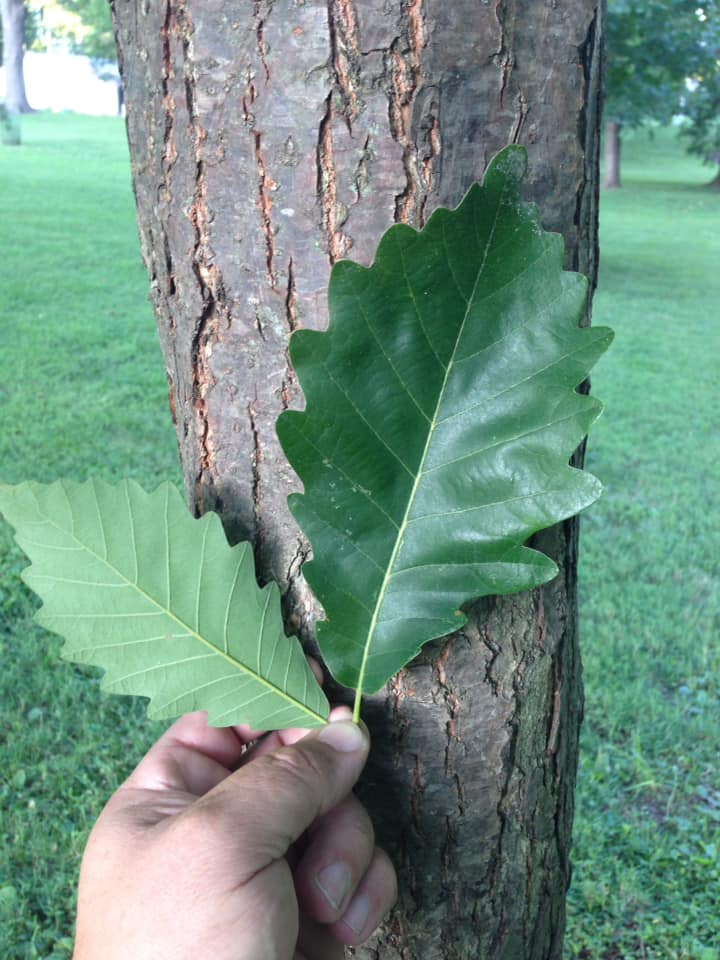
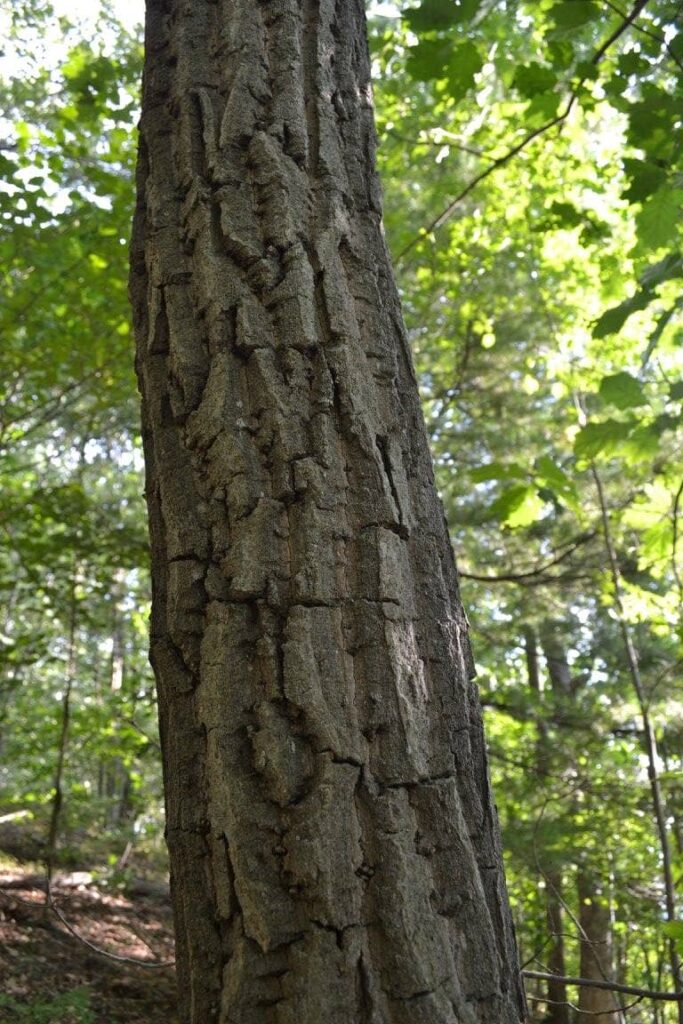
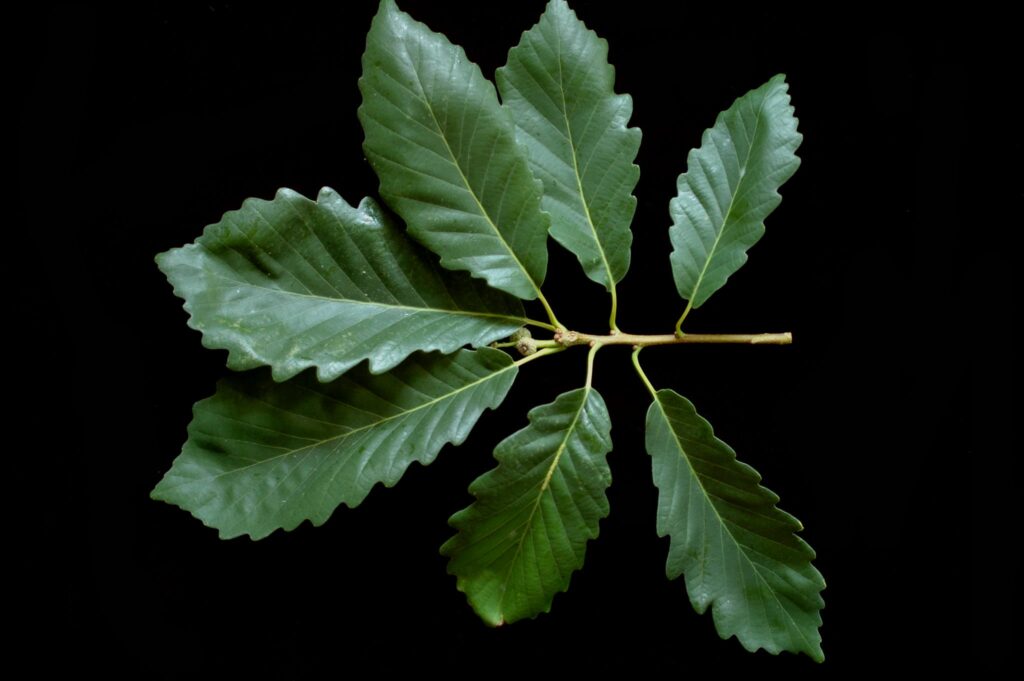

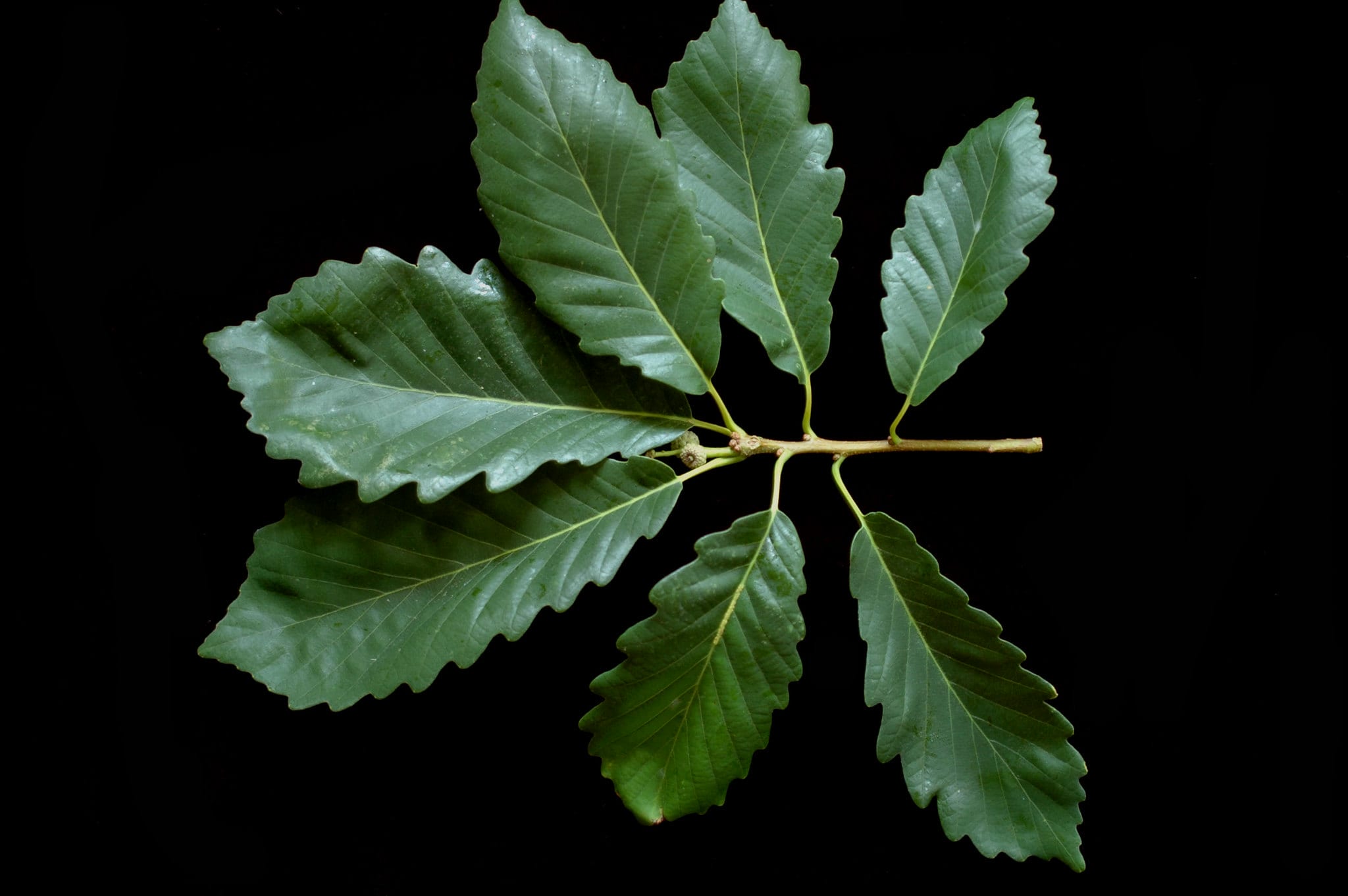
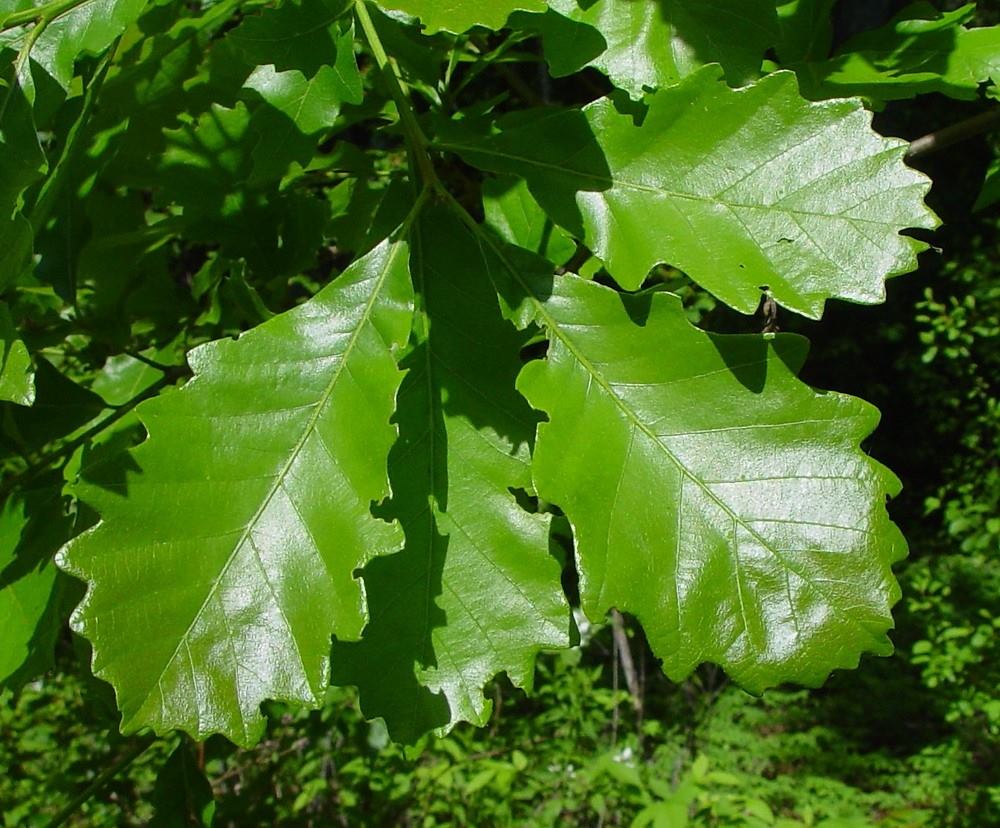
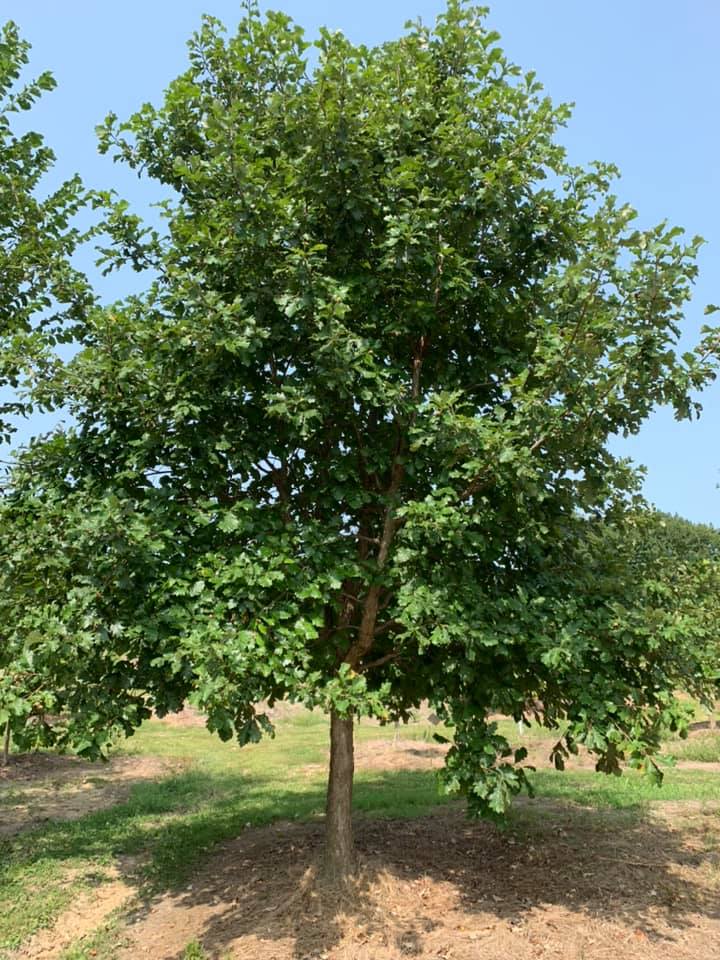

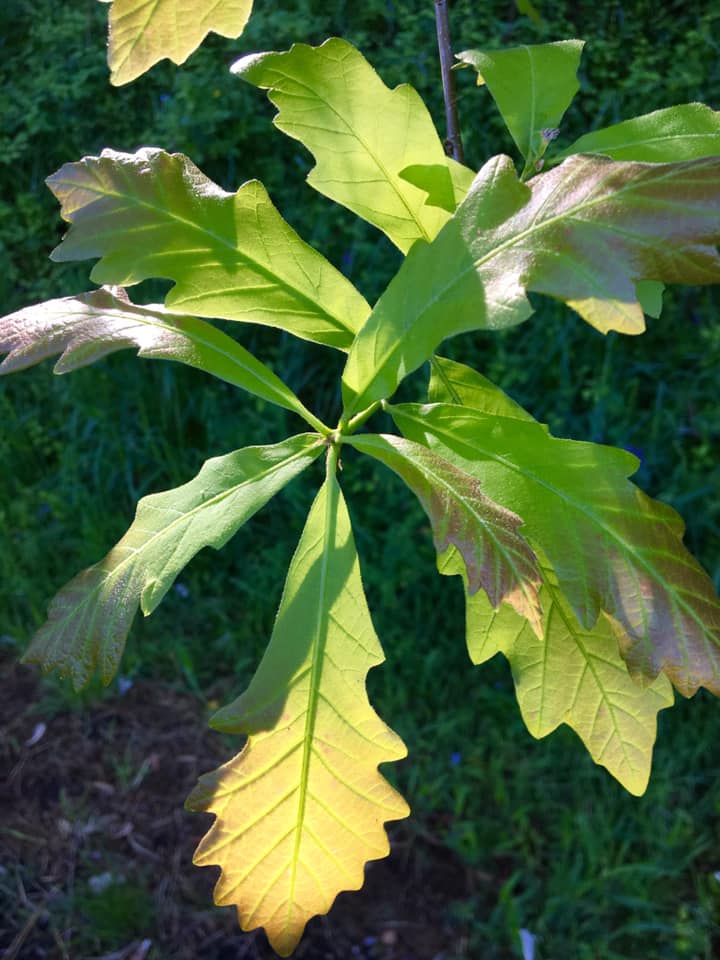
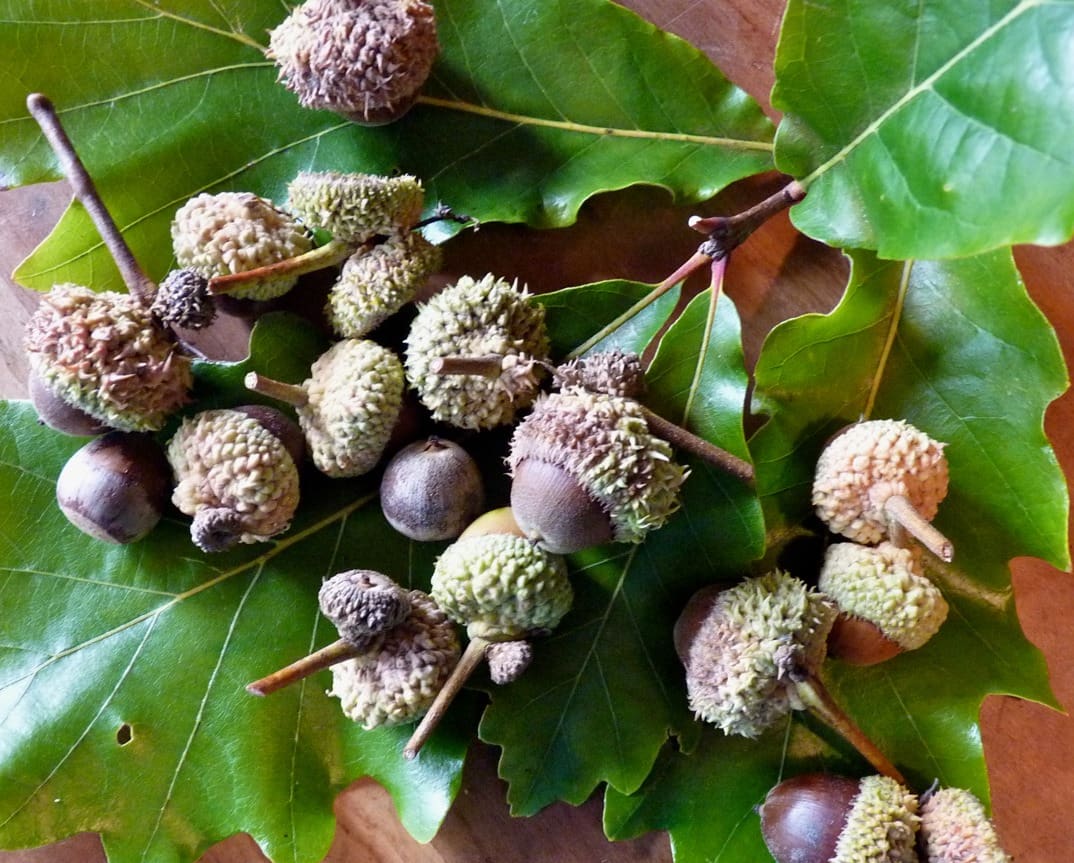
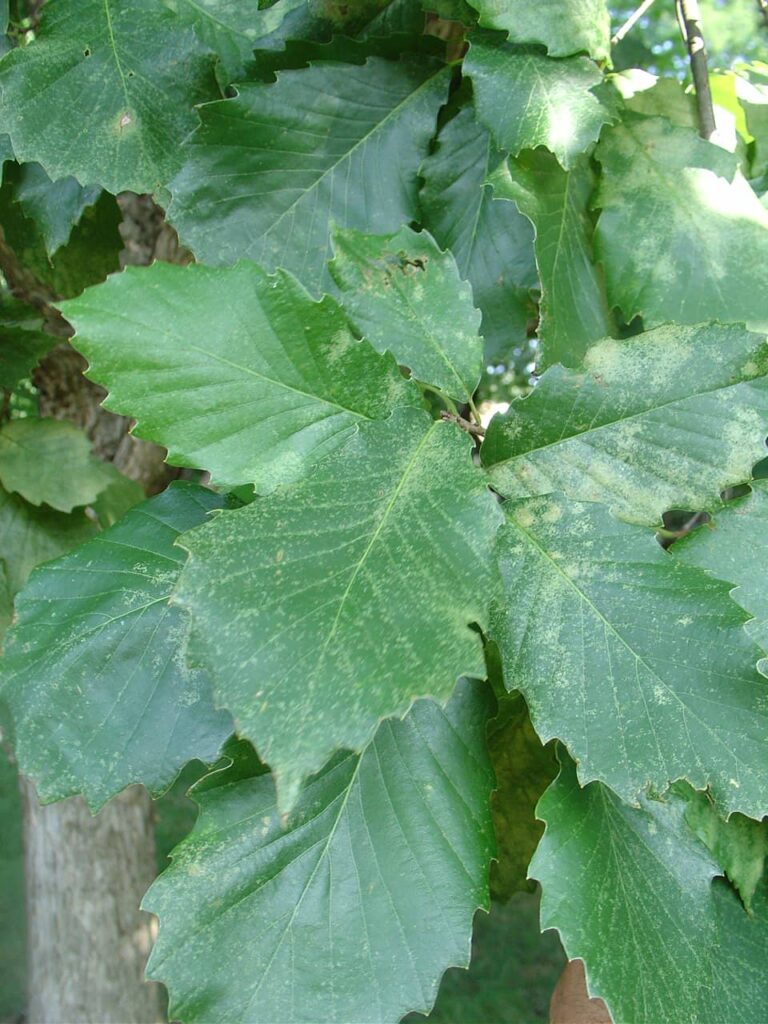

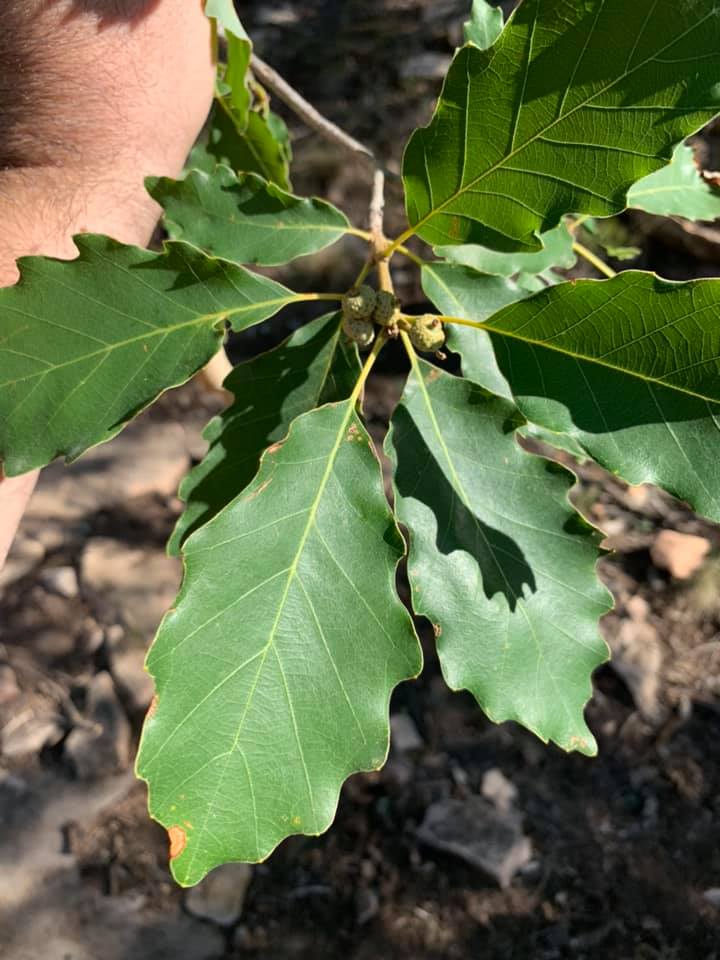
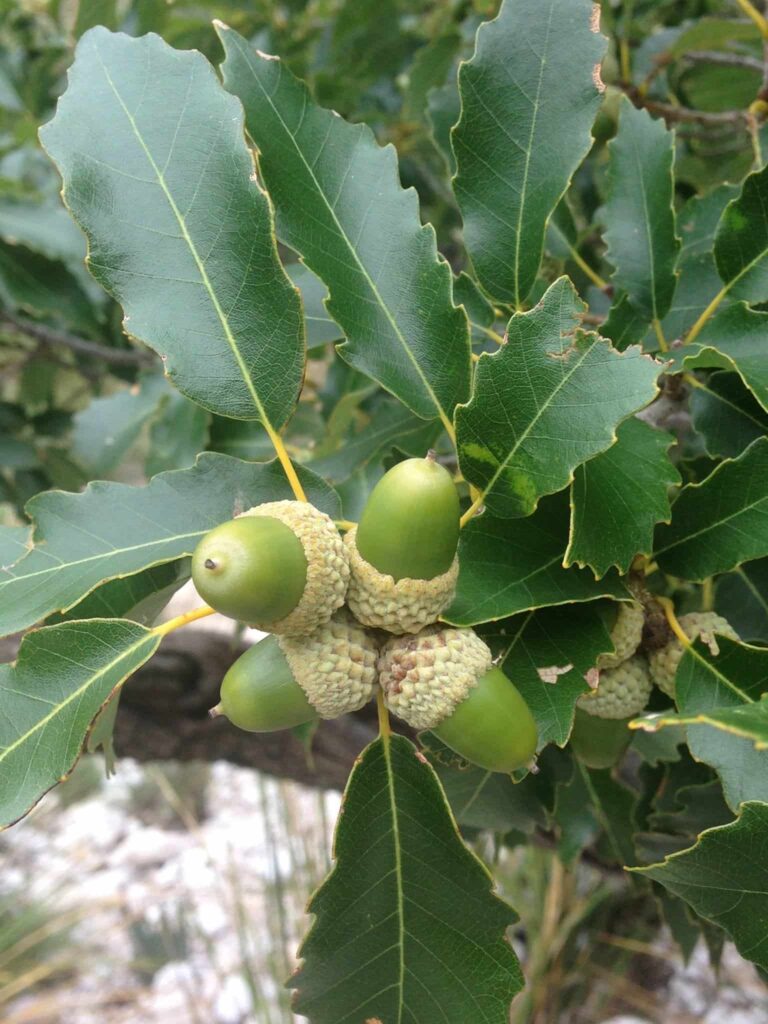
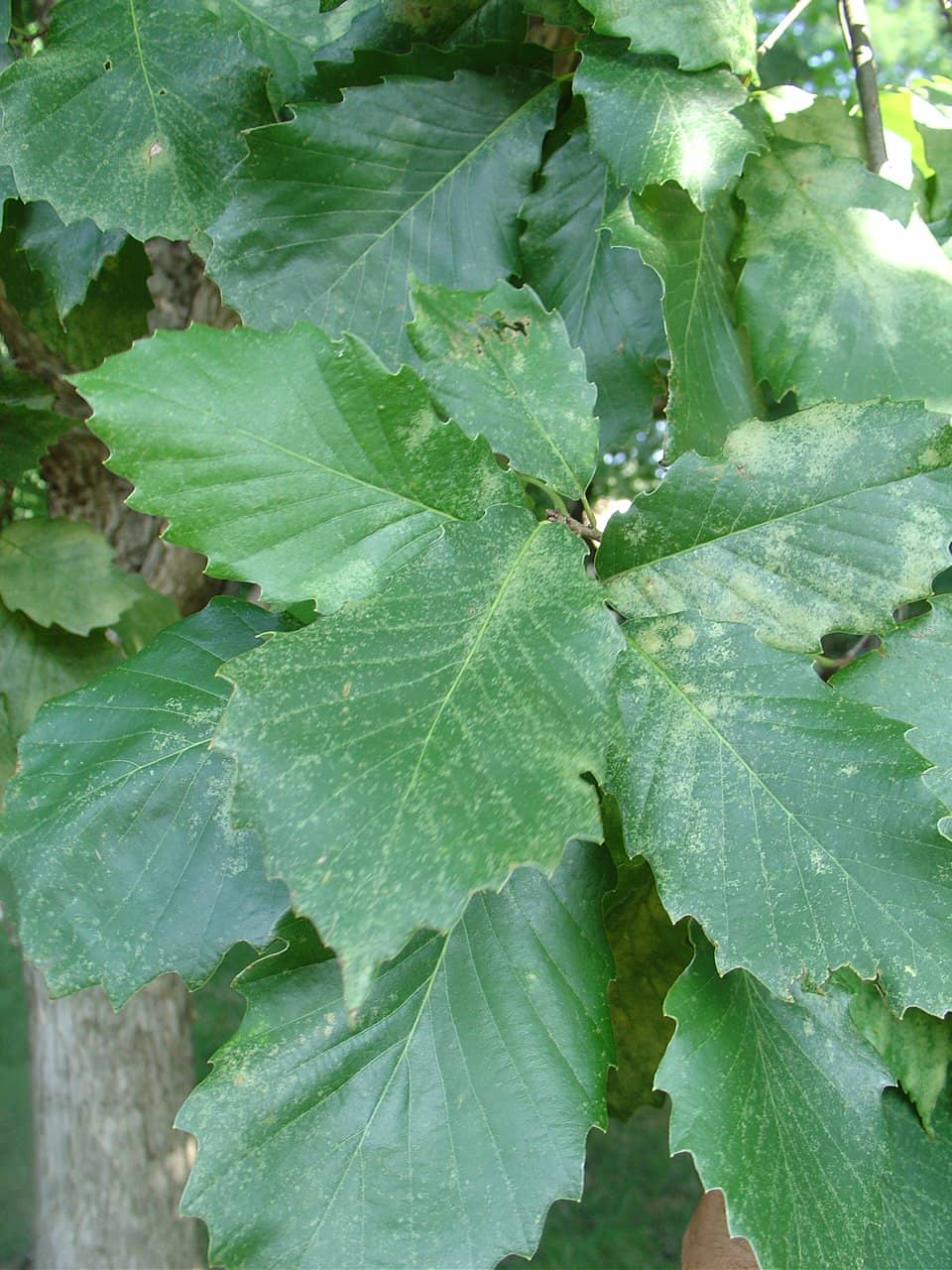
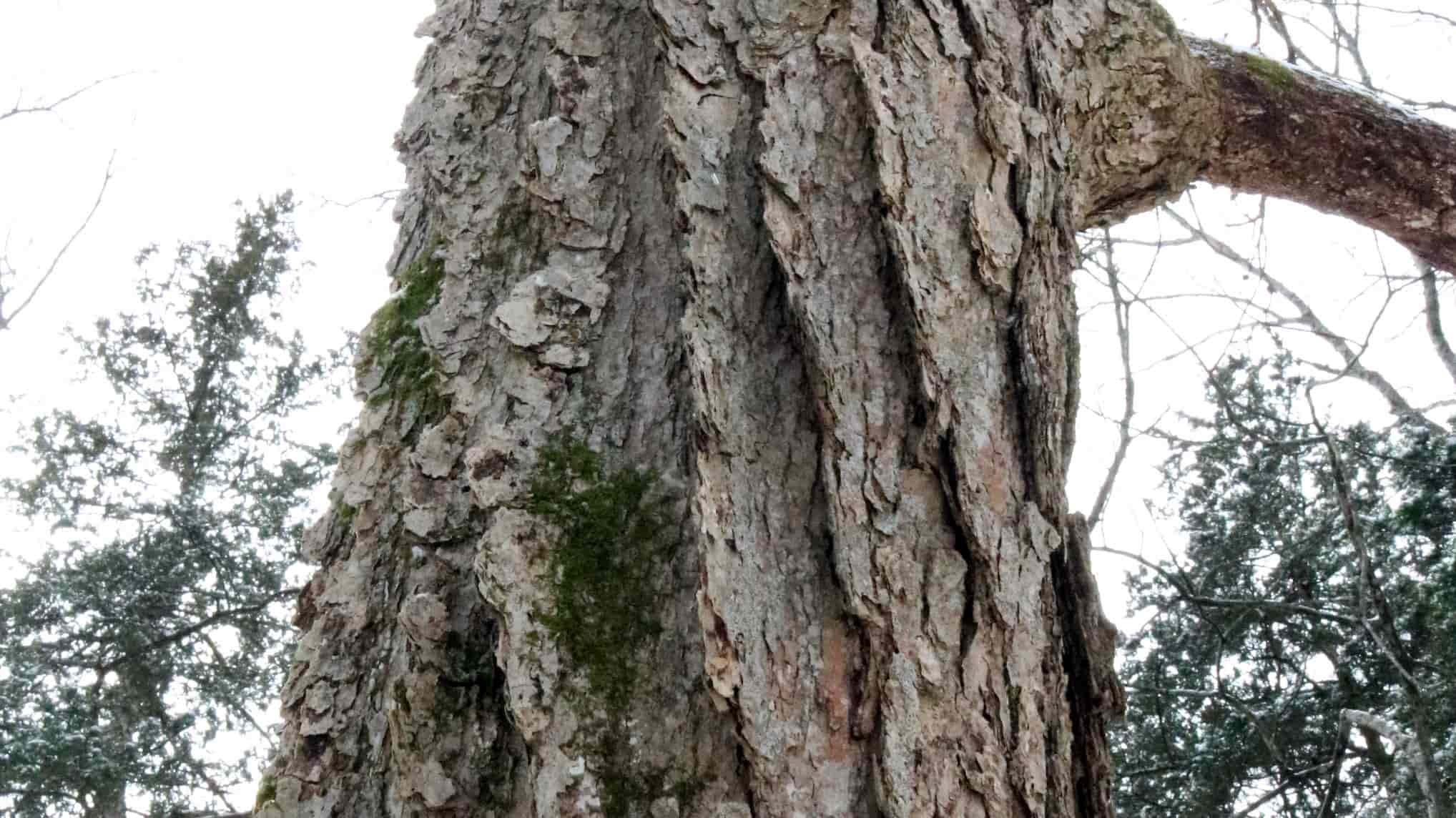
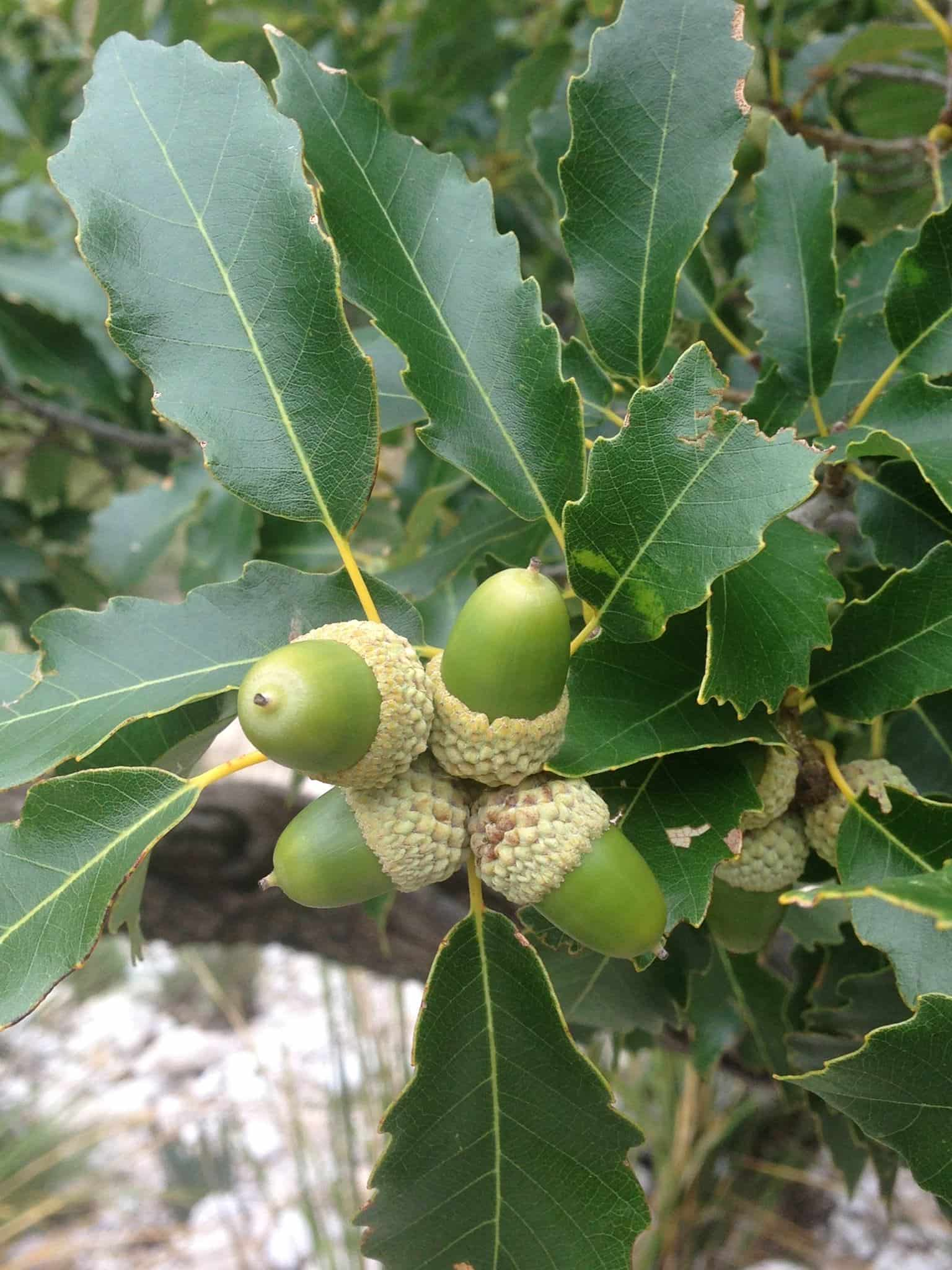
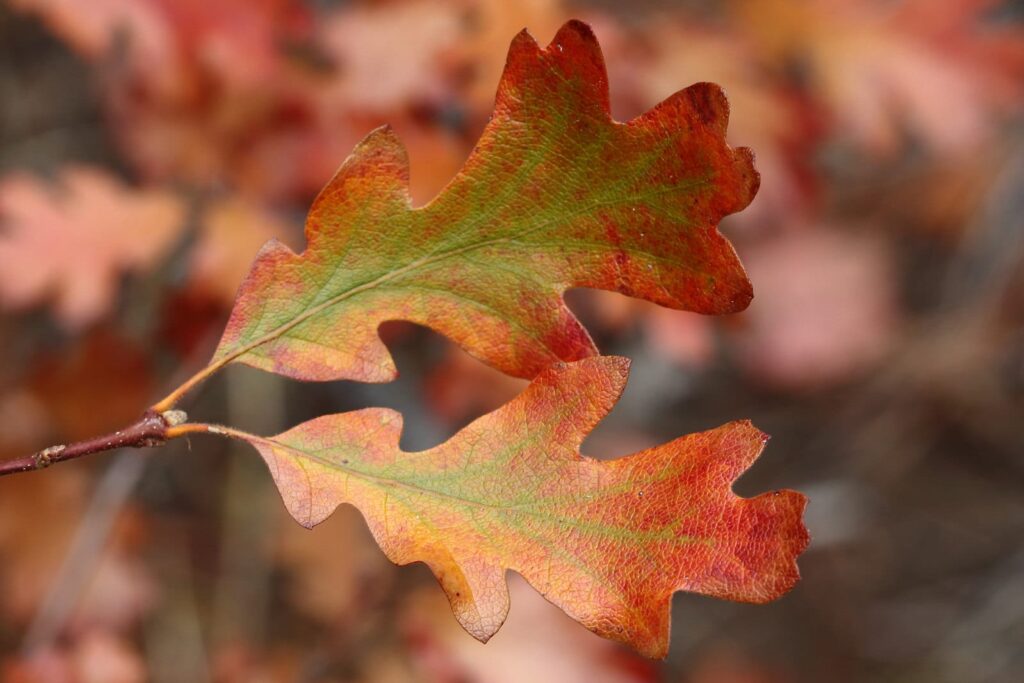
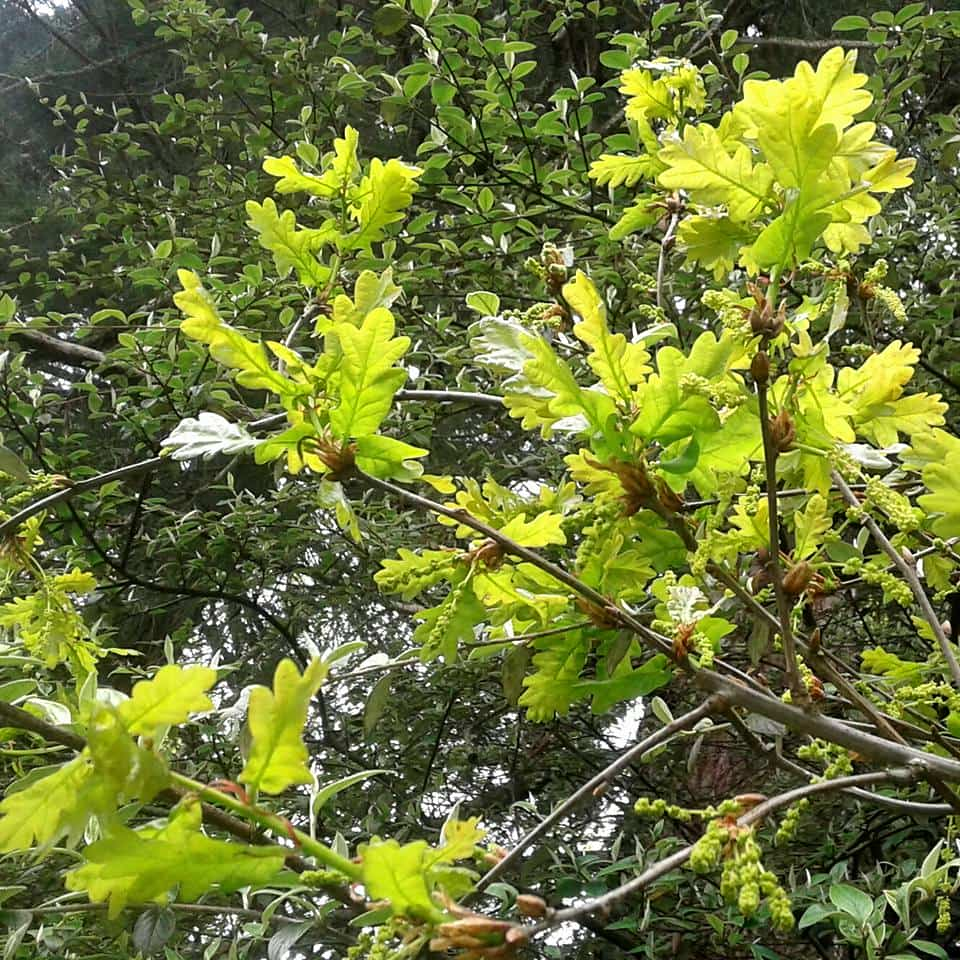
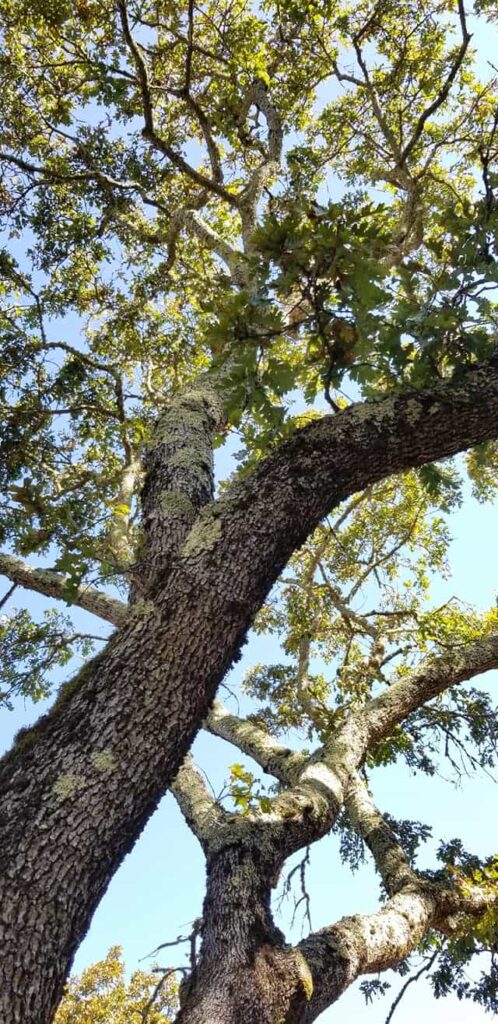
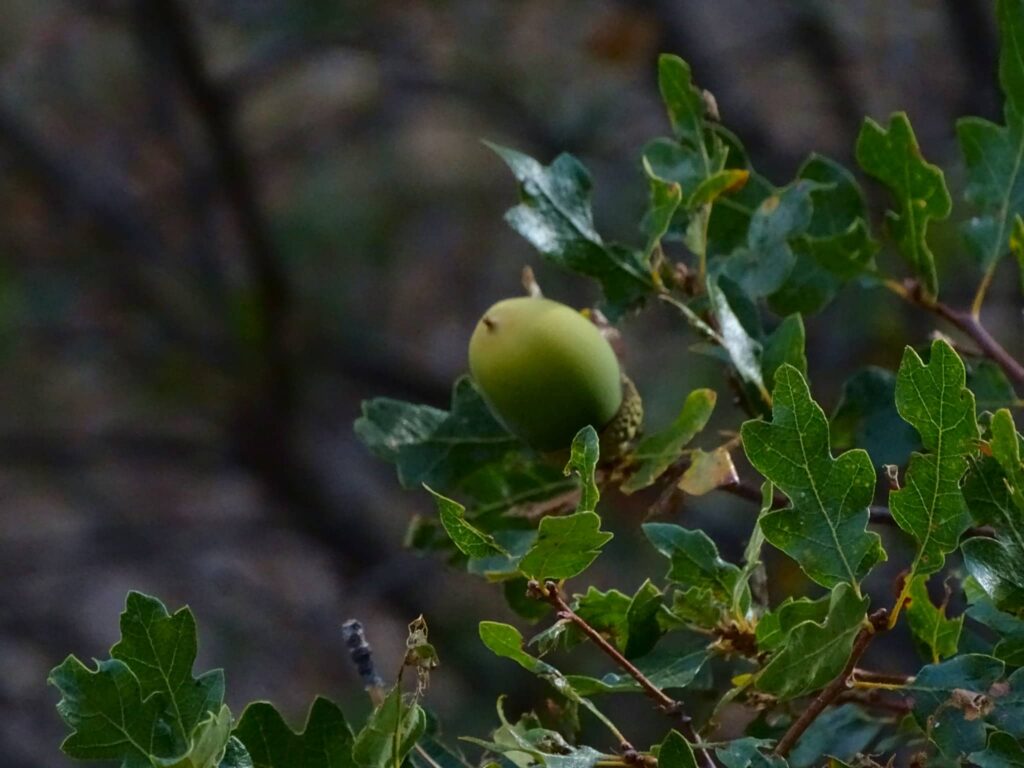


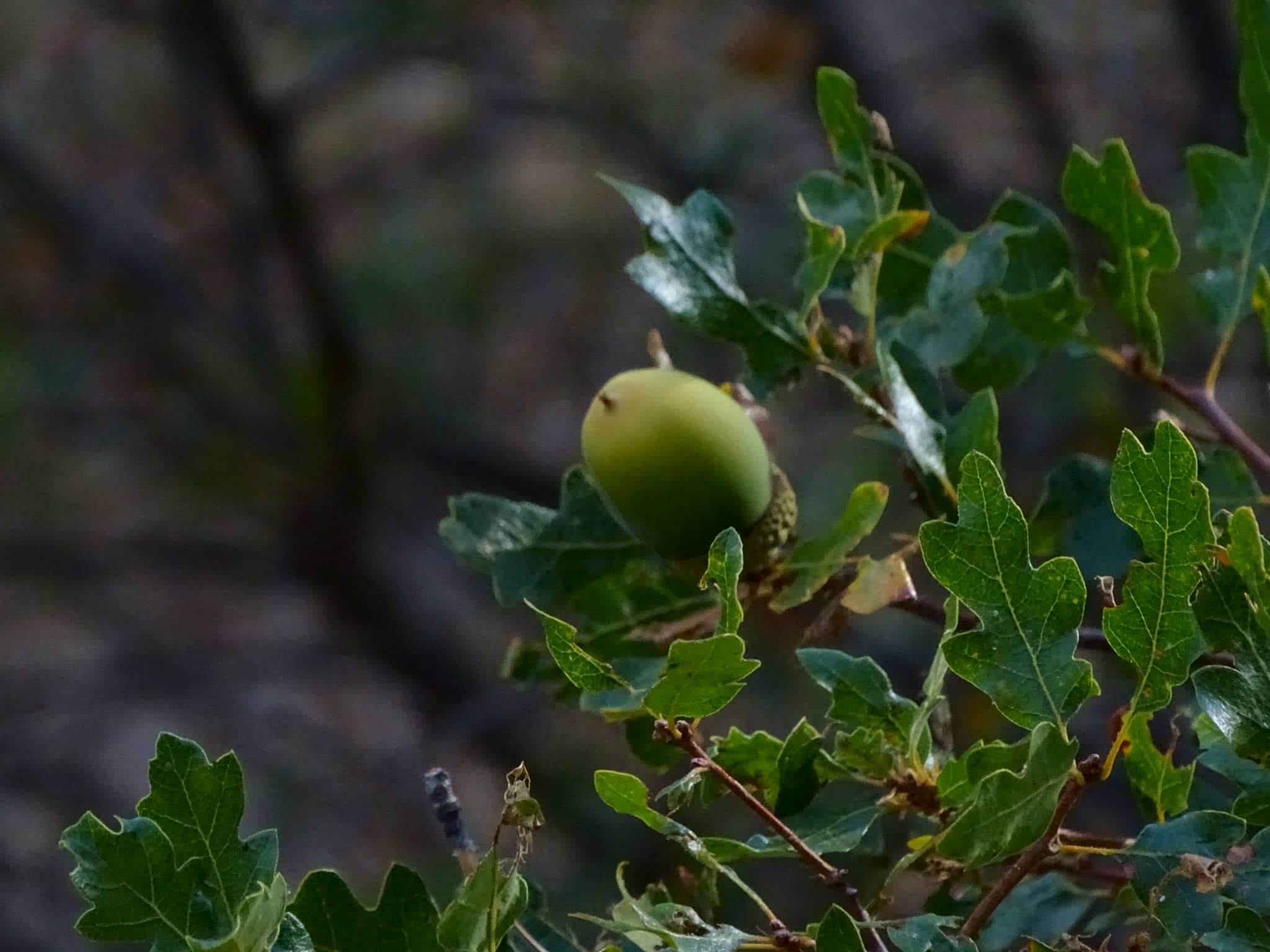
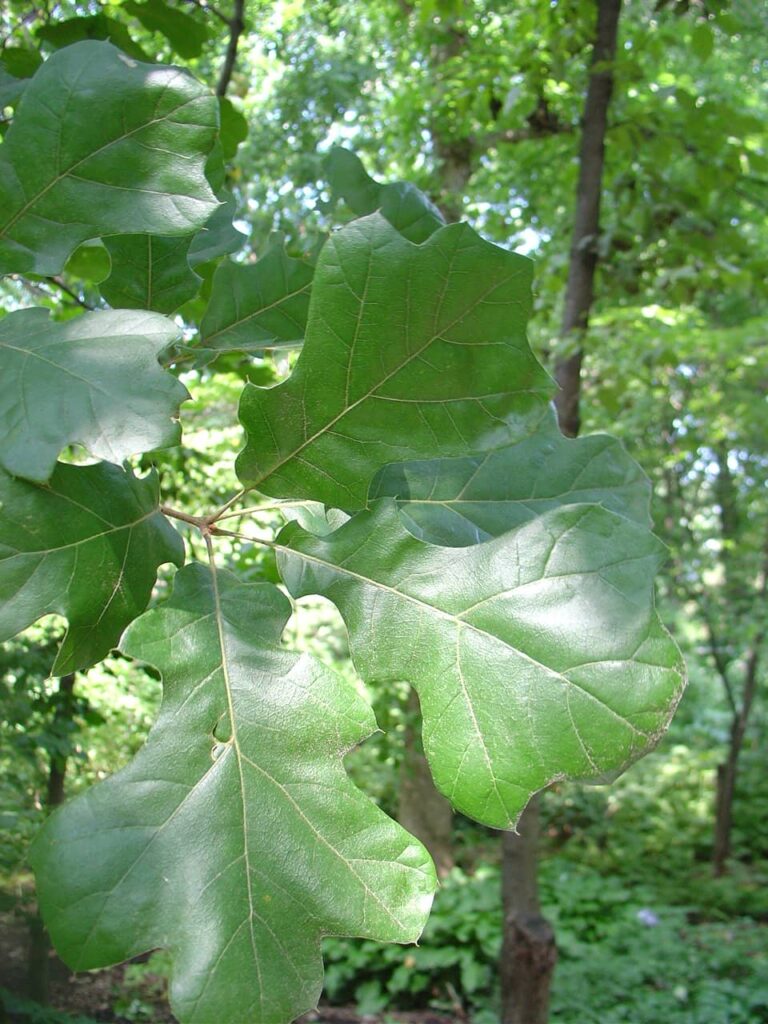
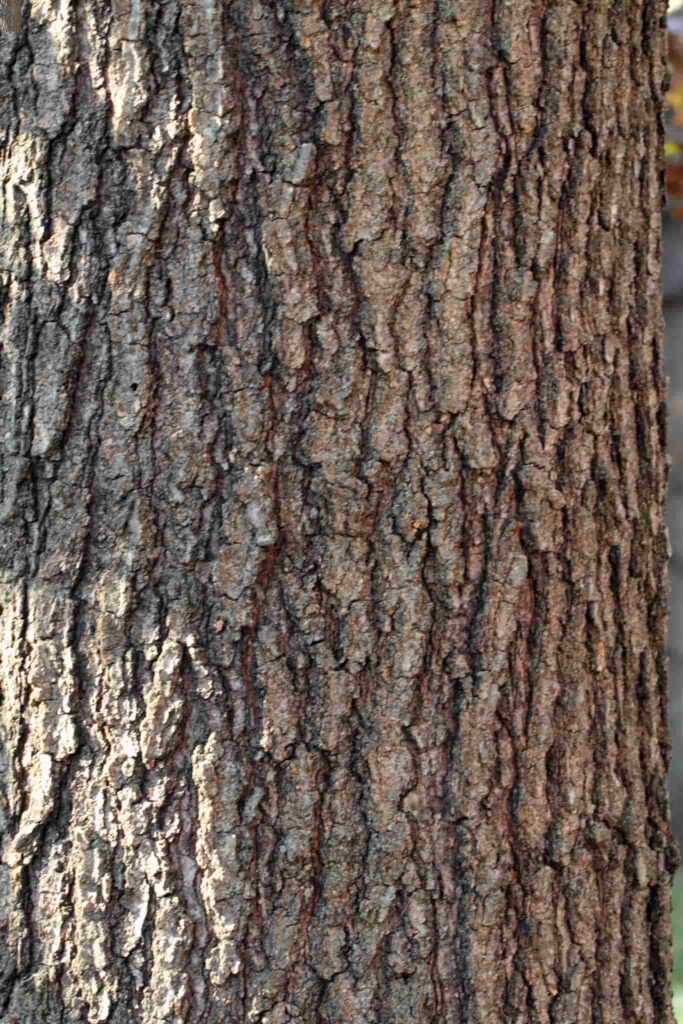
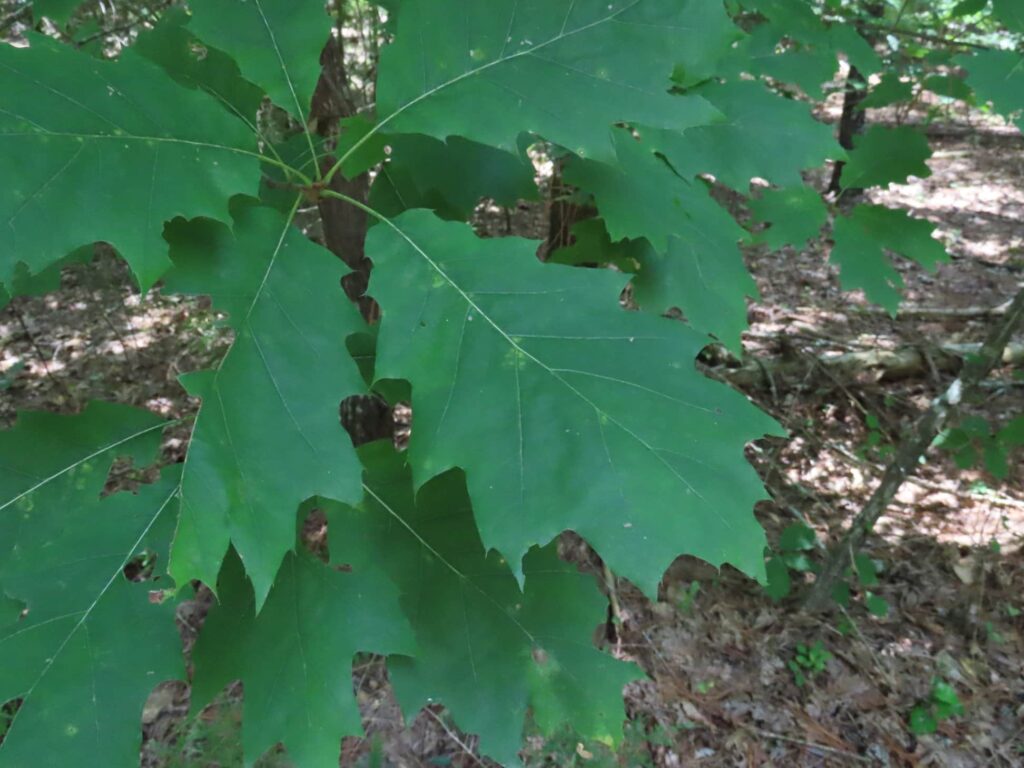

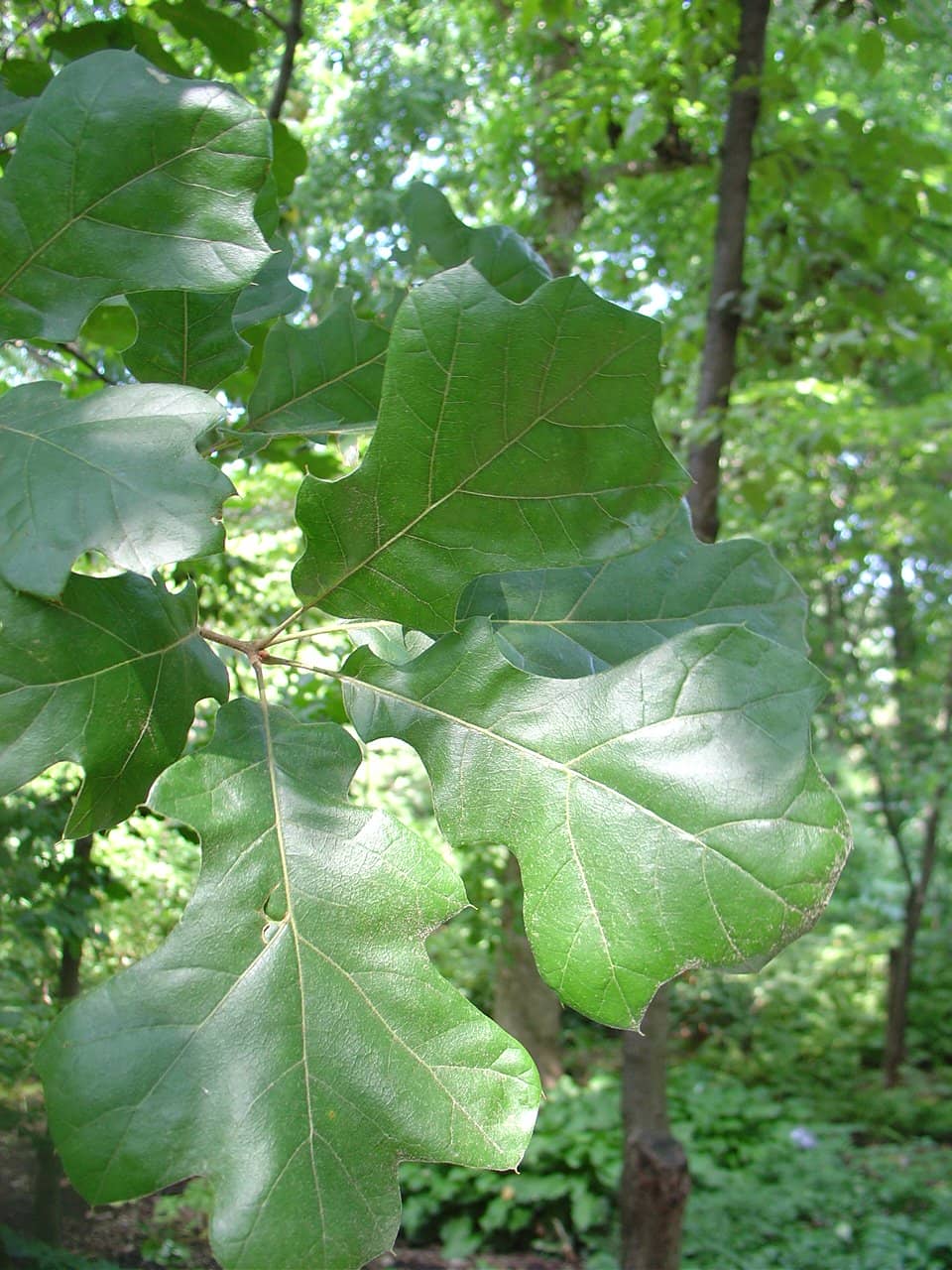
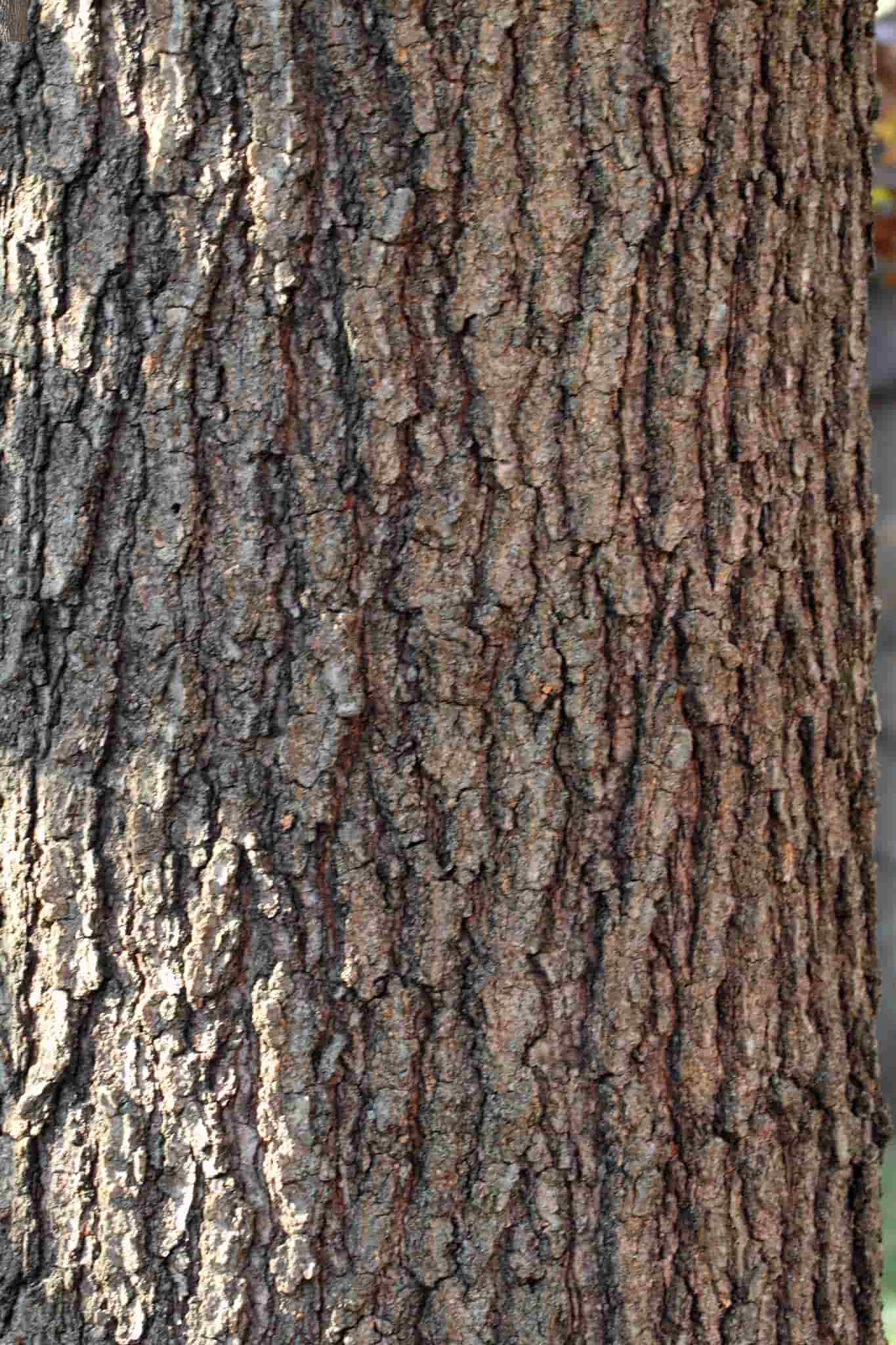

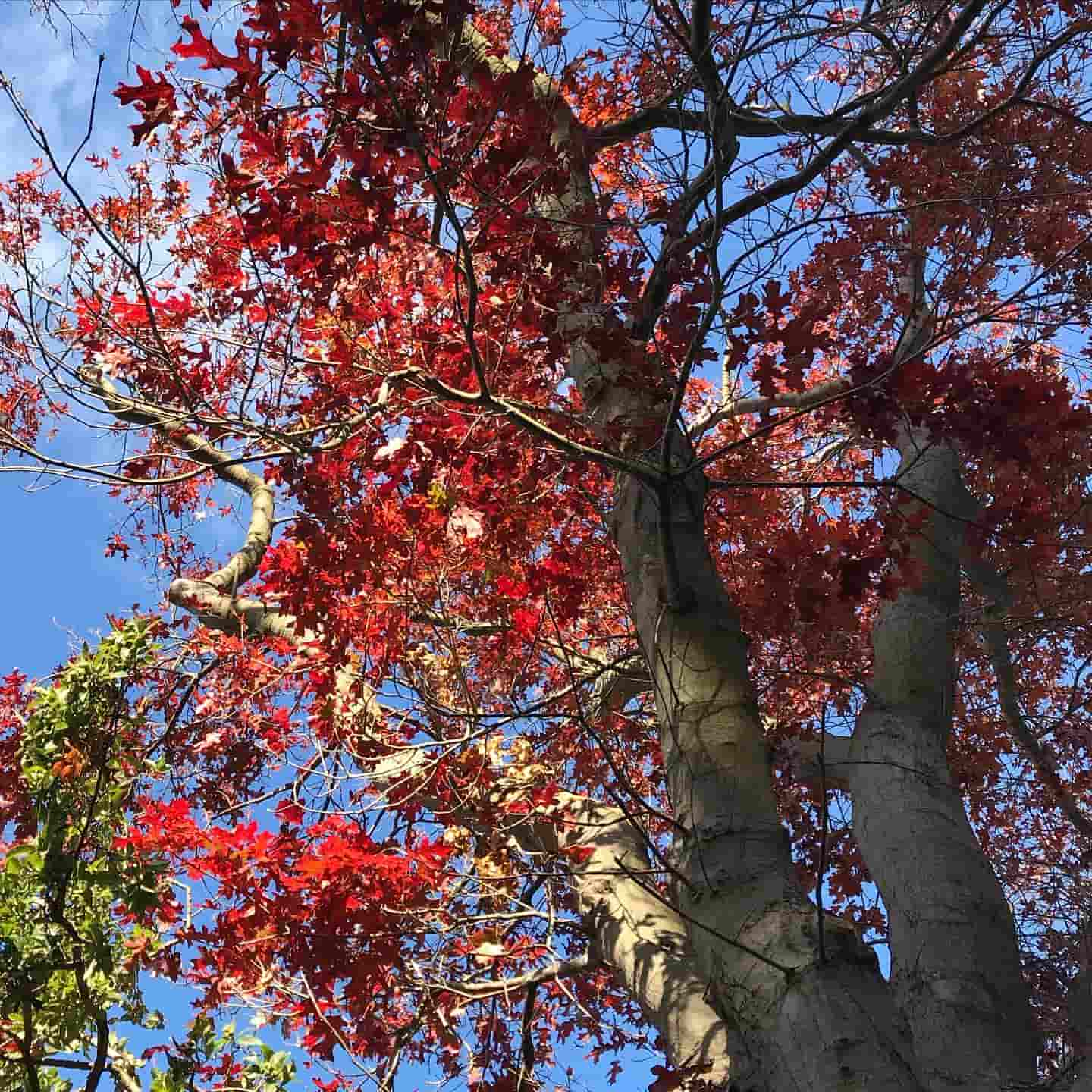
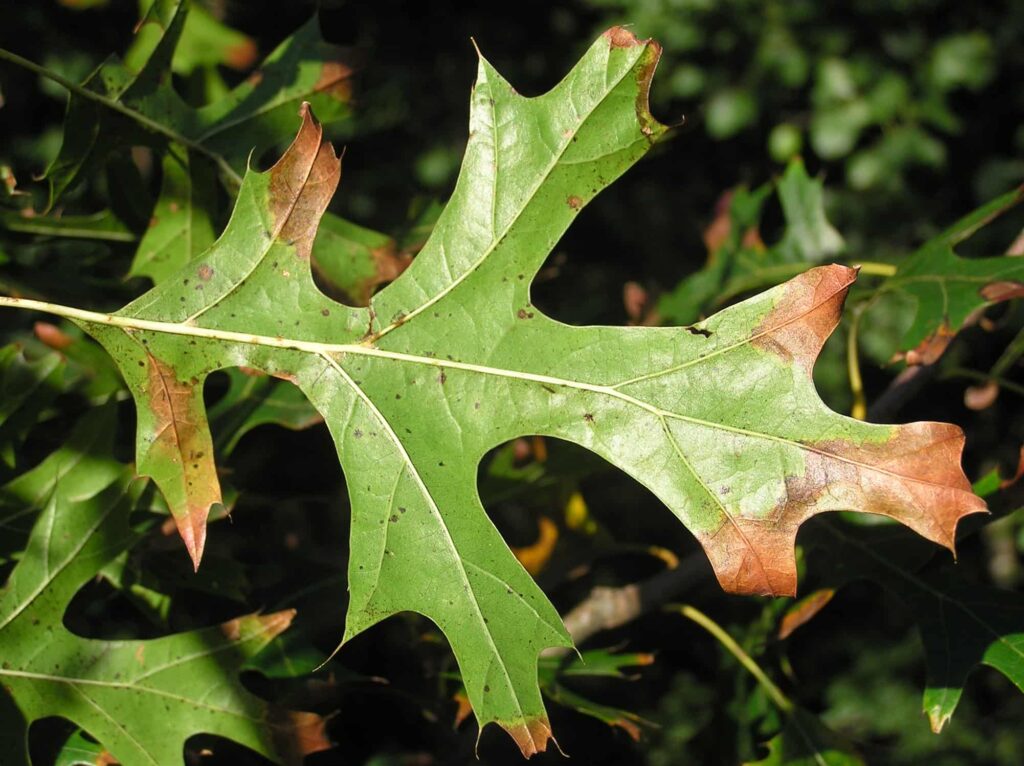
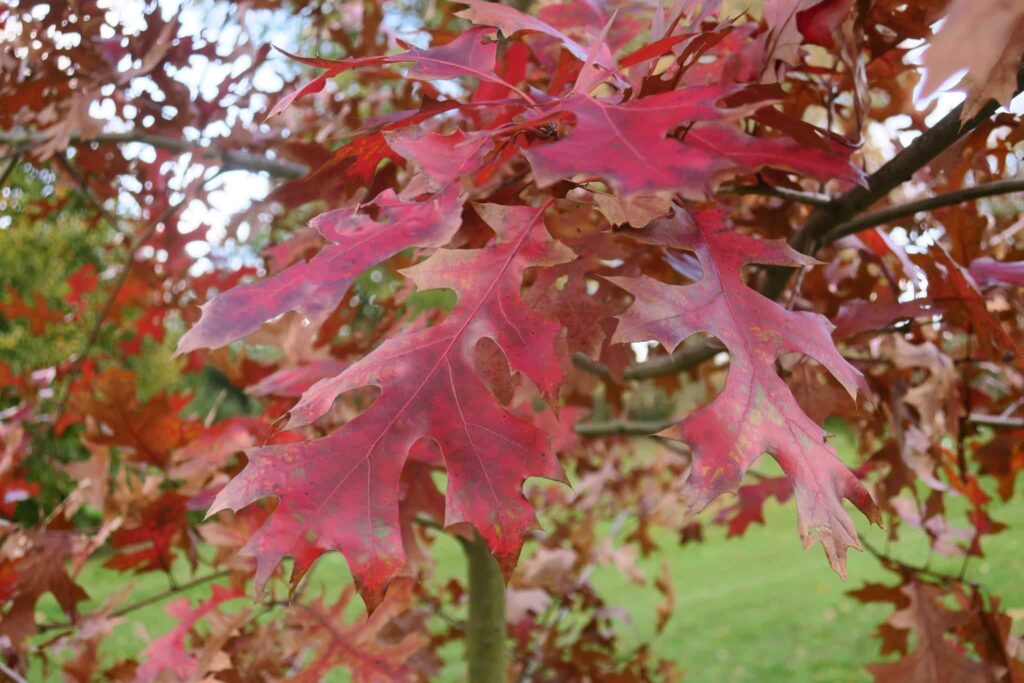

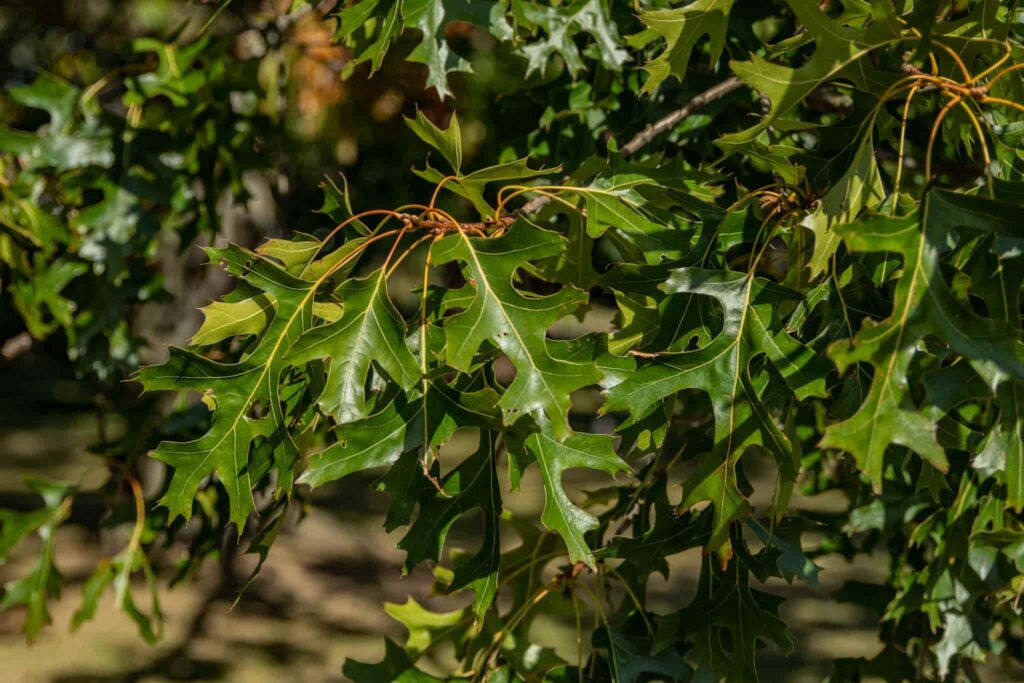
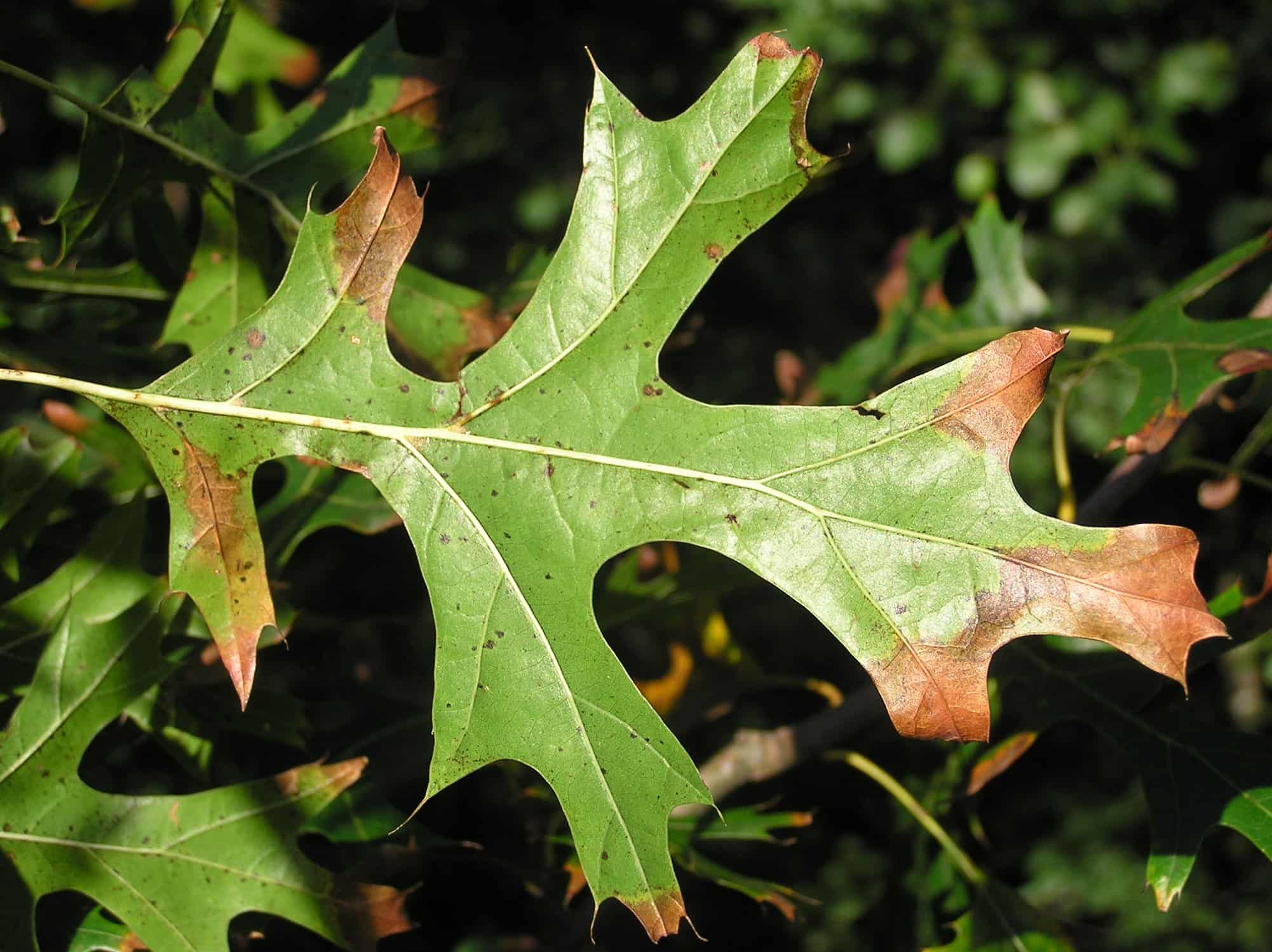
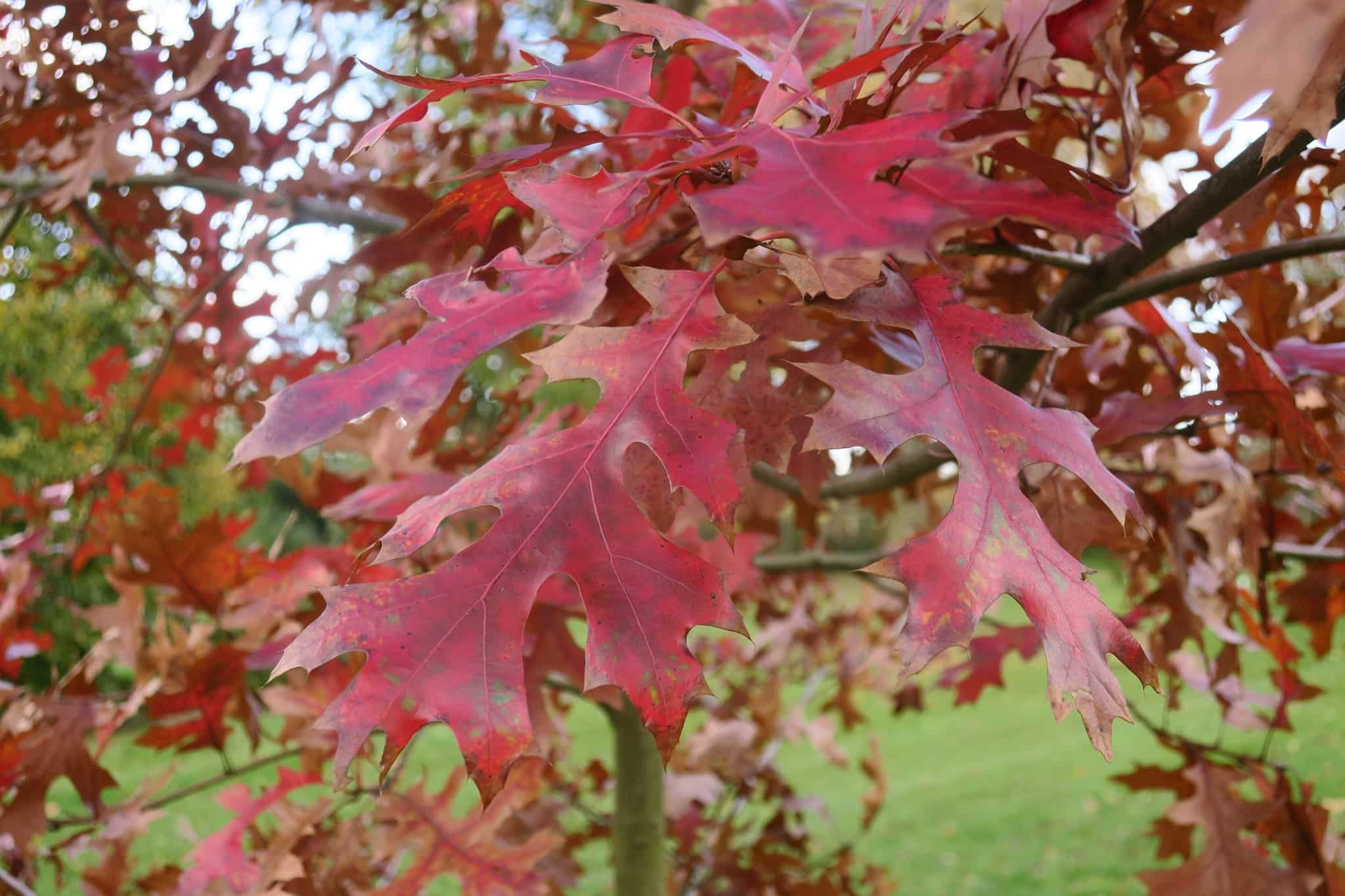

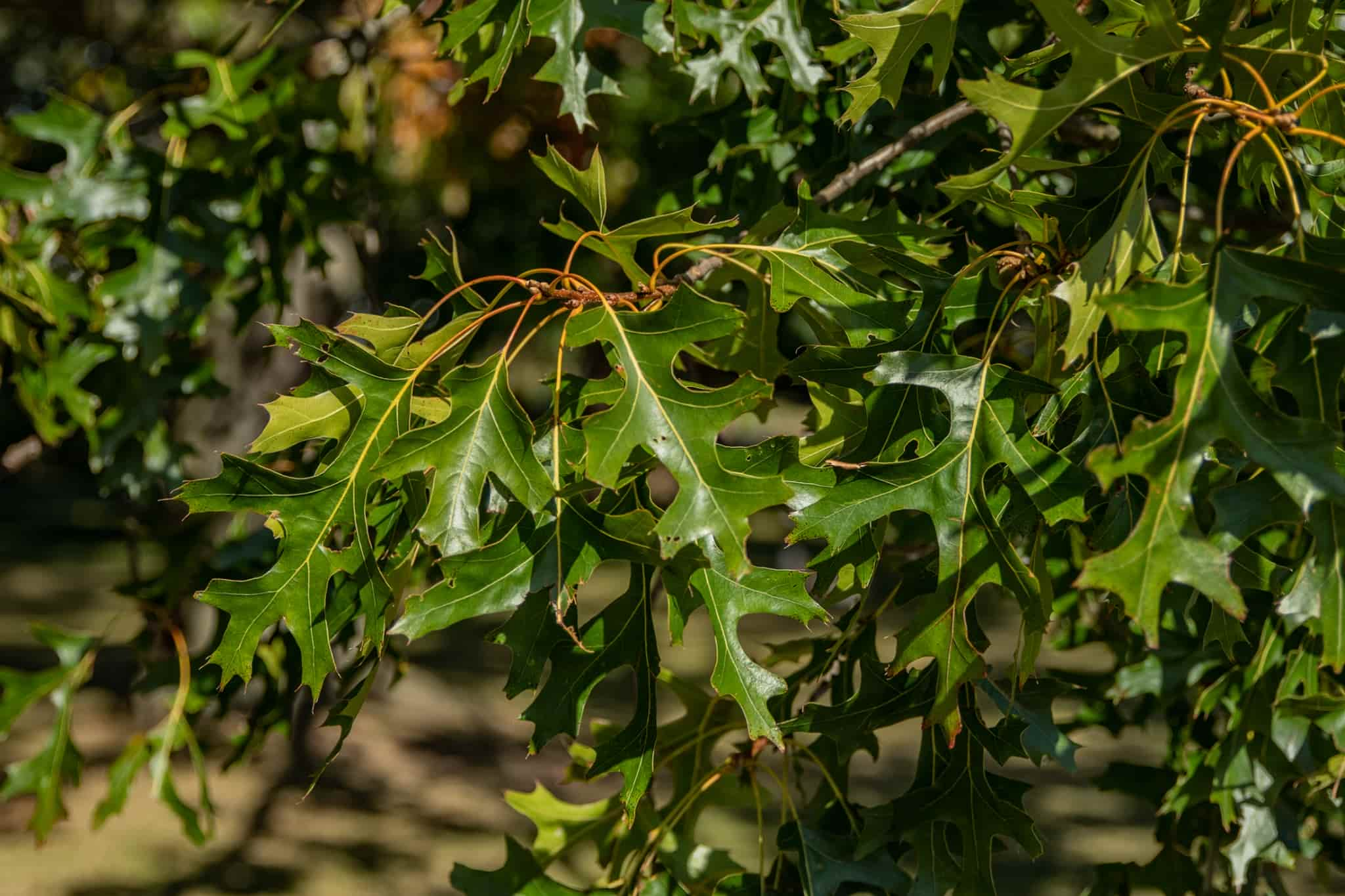
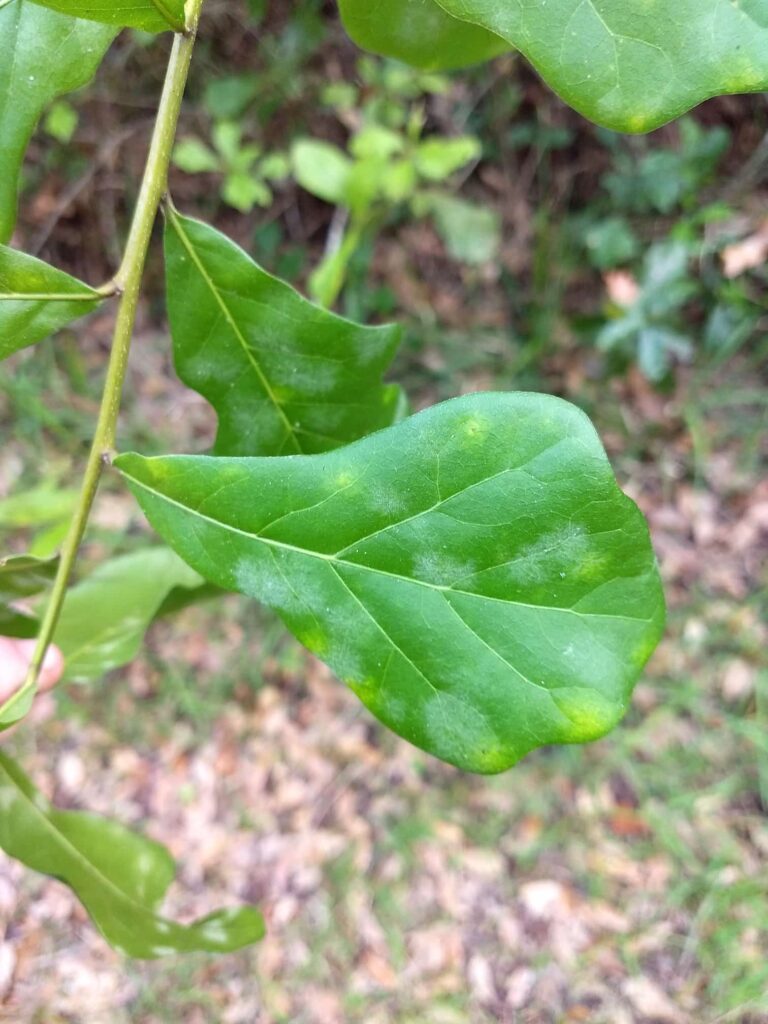
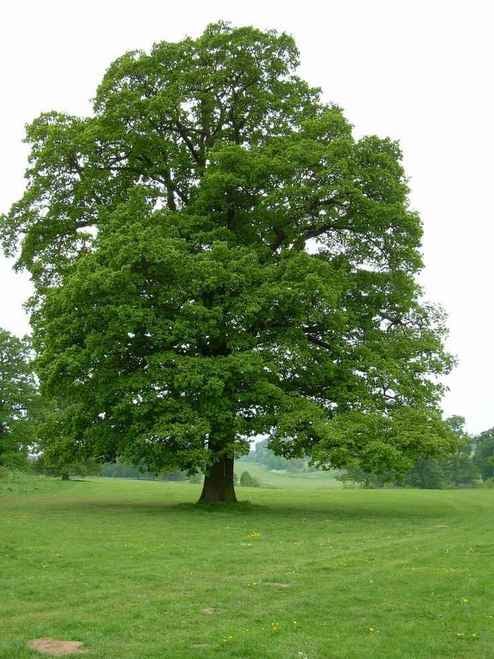
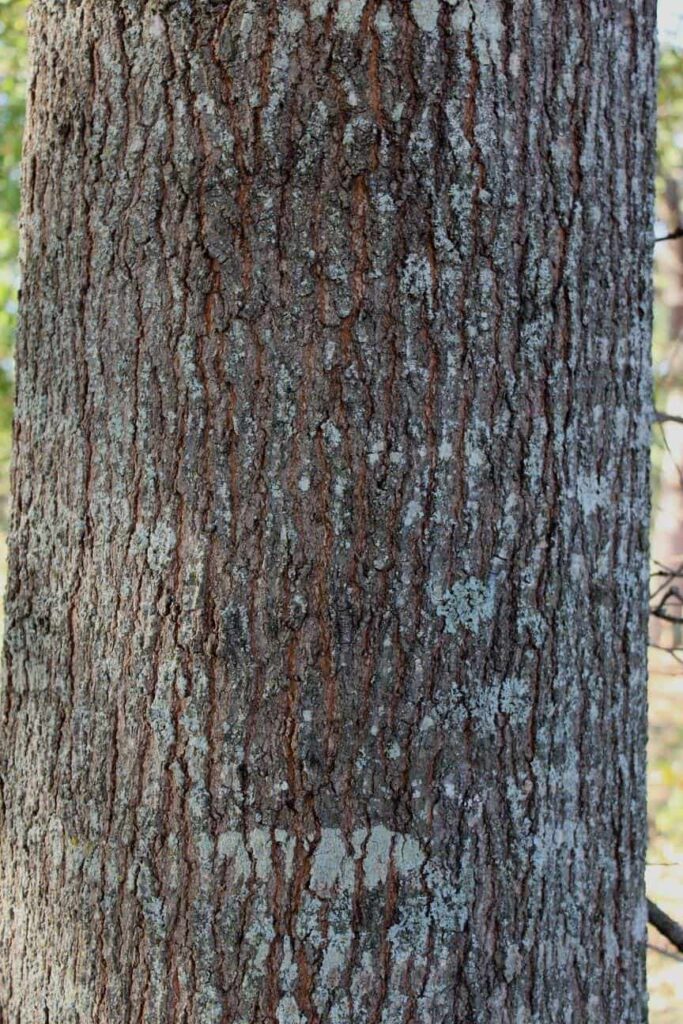
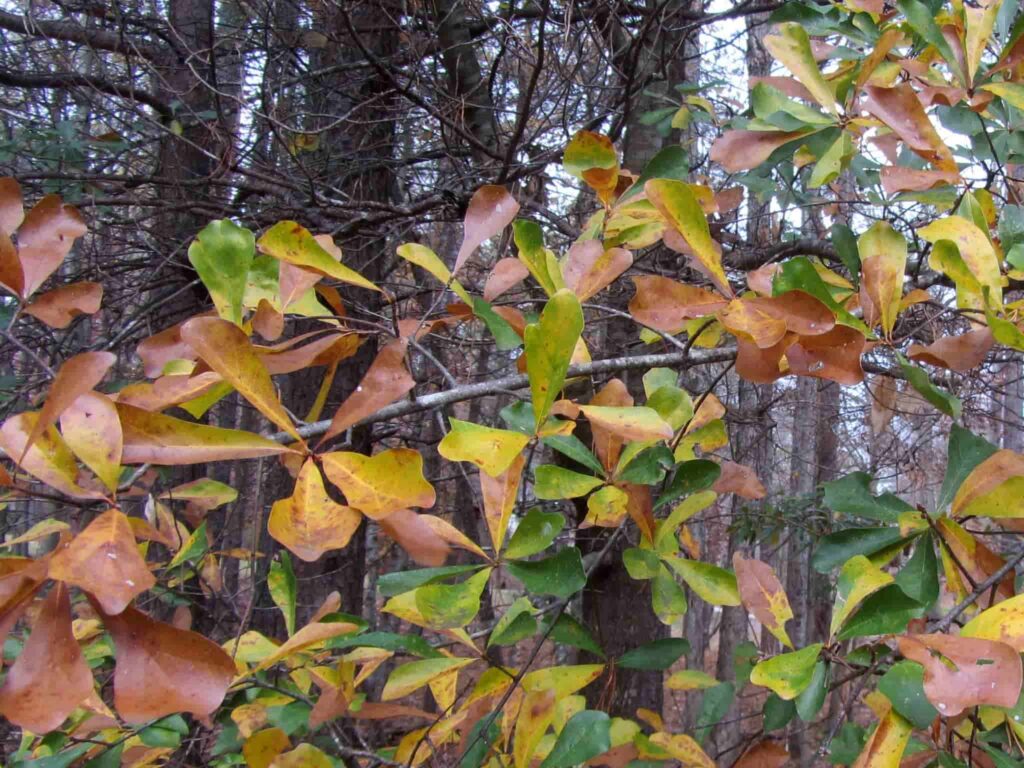
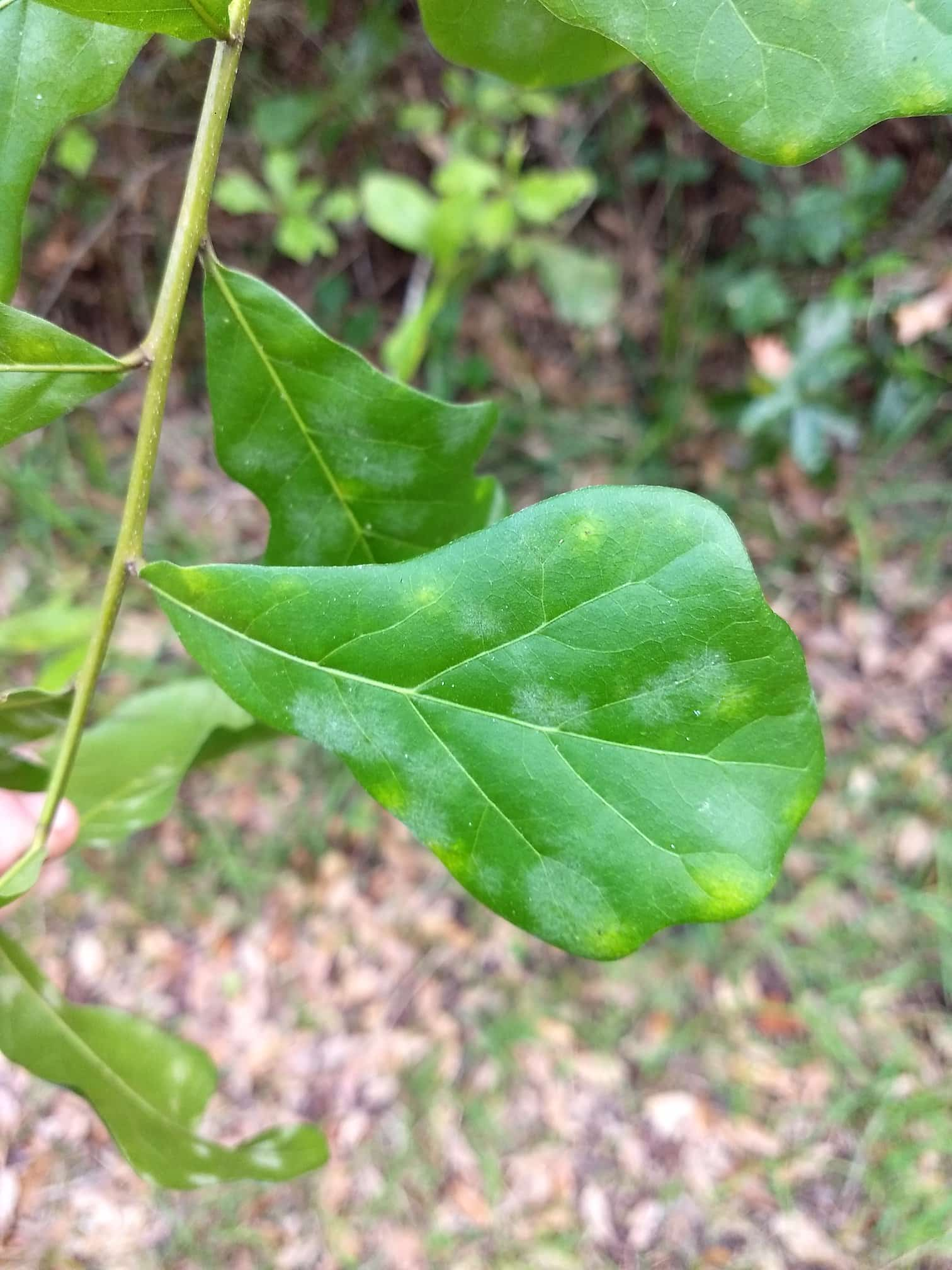
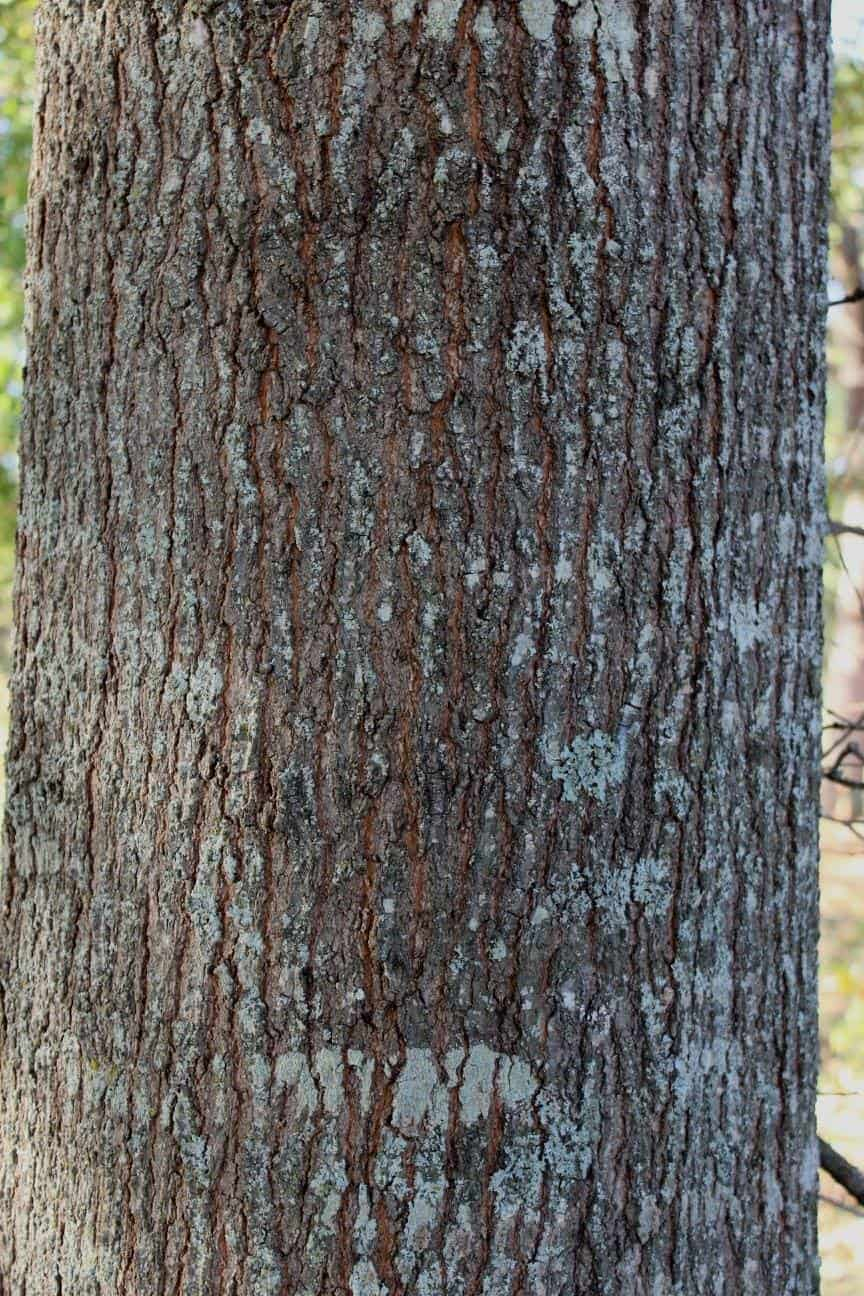

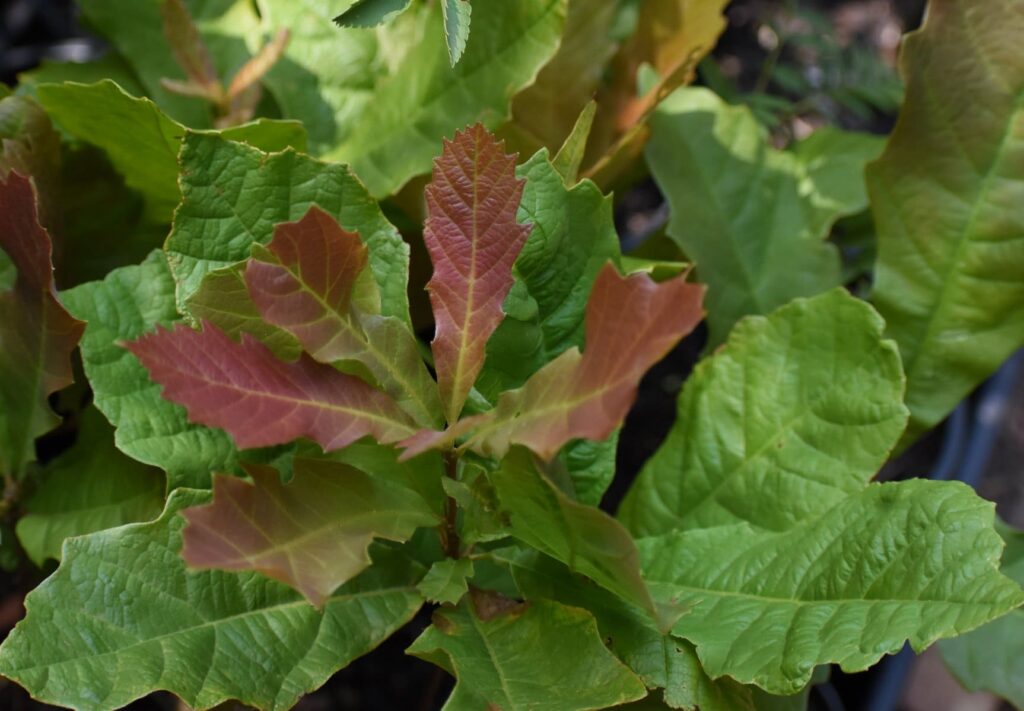
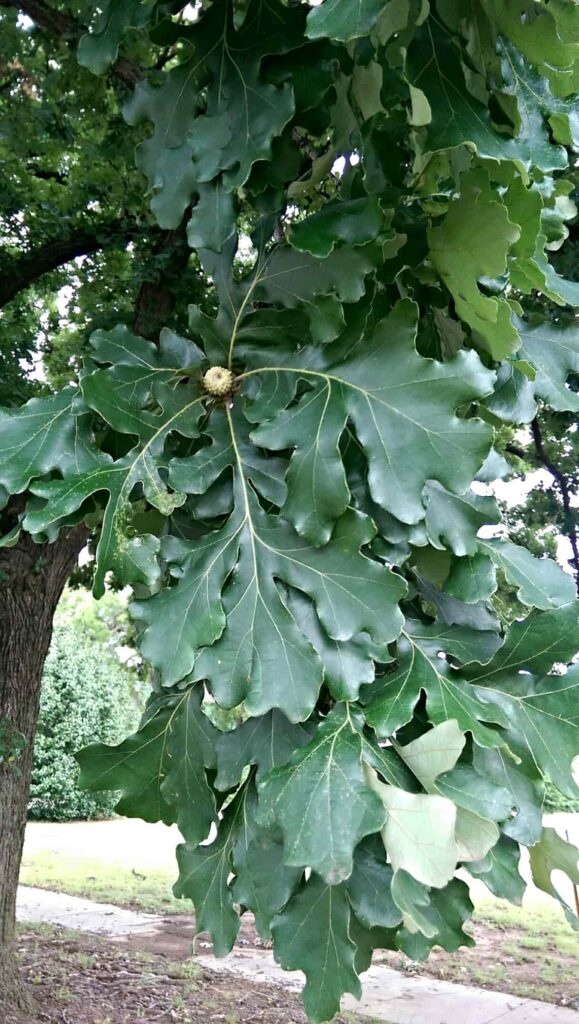
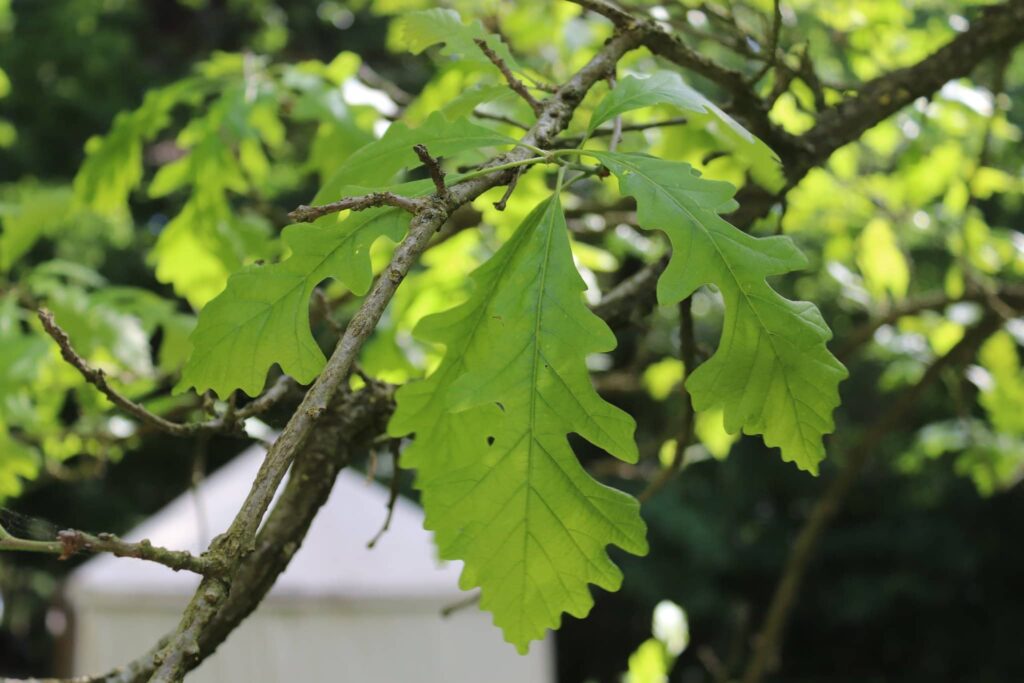
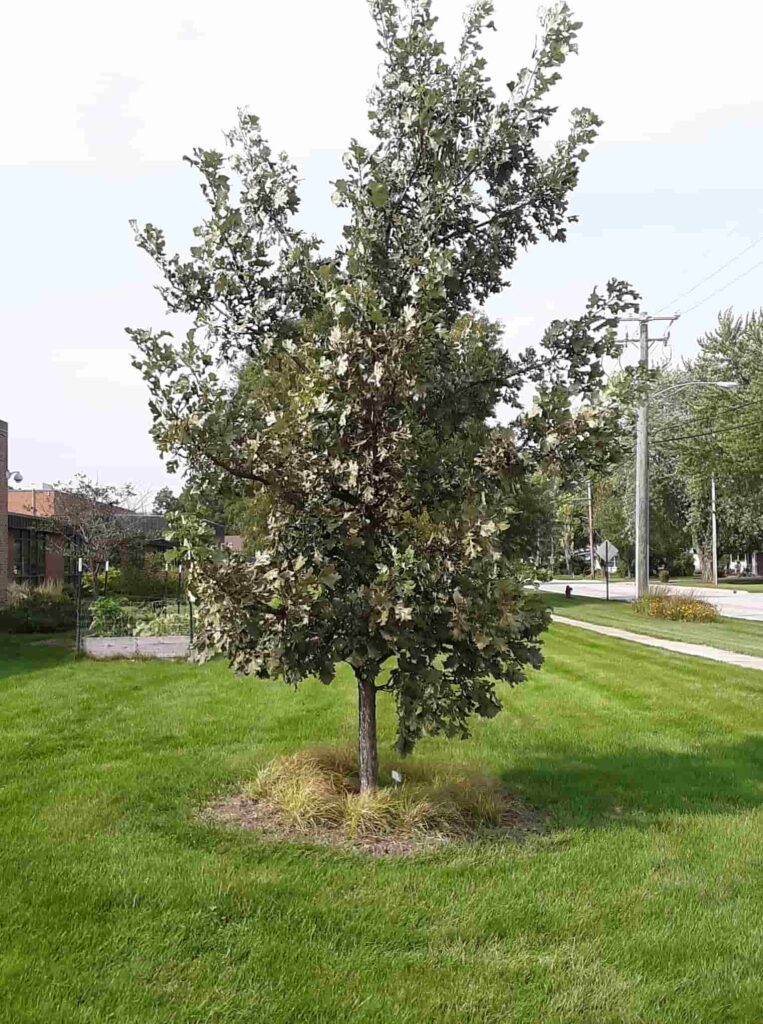

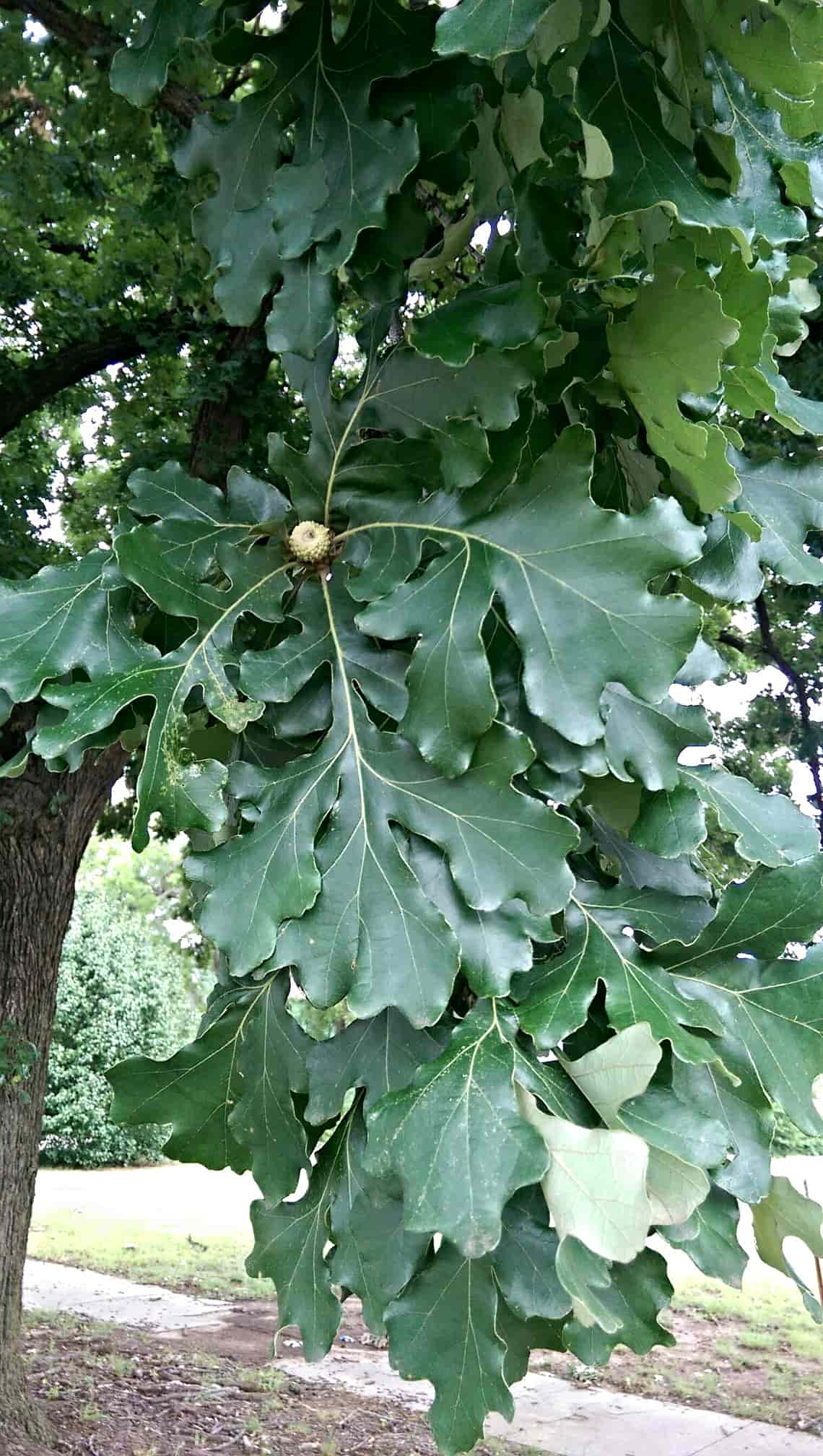


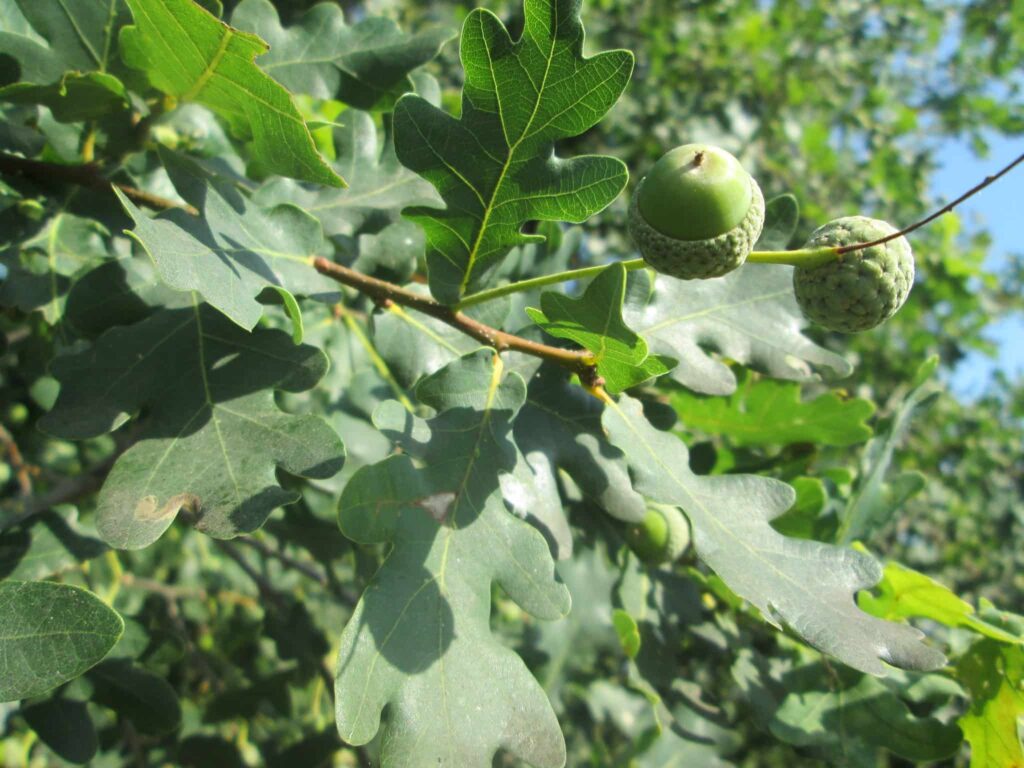
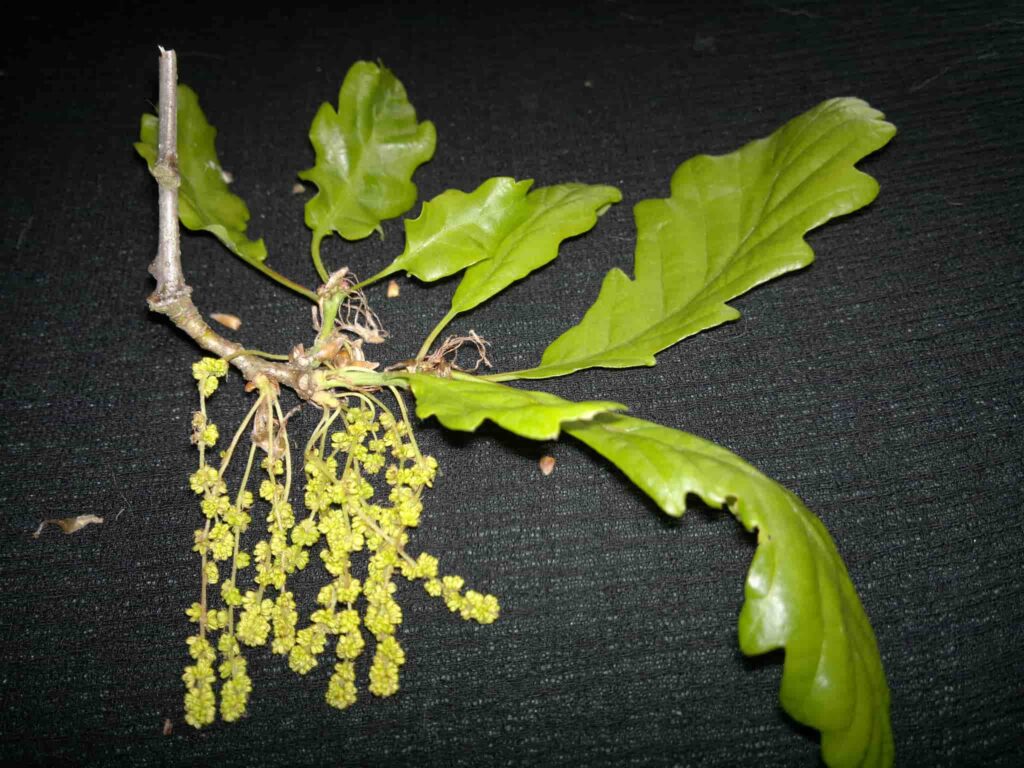
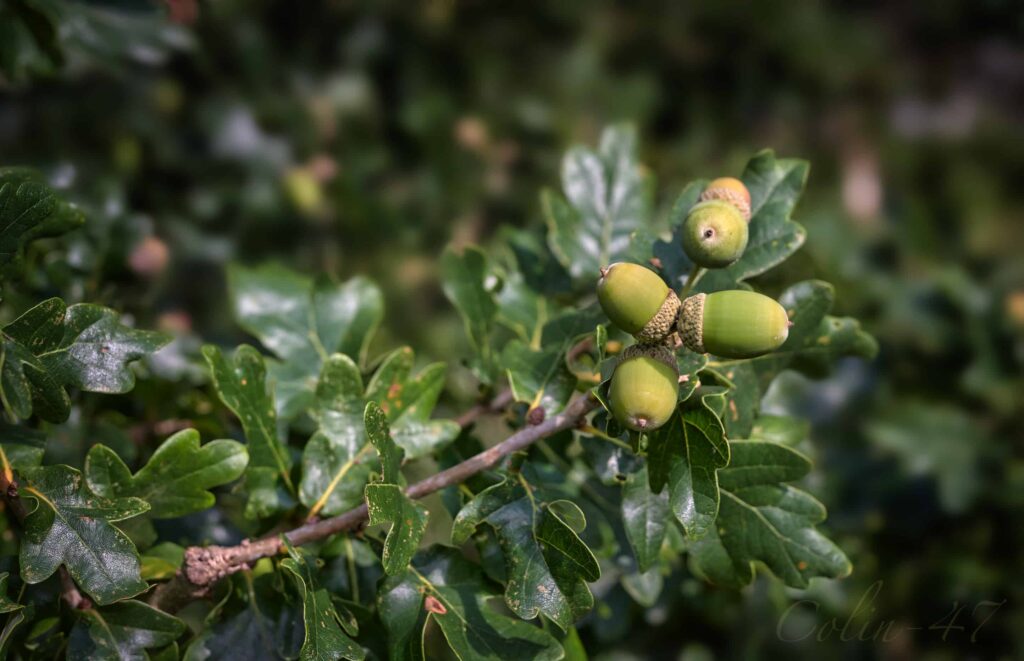
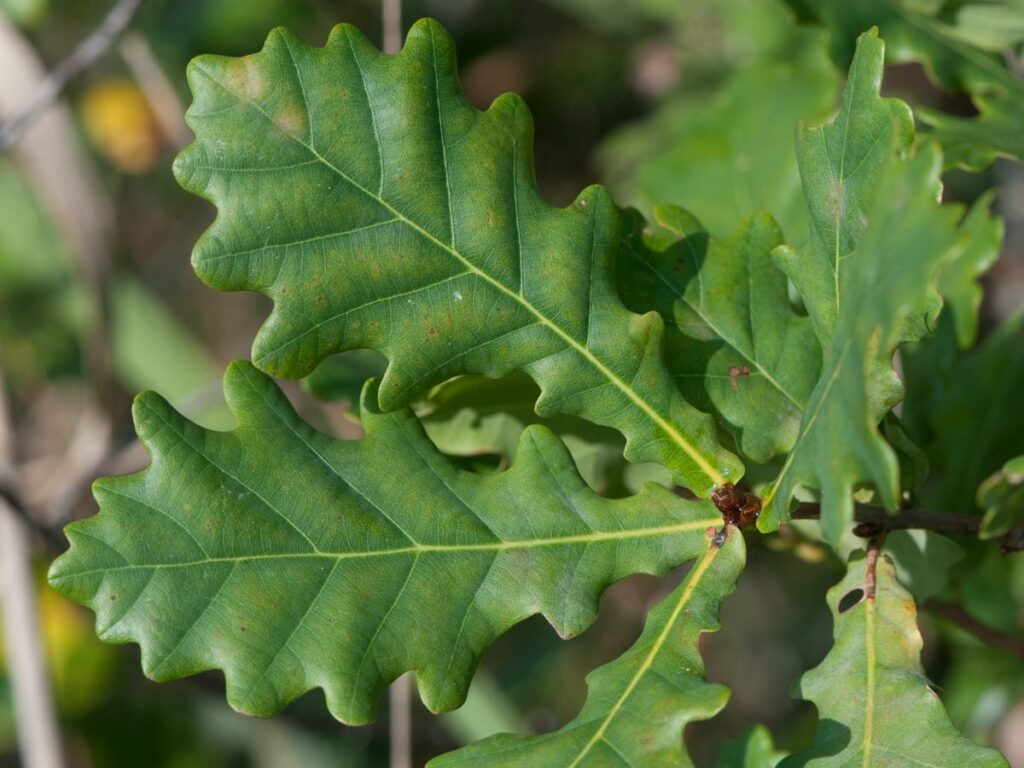
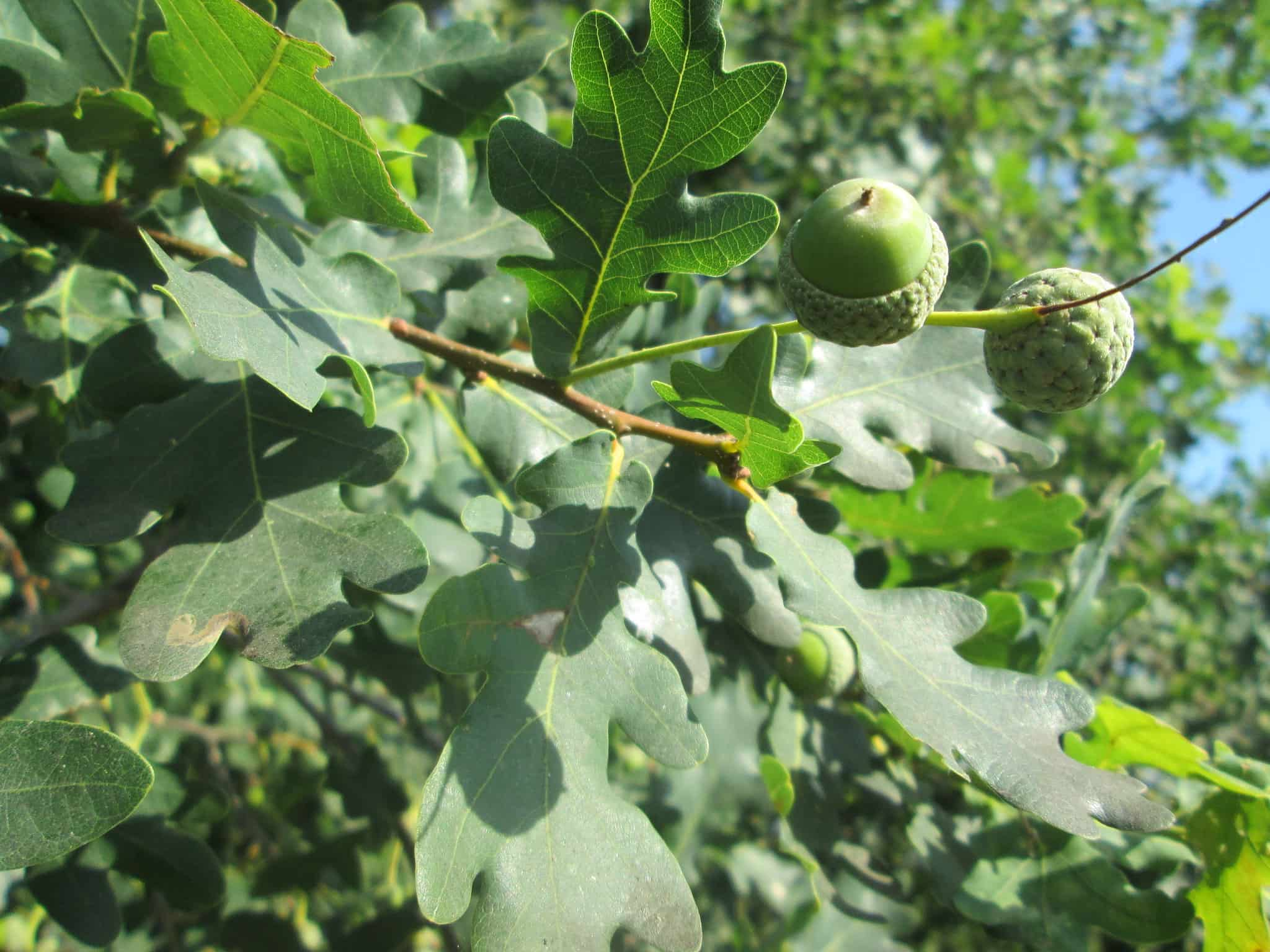
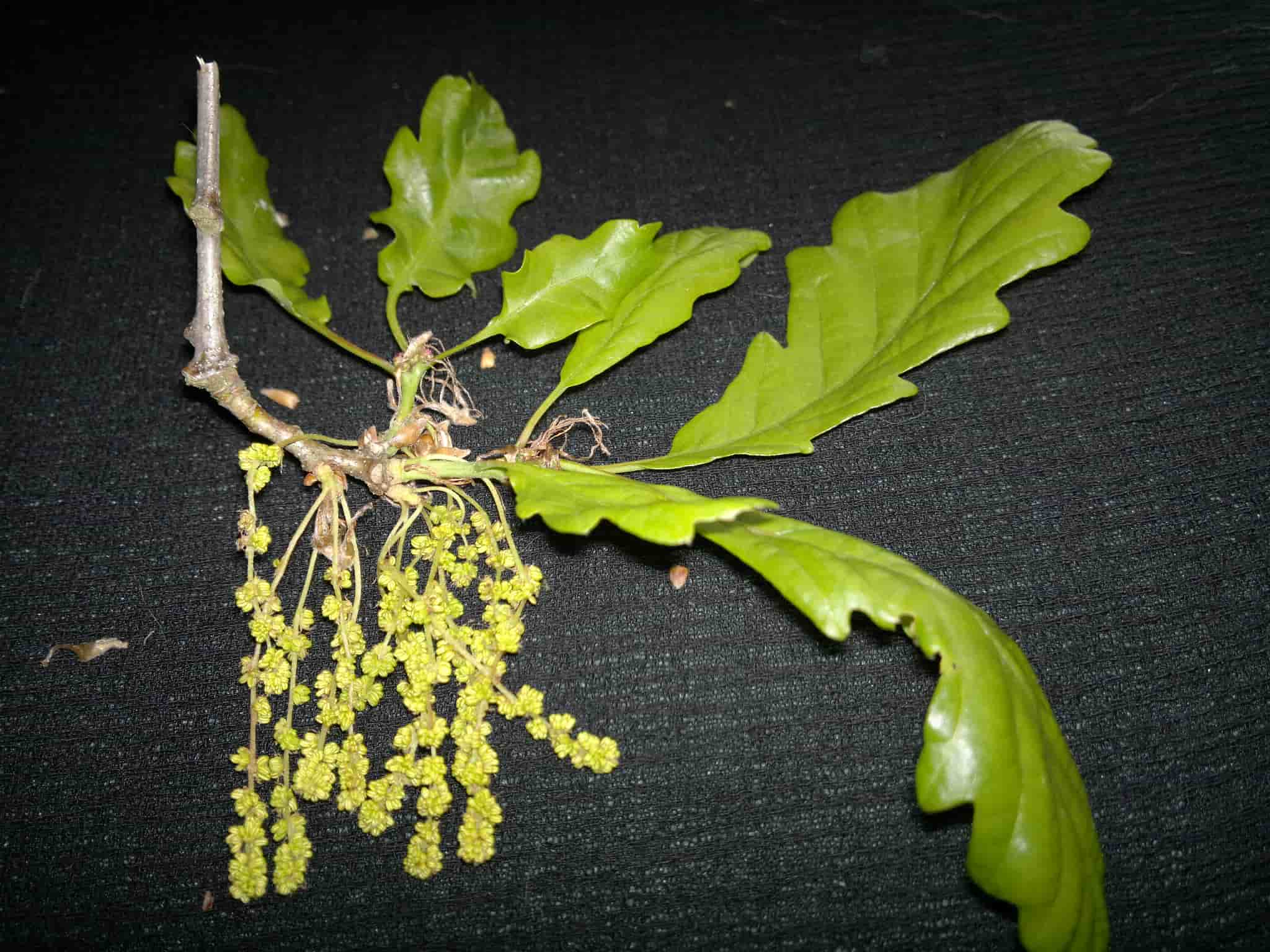
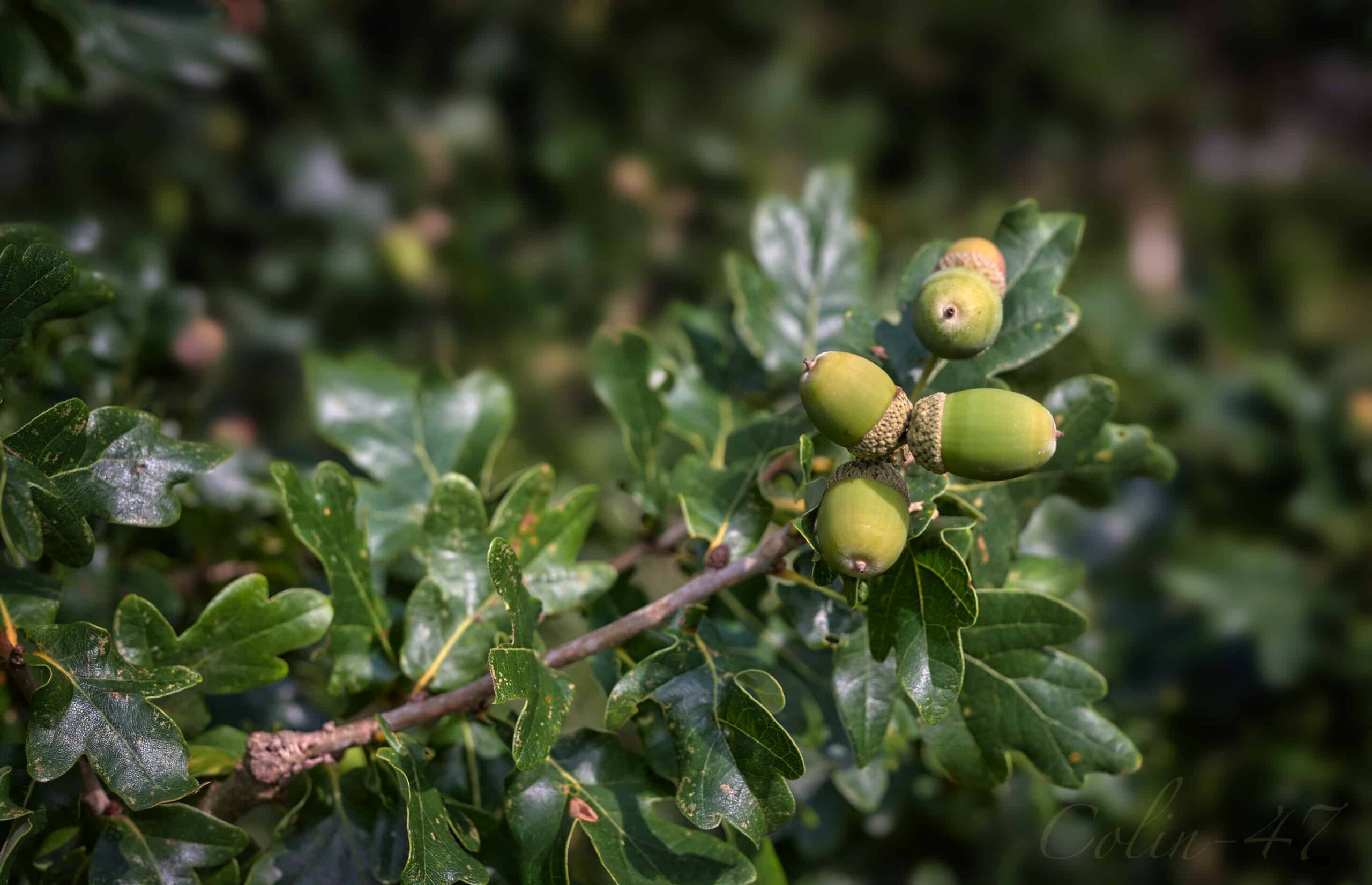
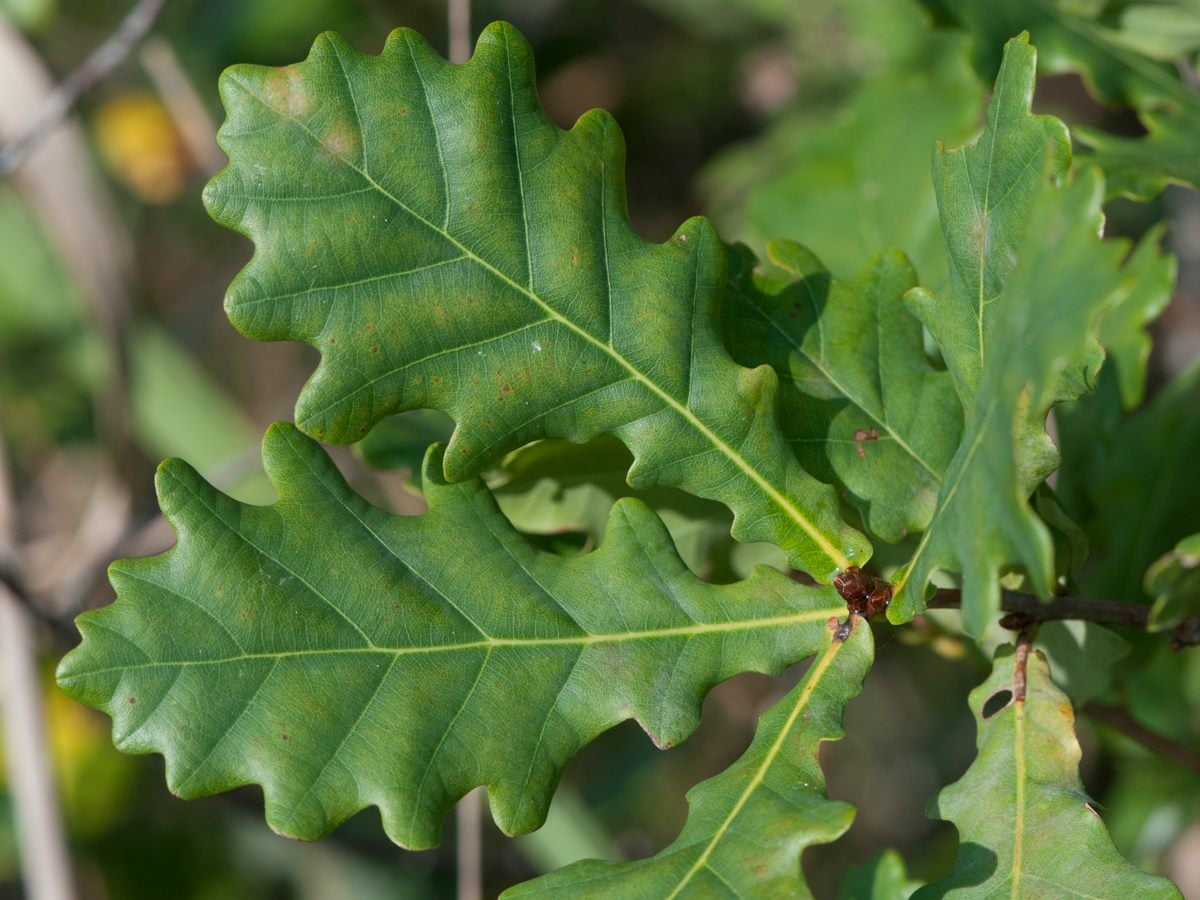
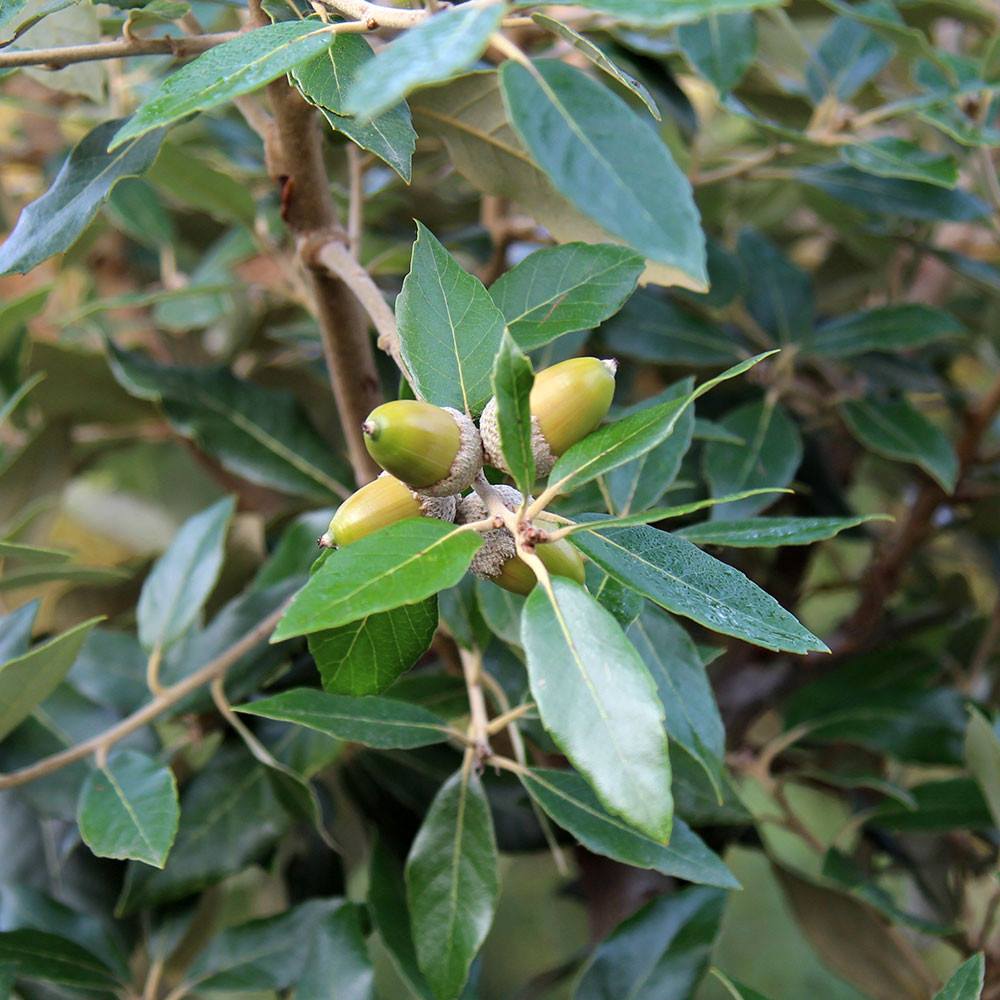
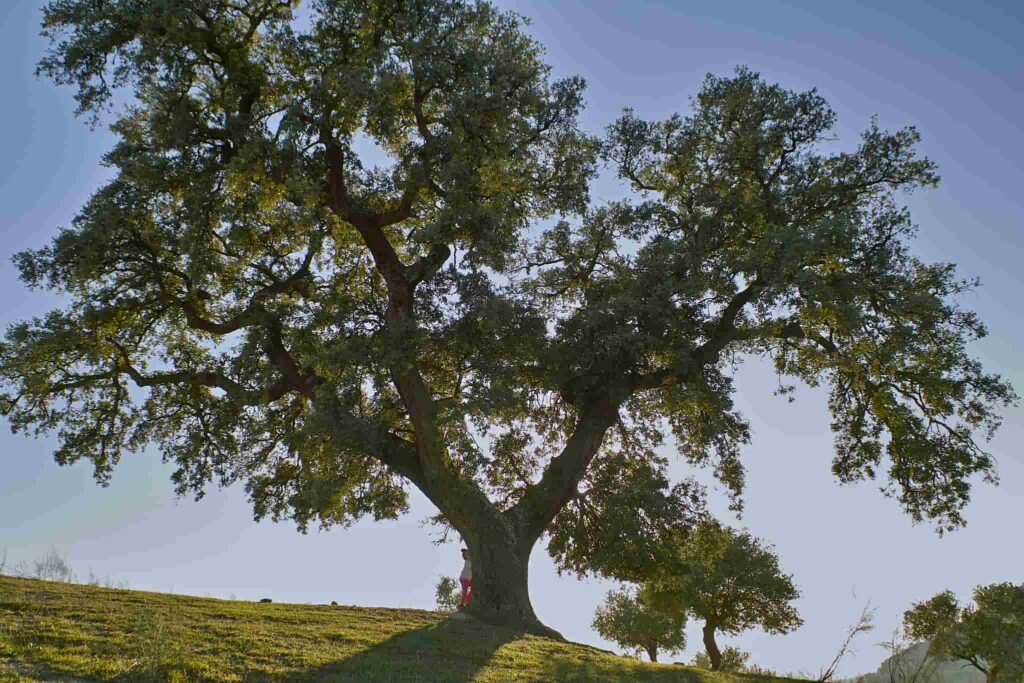
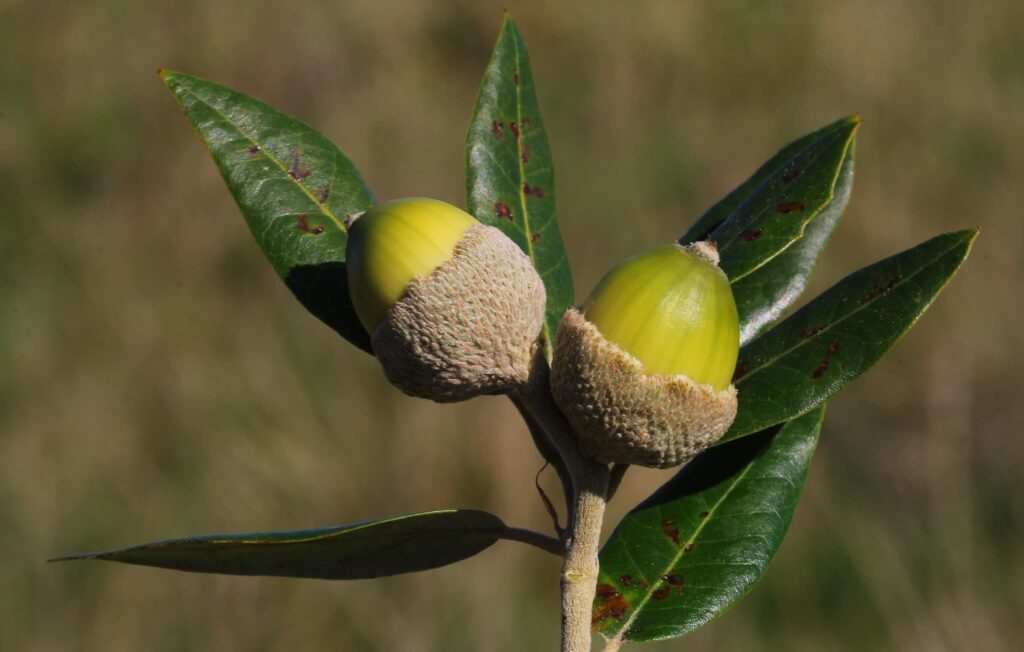
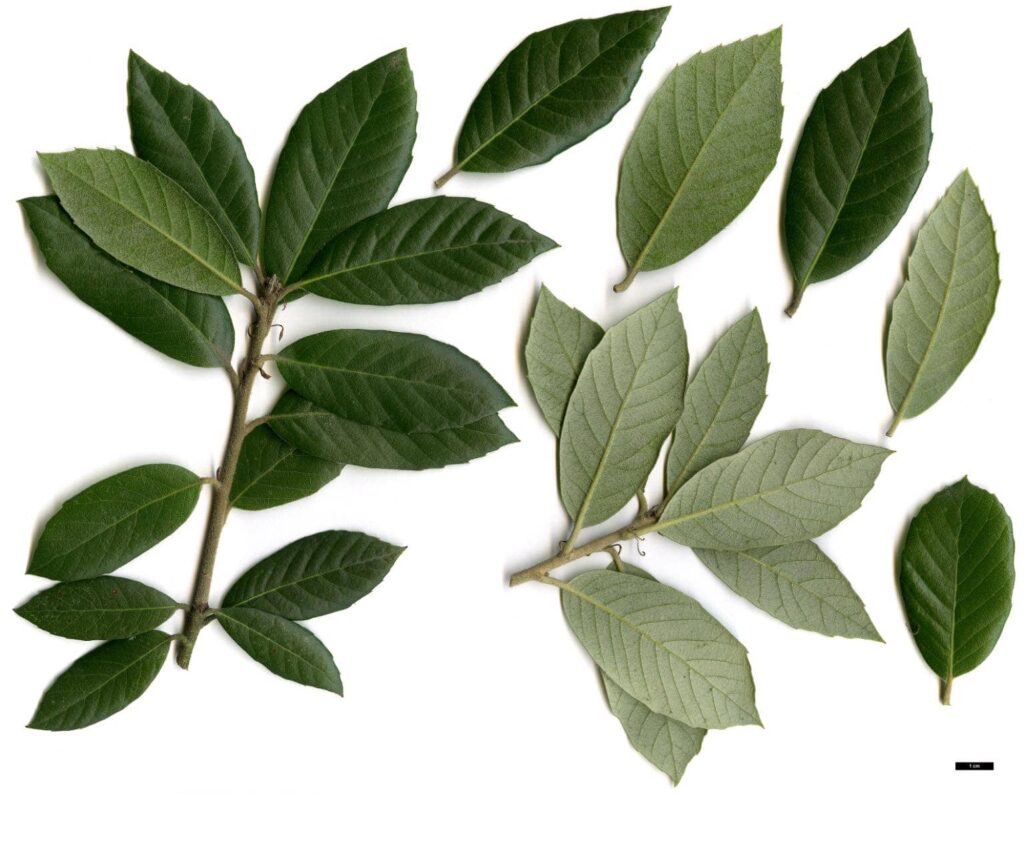
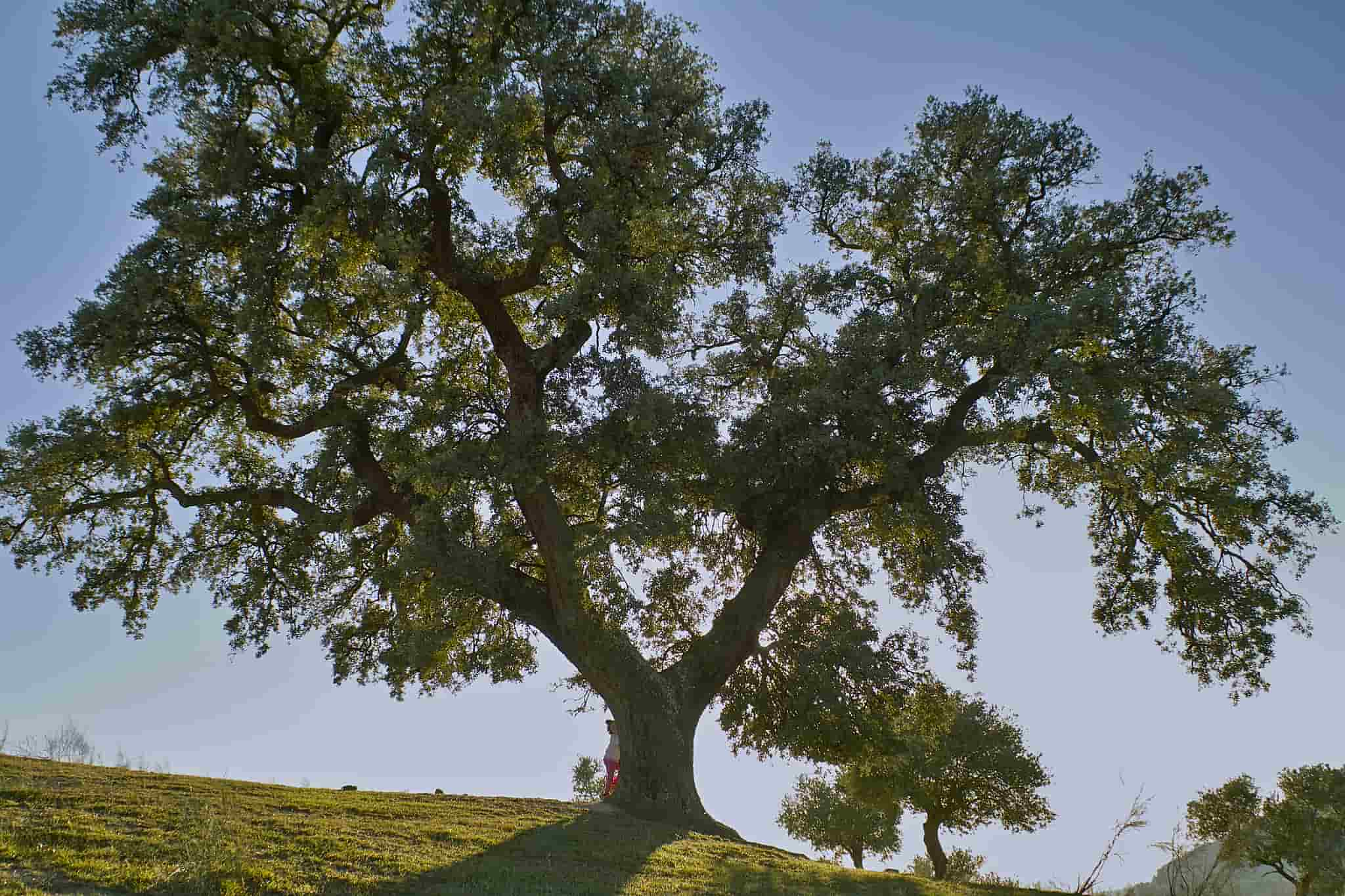

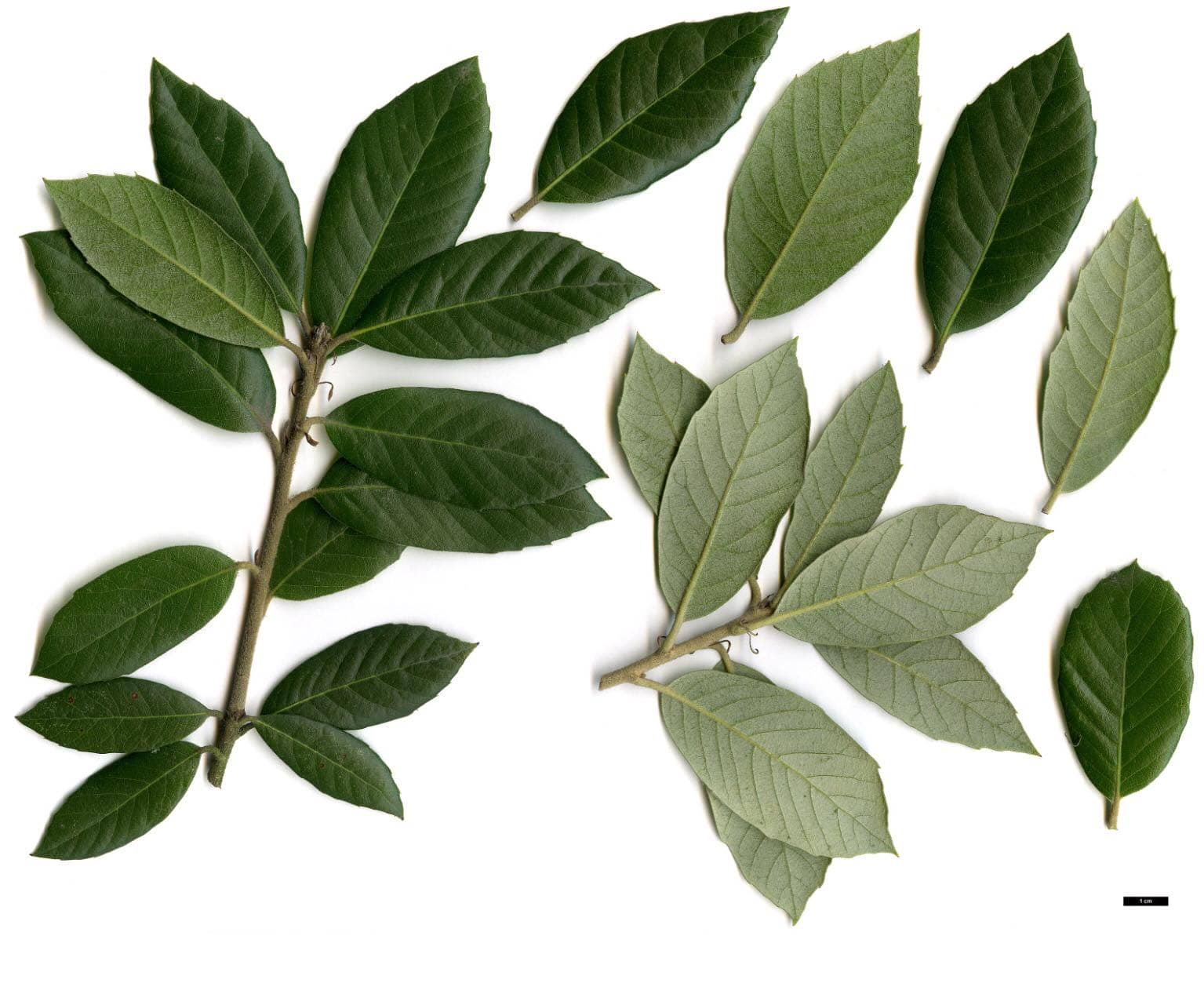
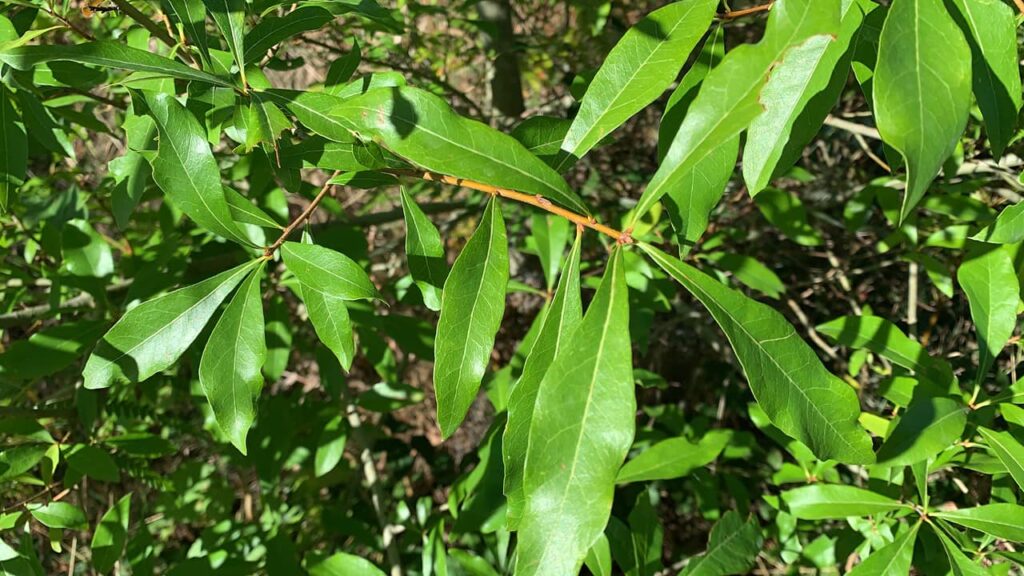
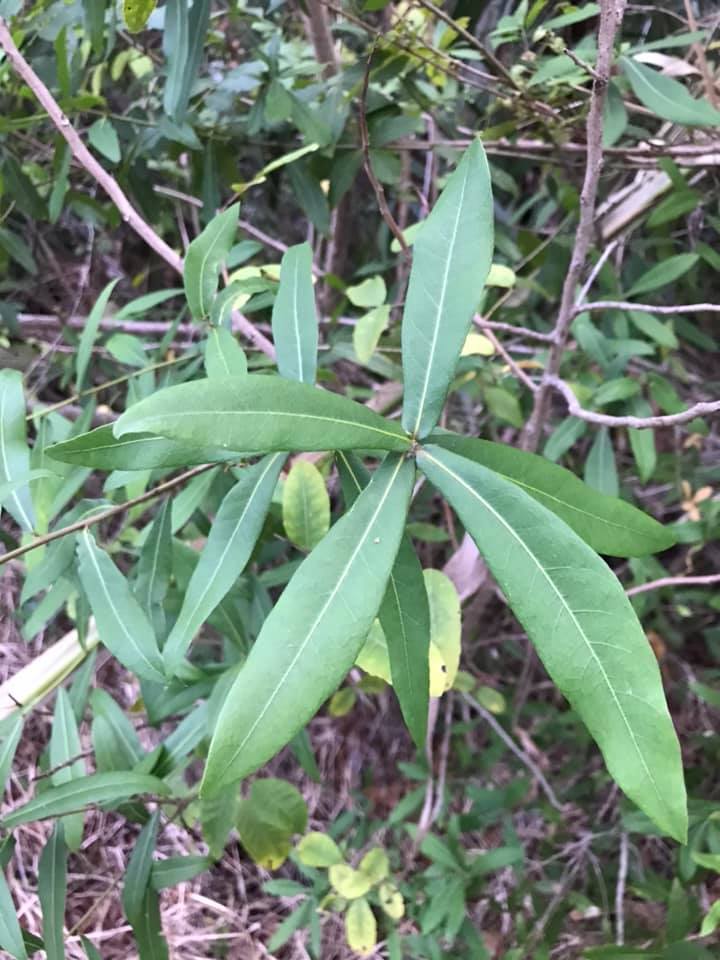
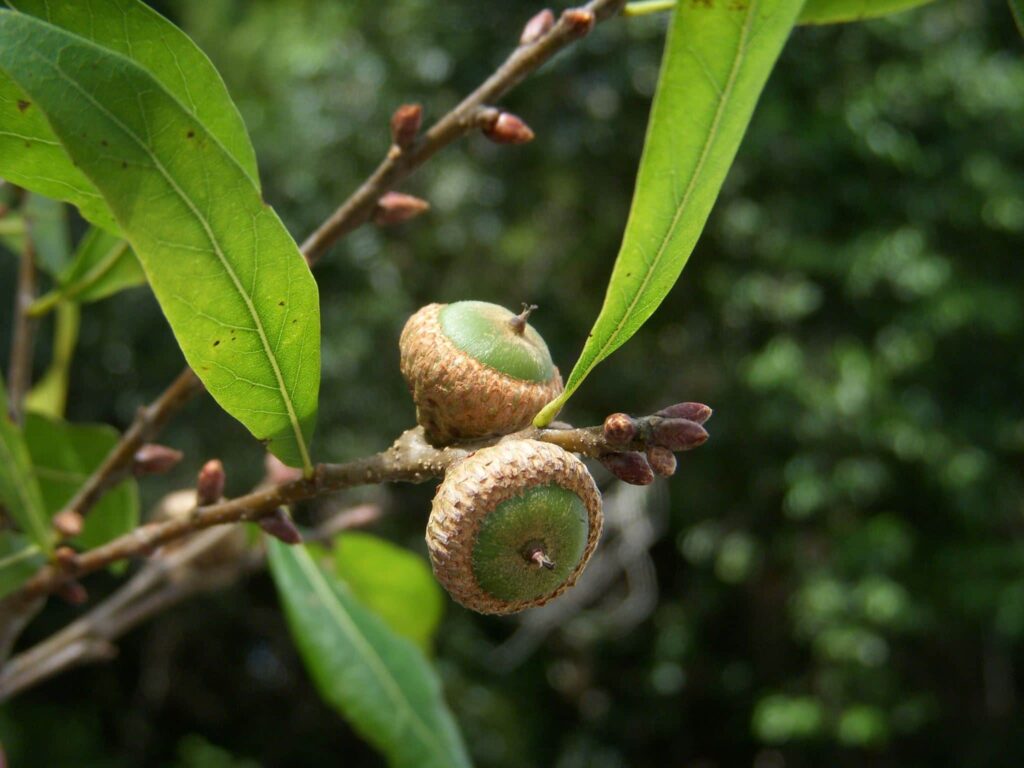

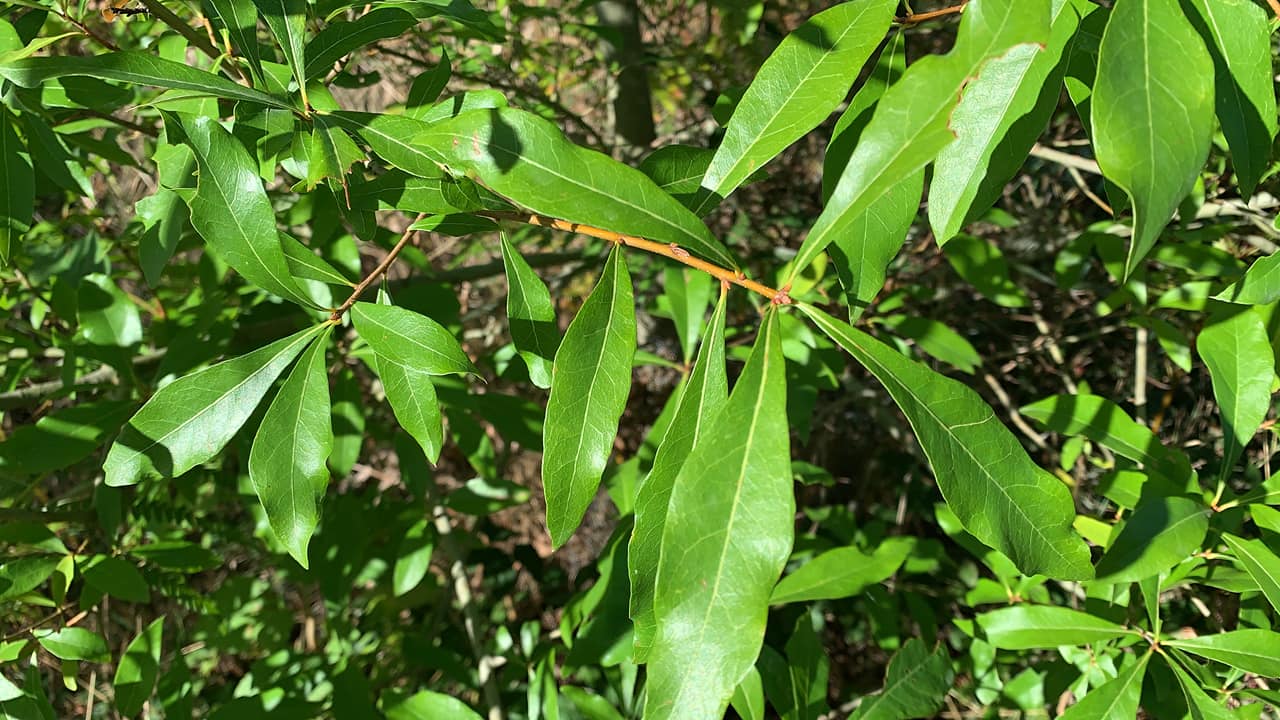

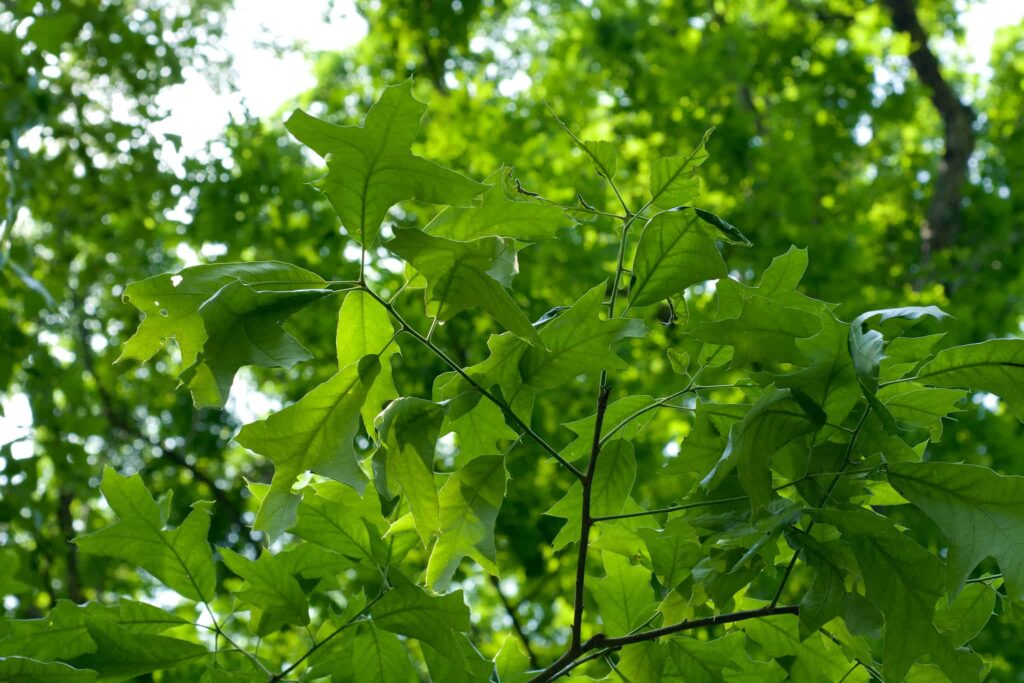
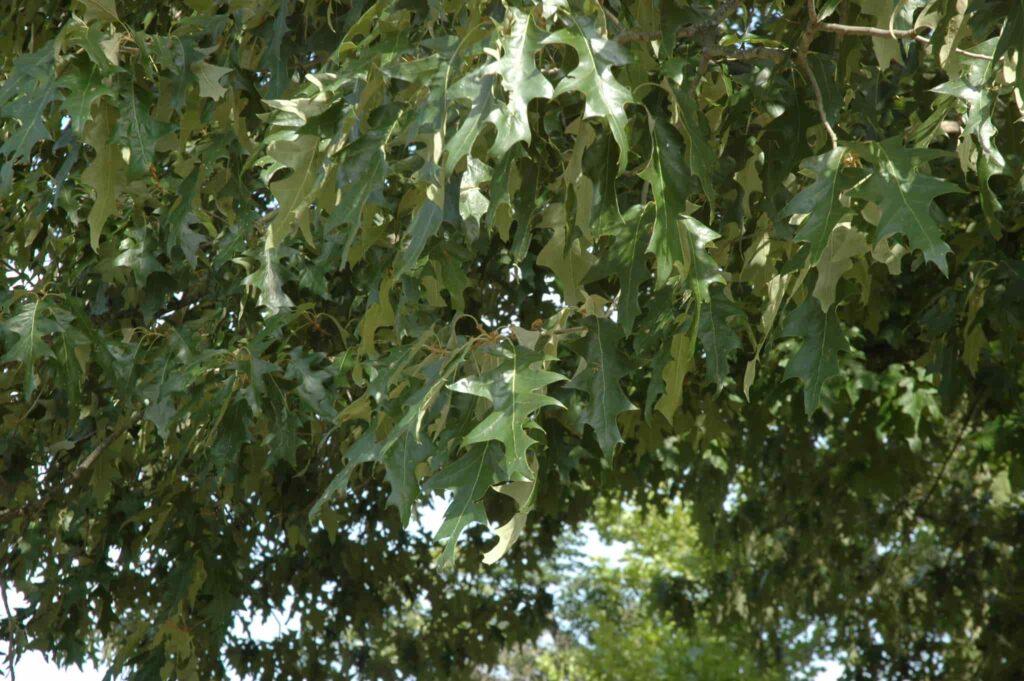
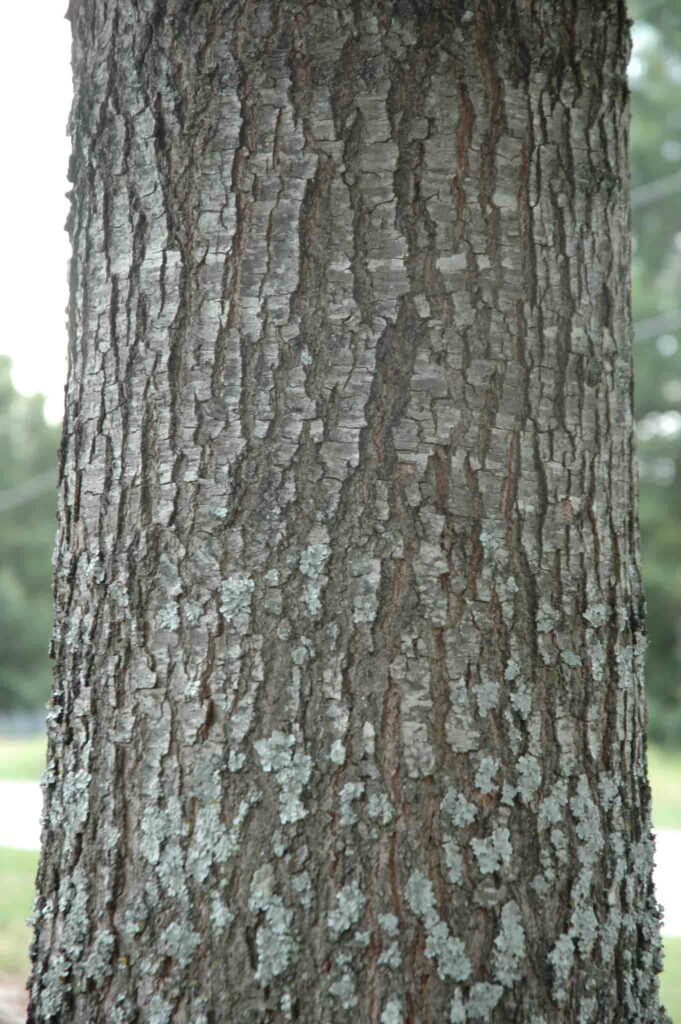











HELLO IM WONDERING IF I CAN SEND A PICTURE OF MY OAKTREE LEAFS TO SEE
IF I CAN GET IT IDENTIFIED